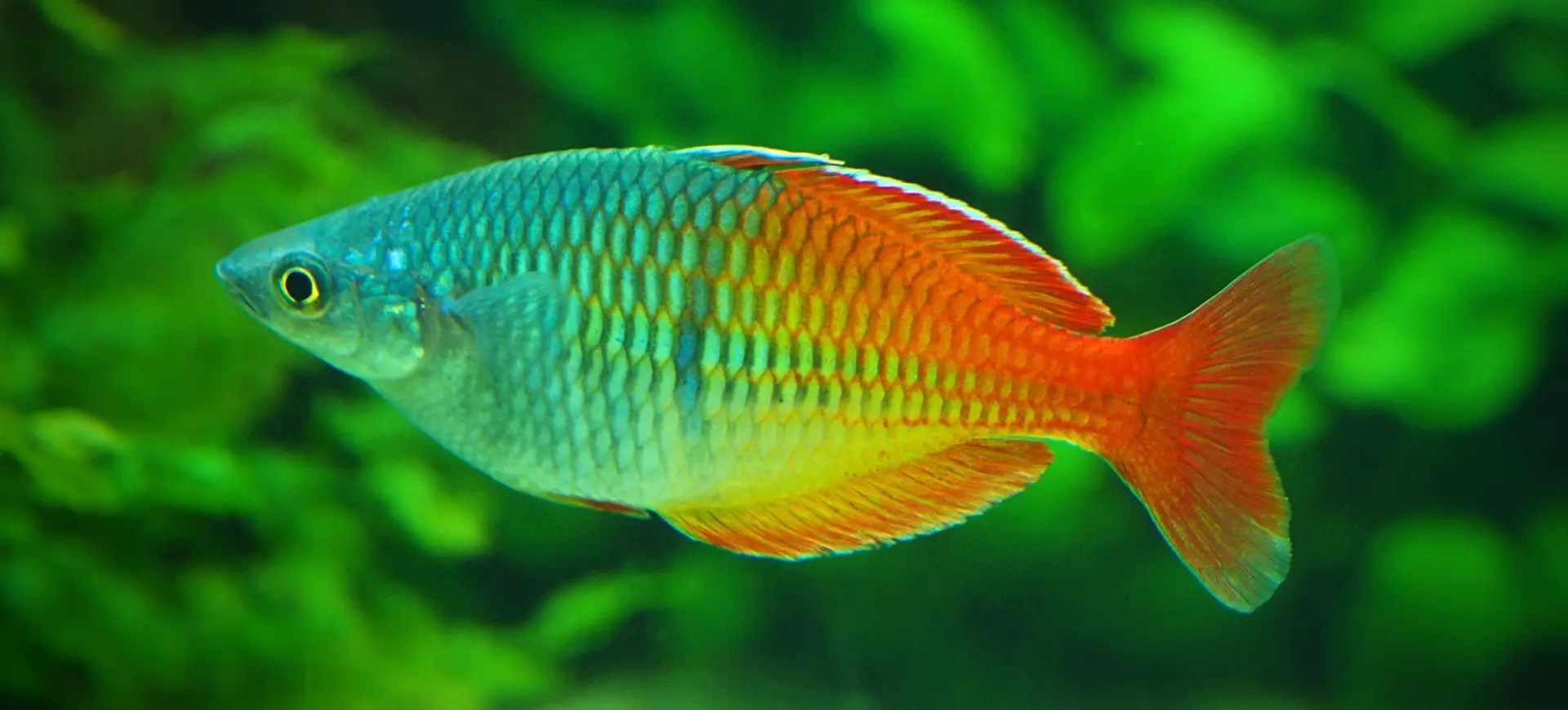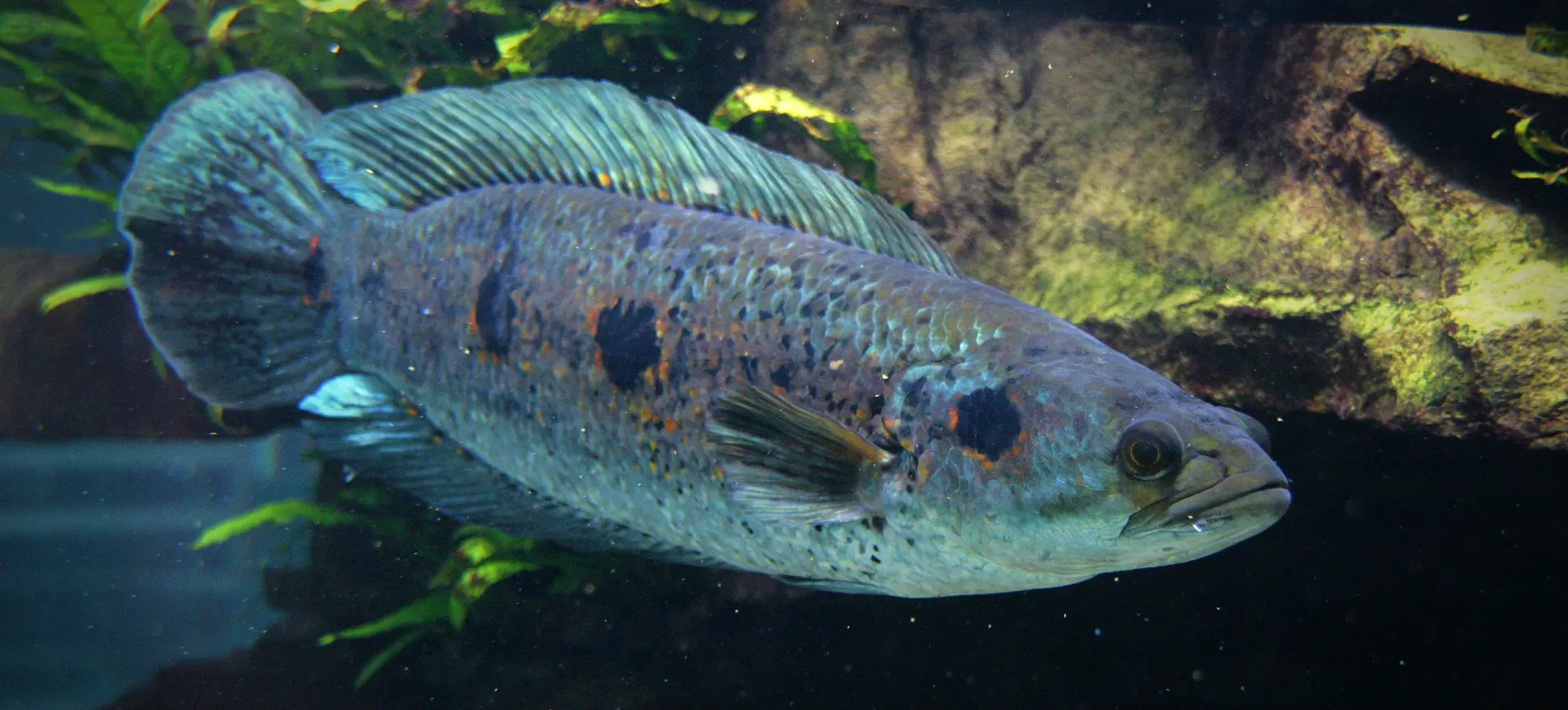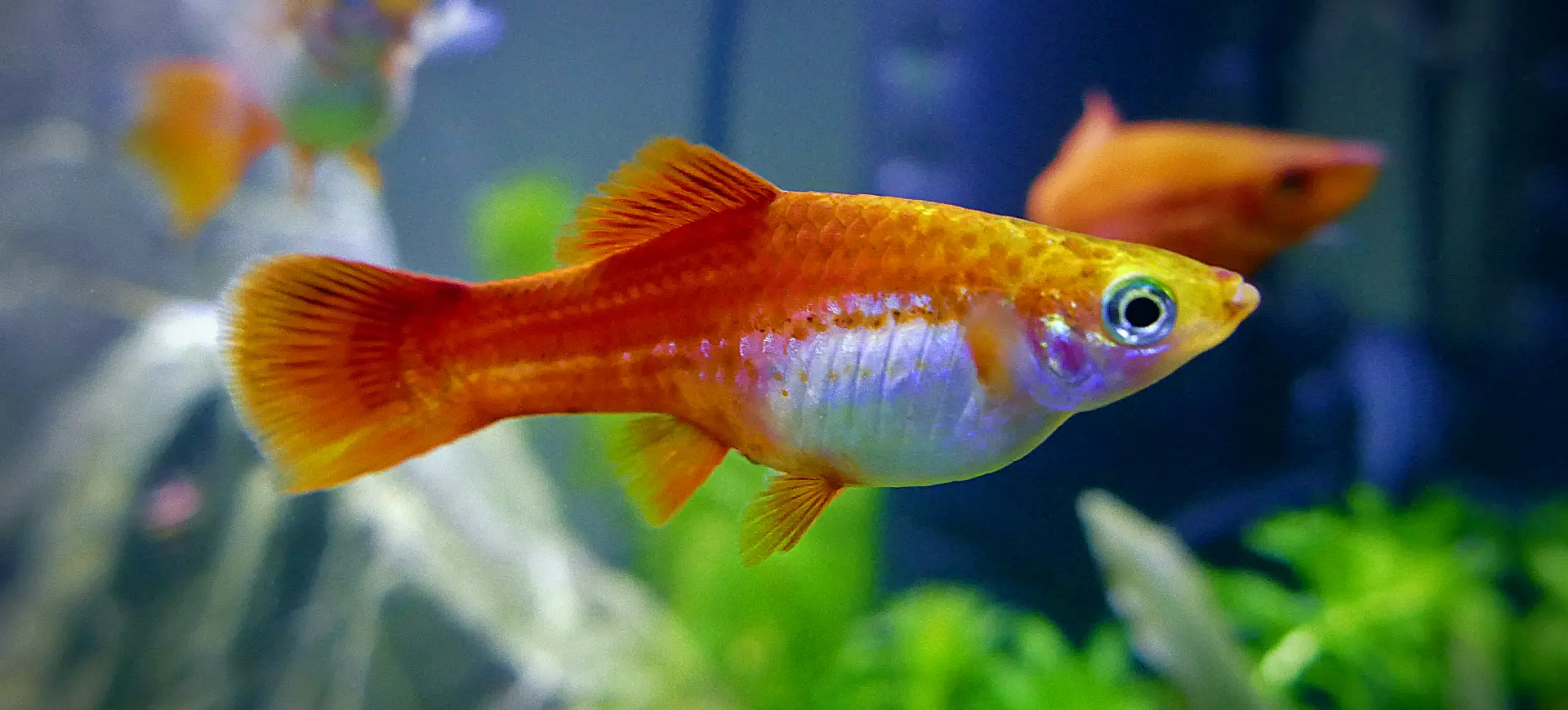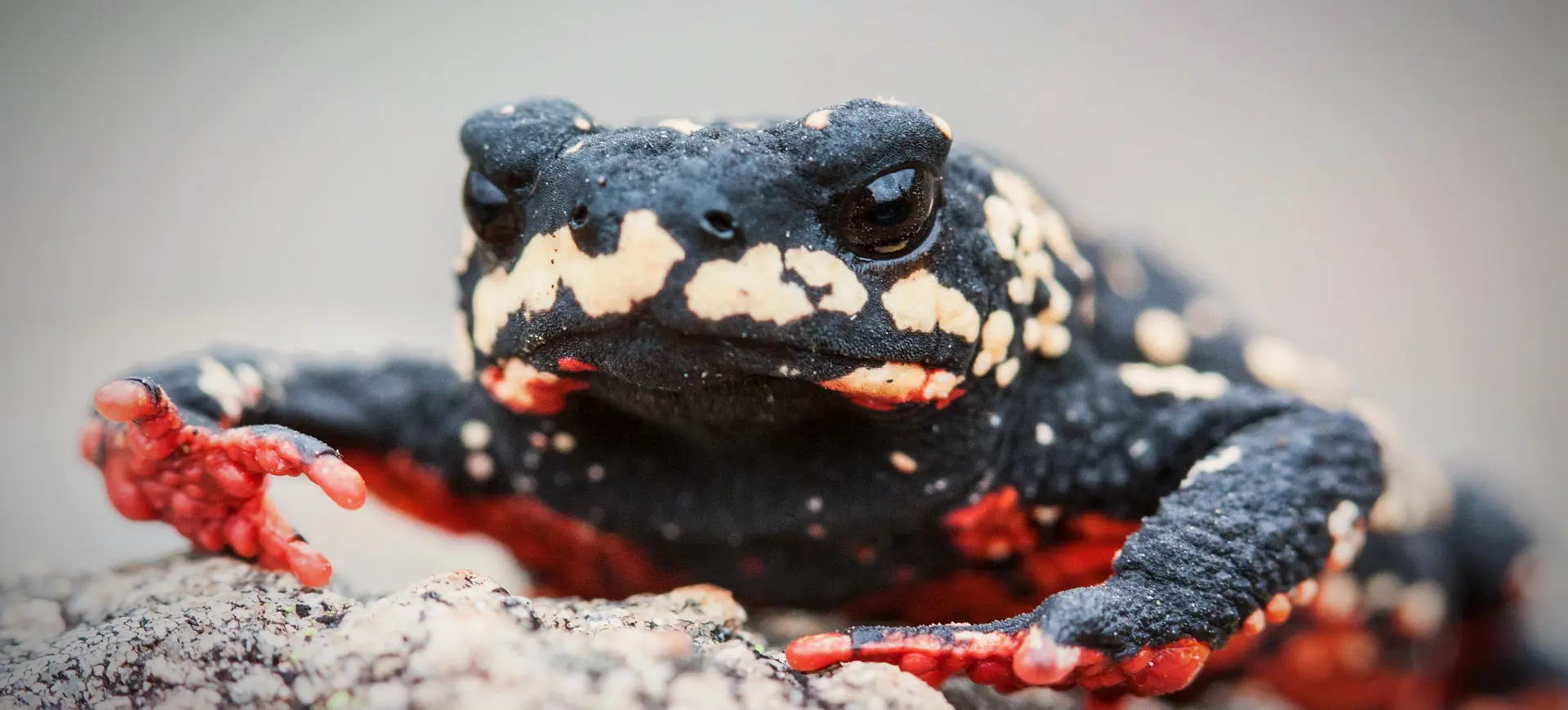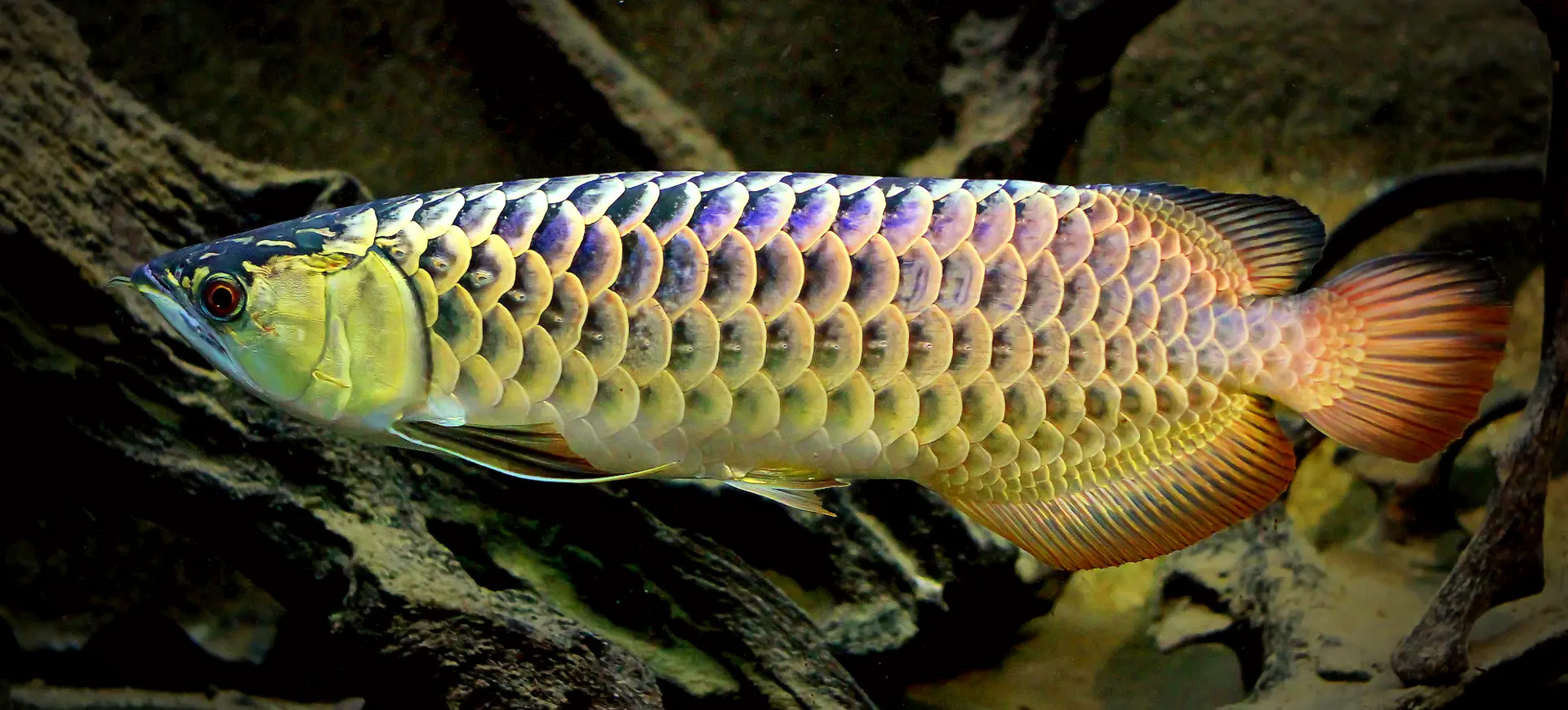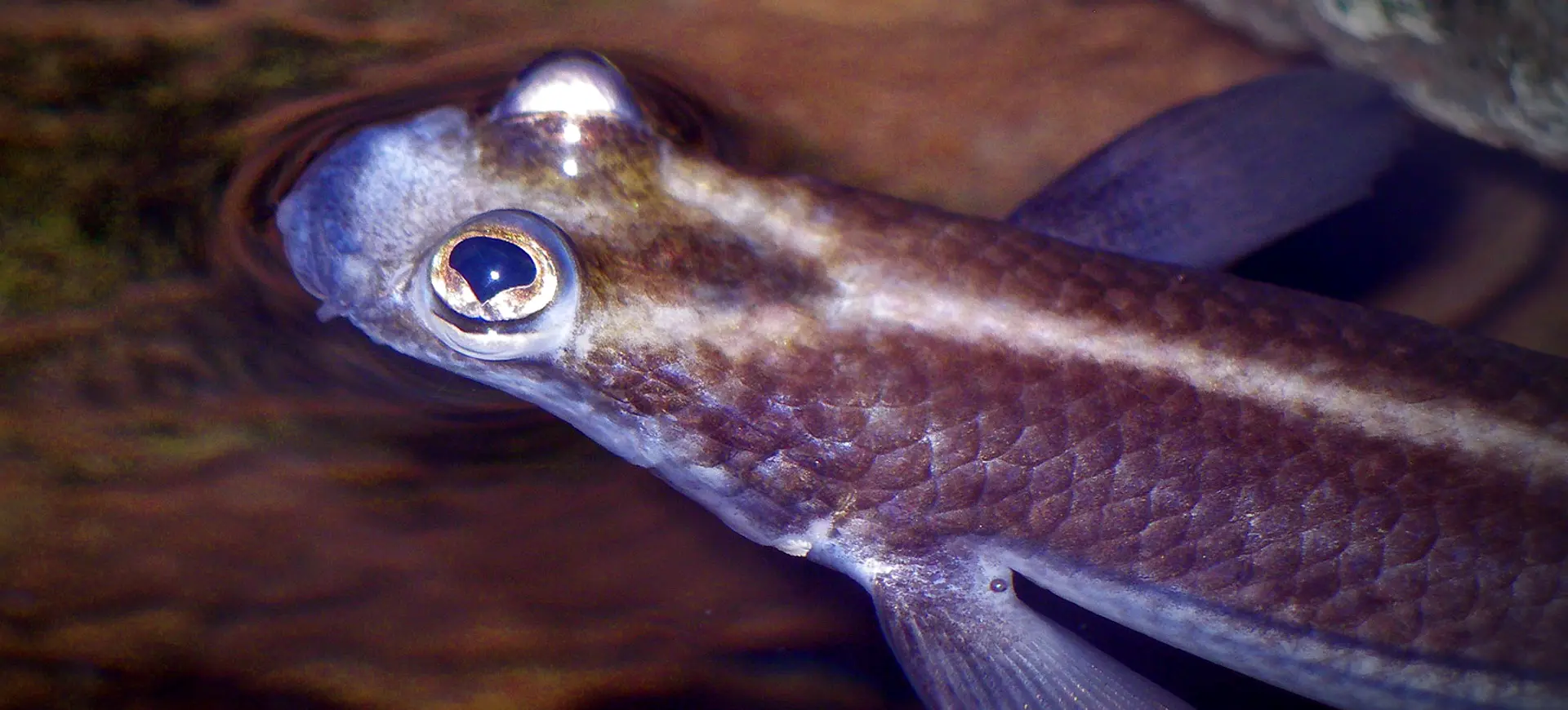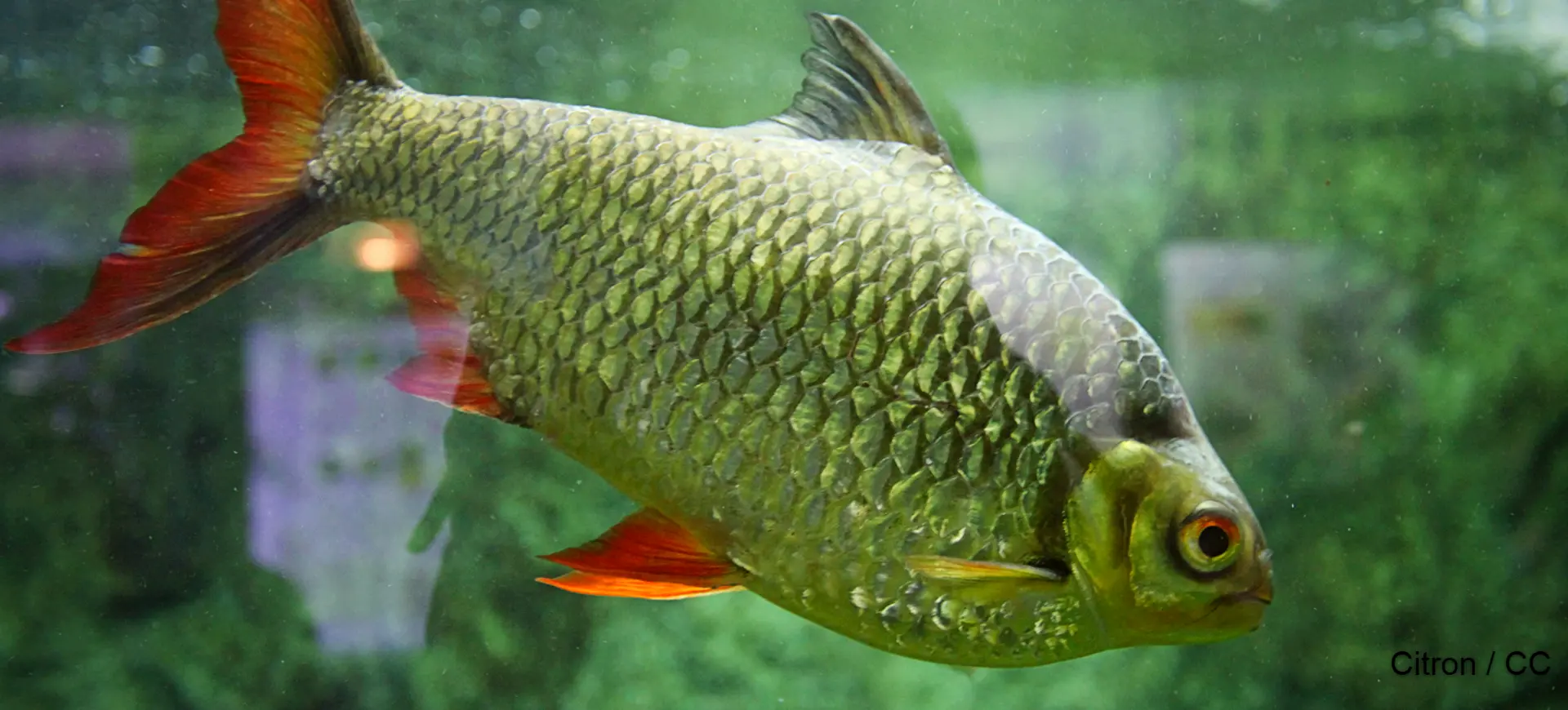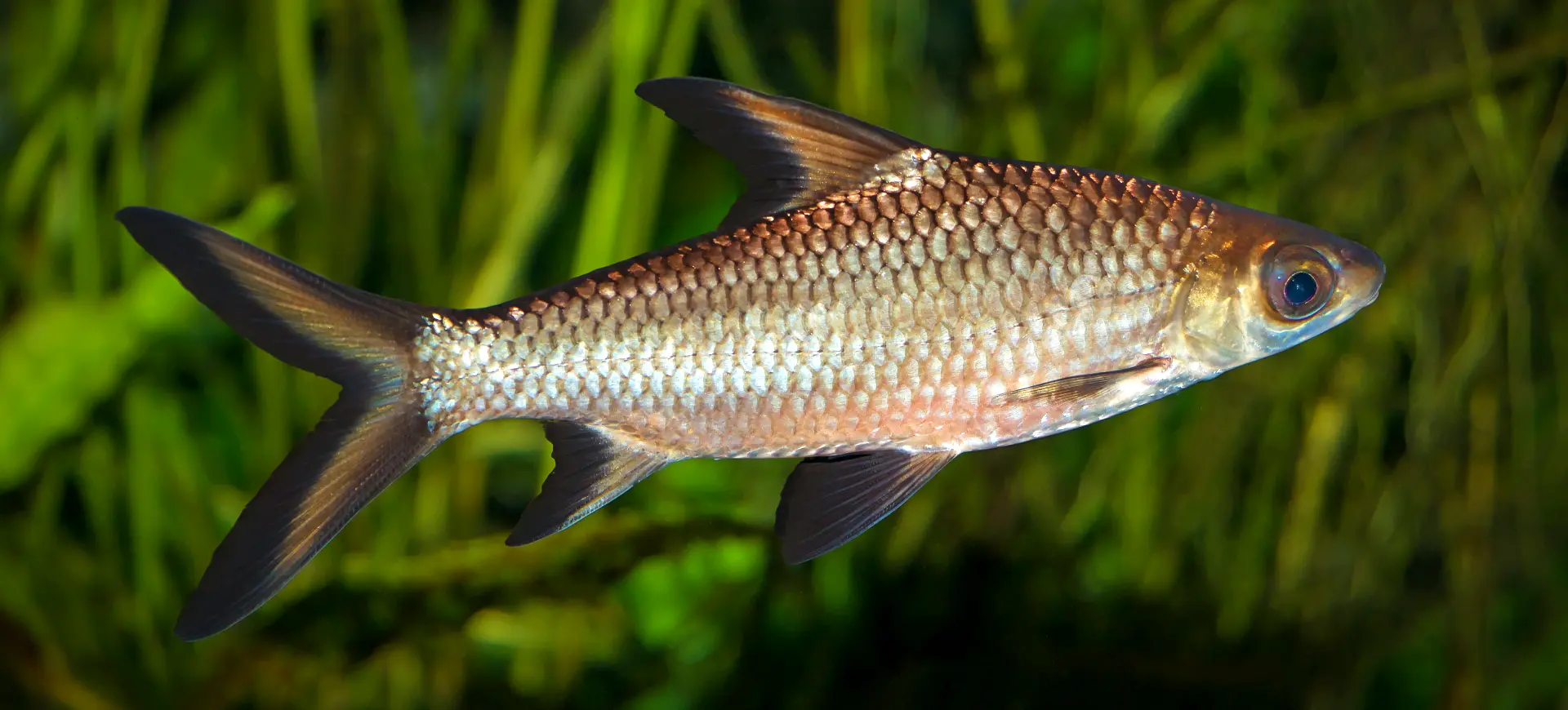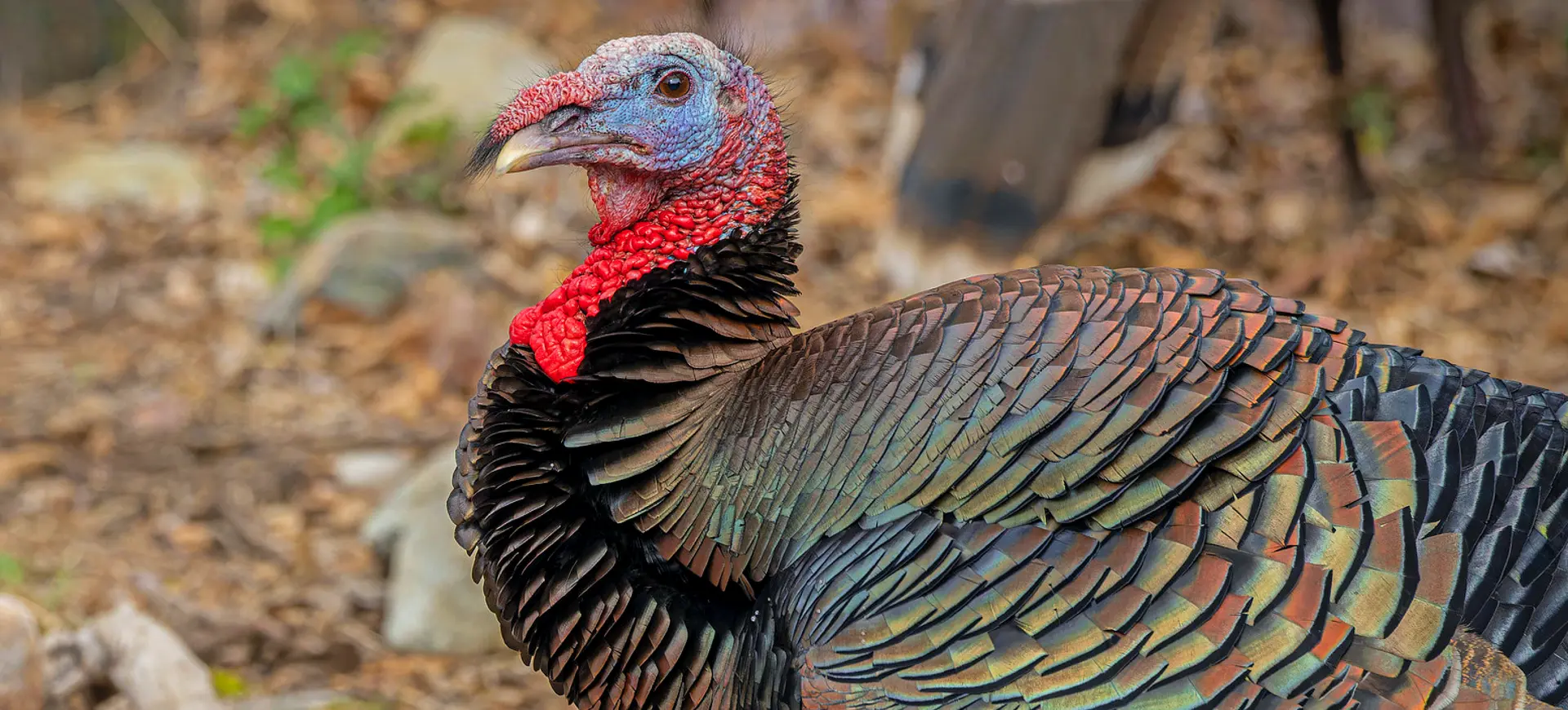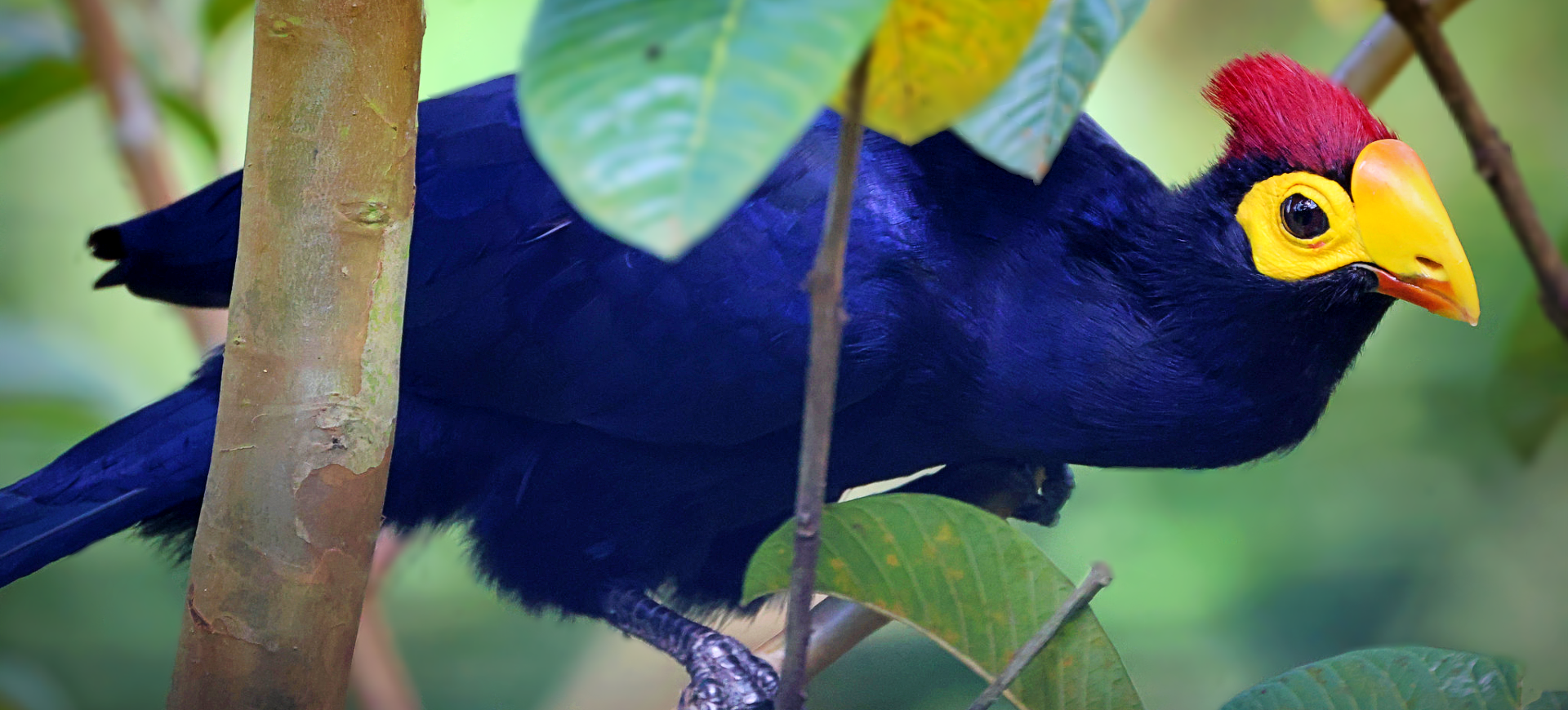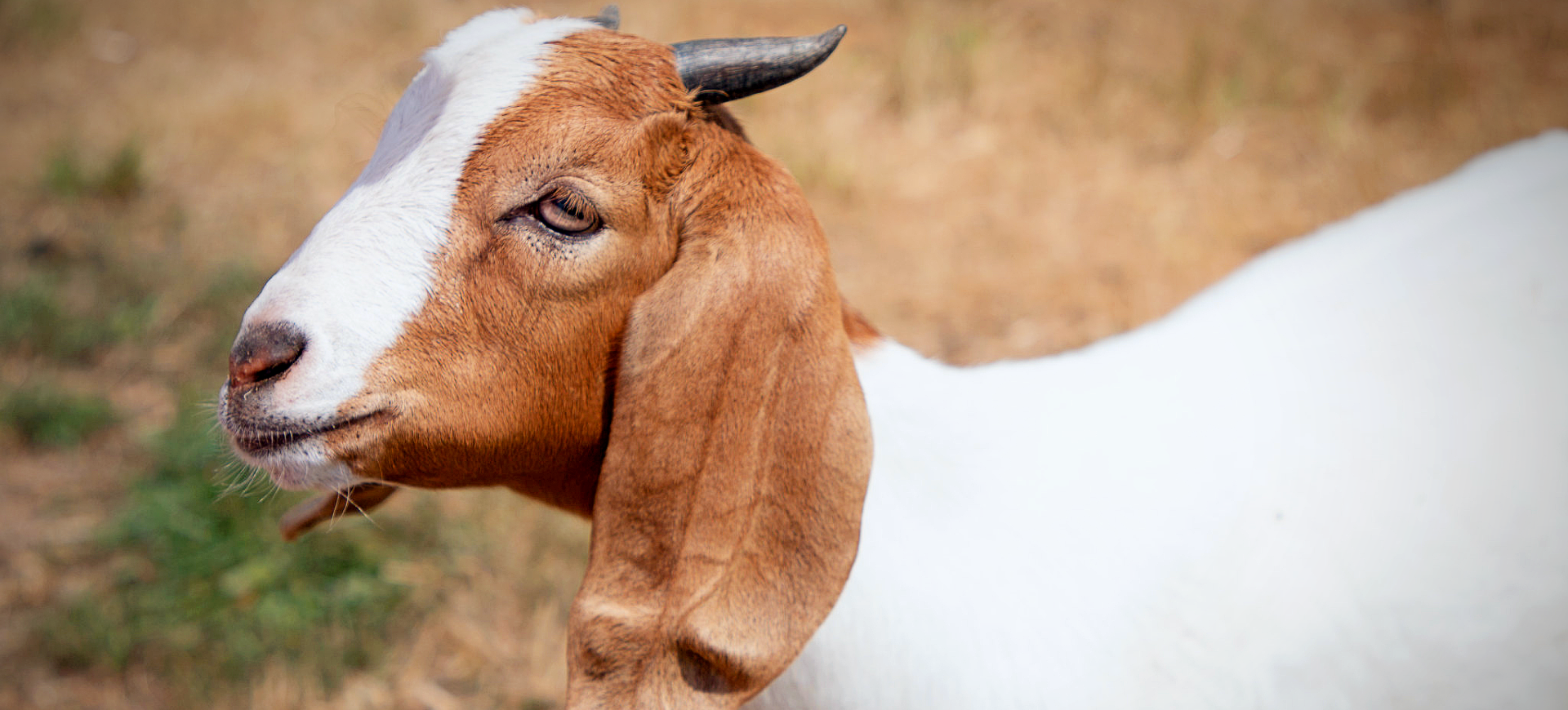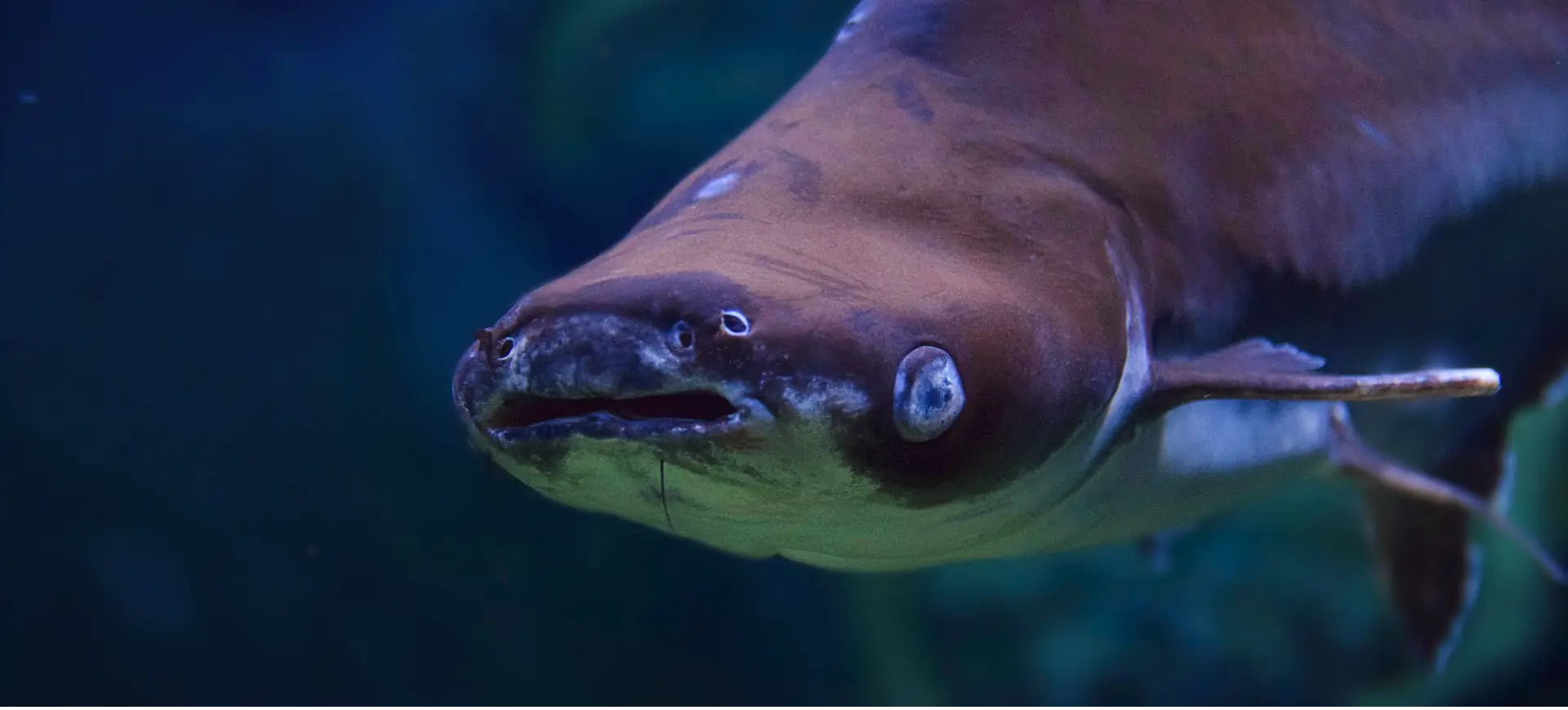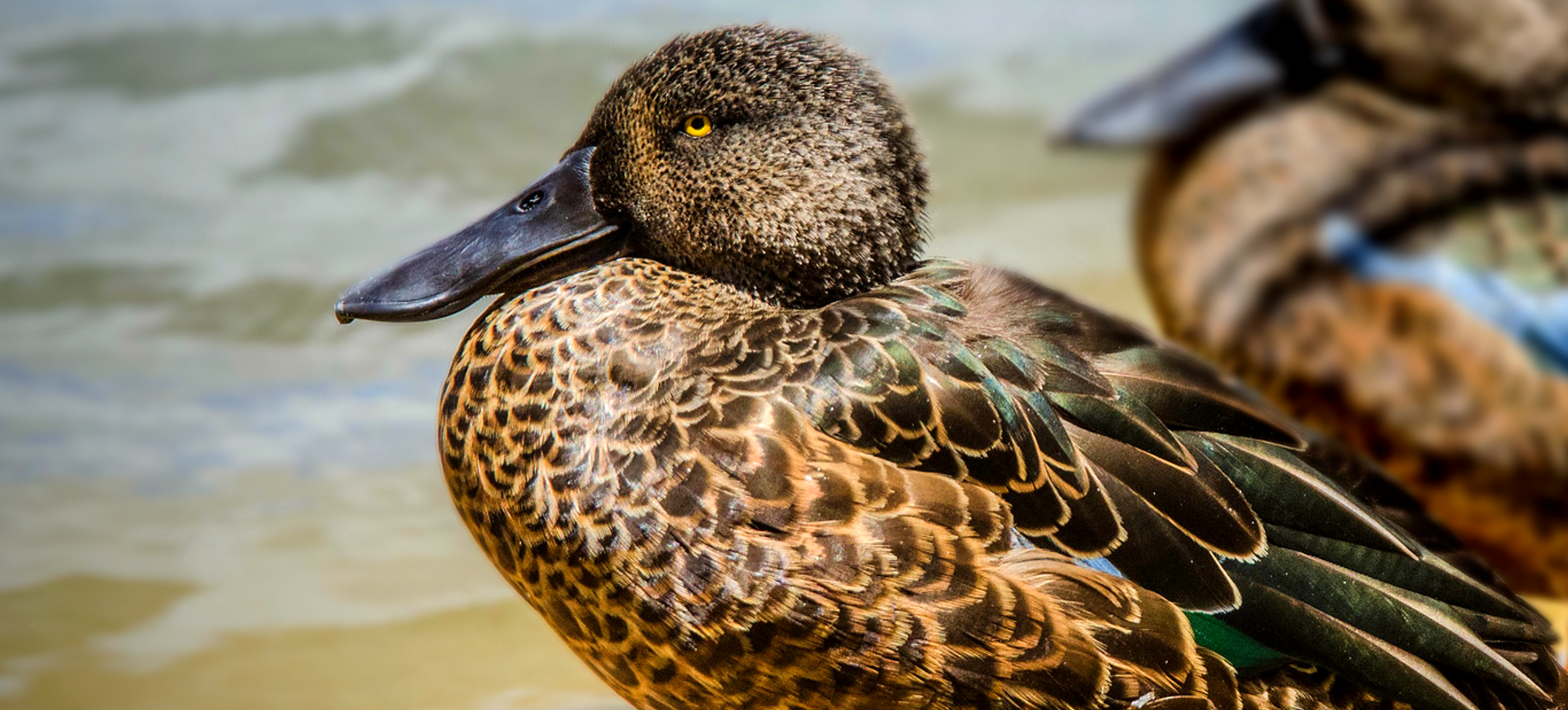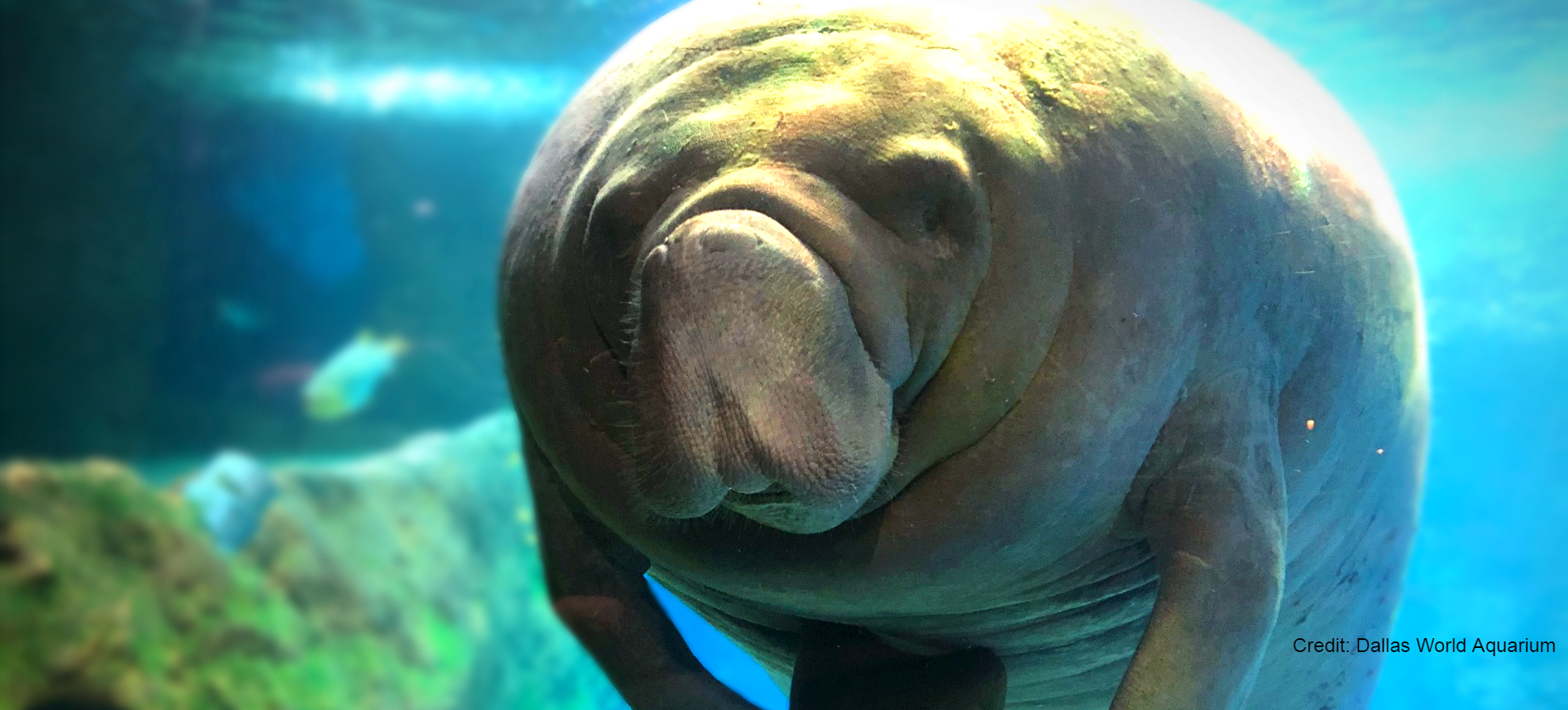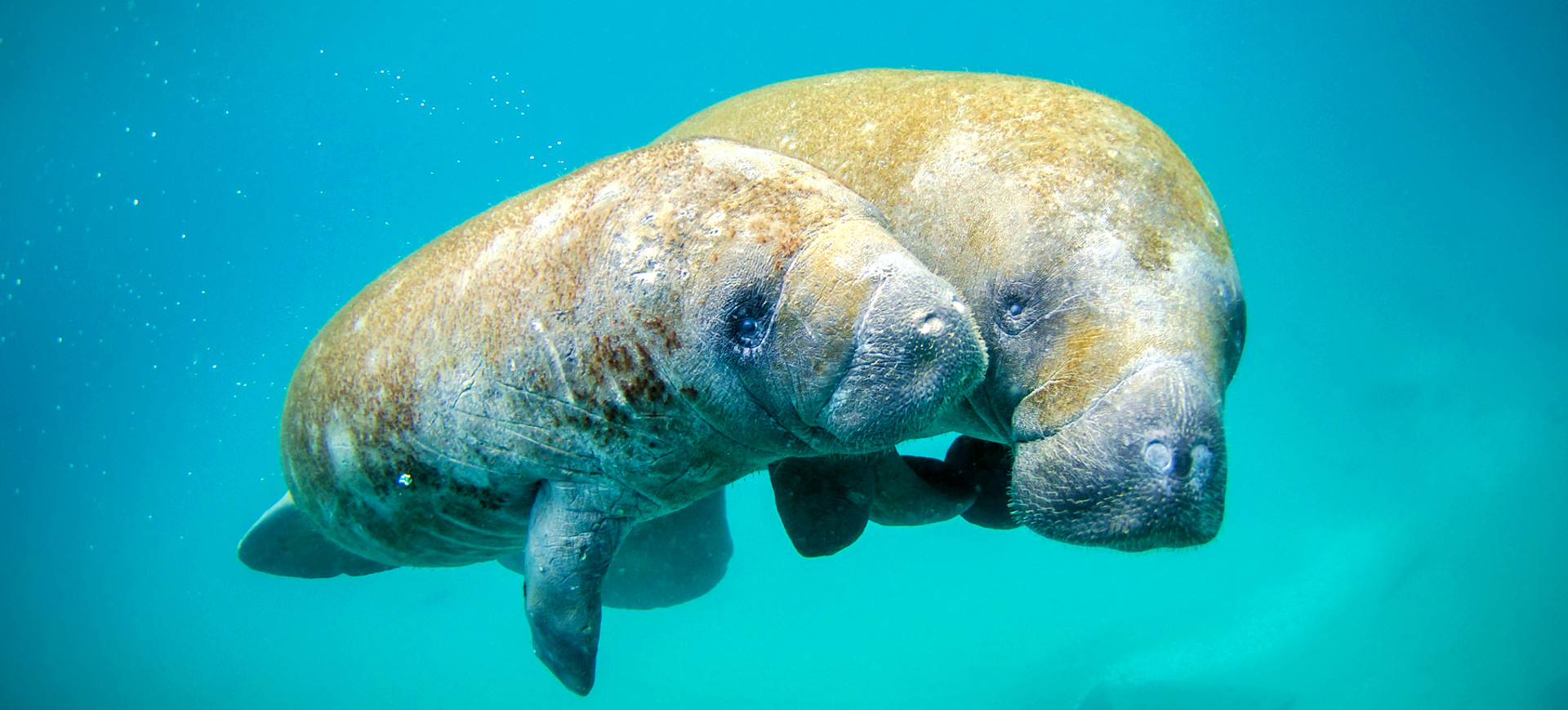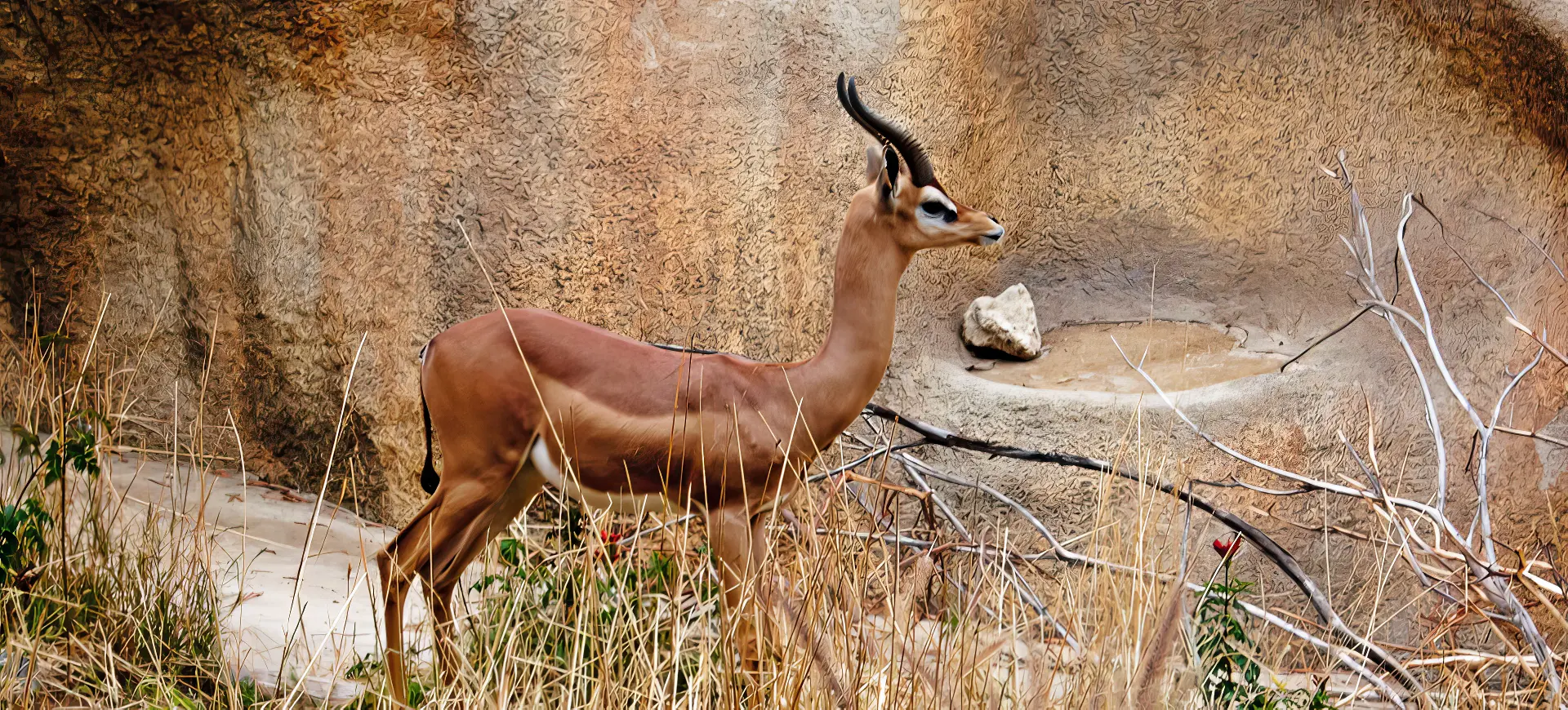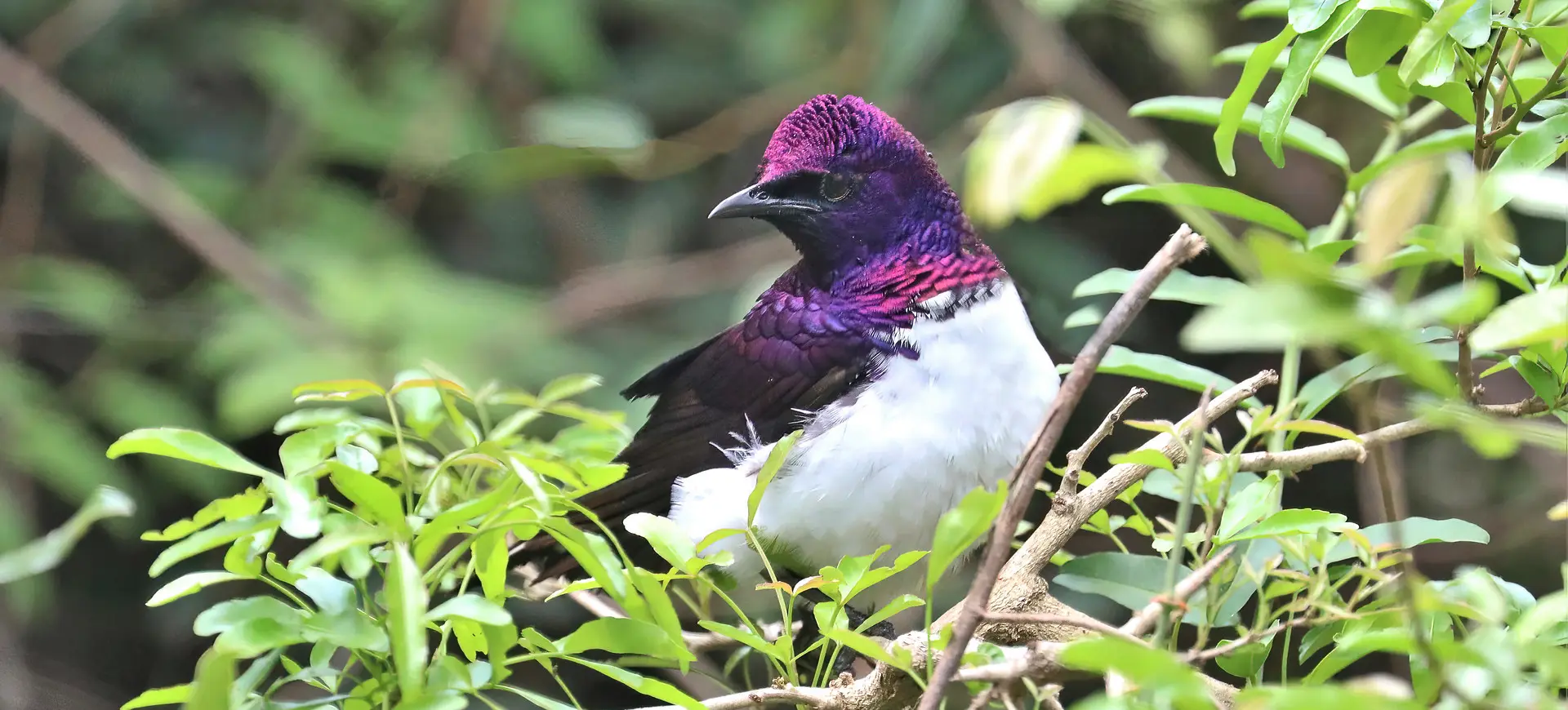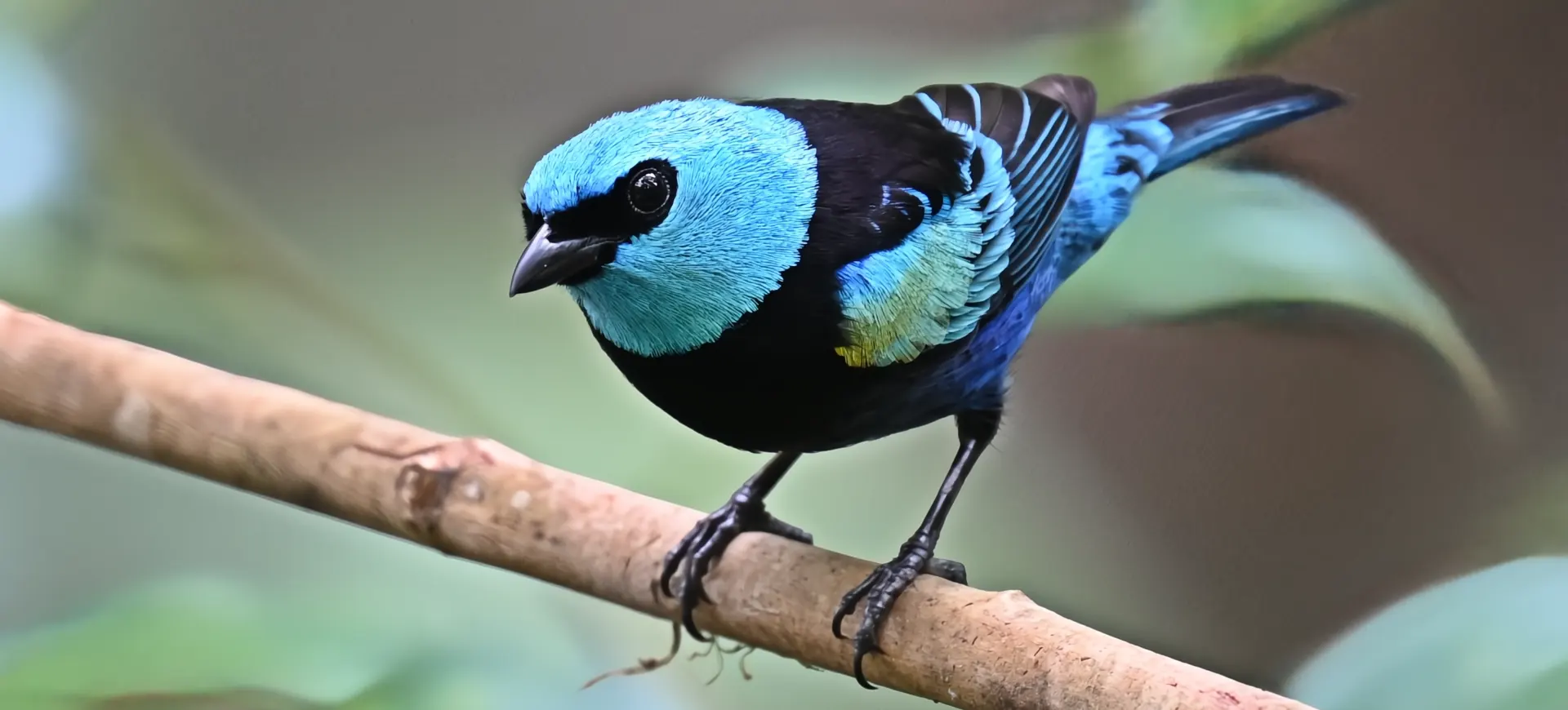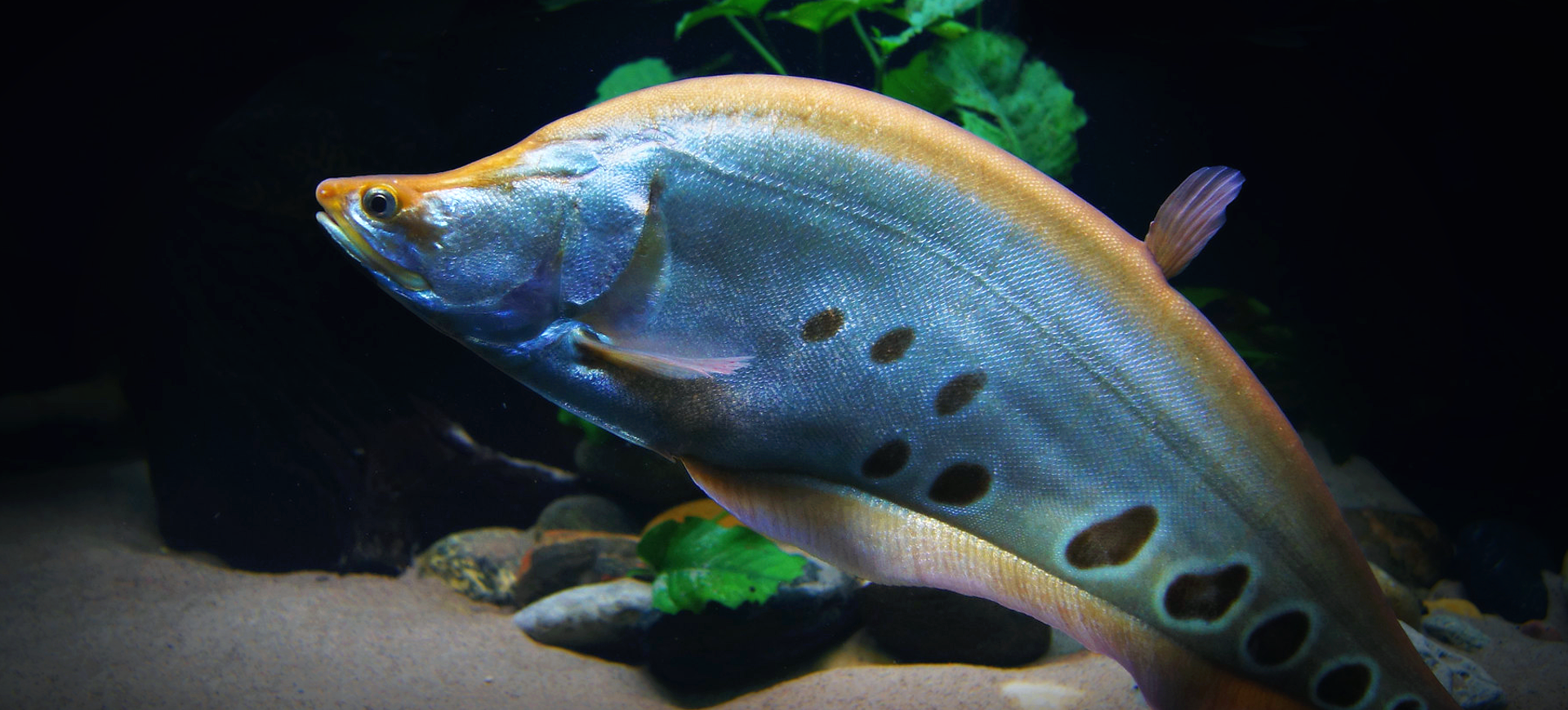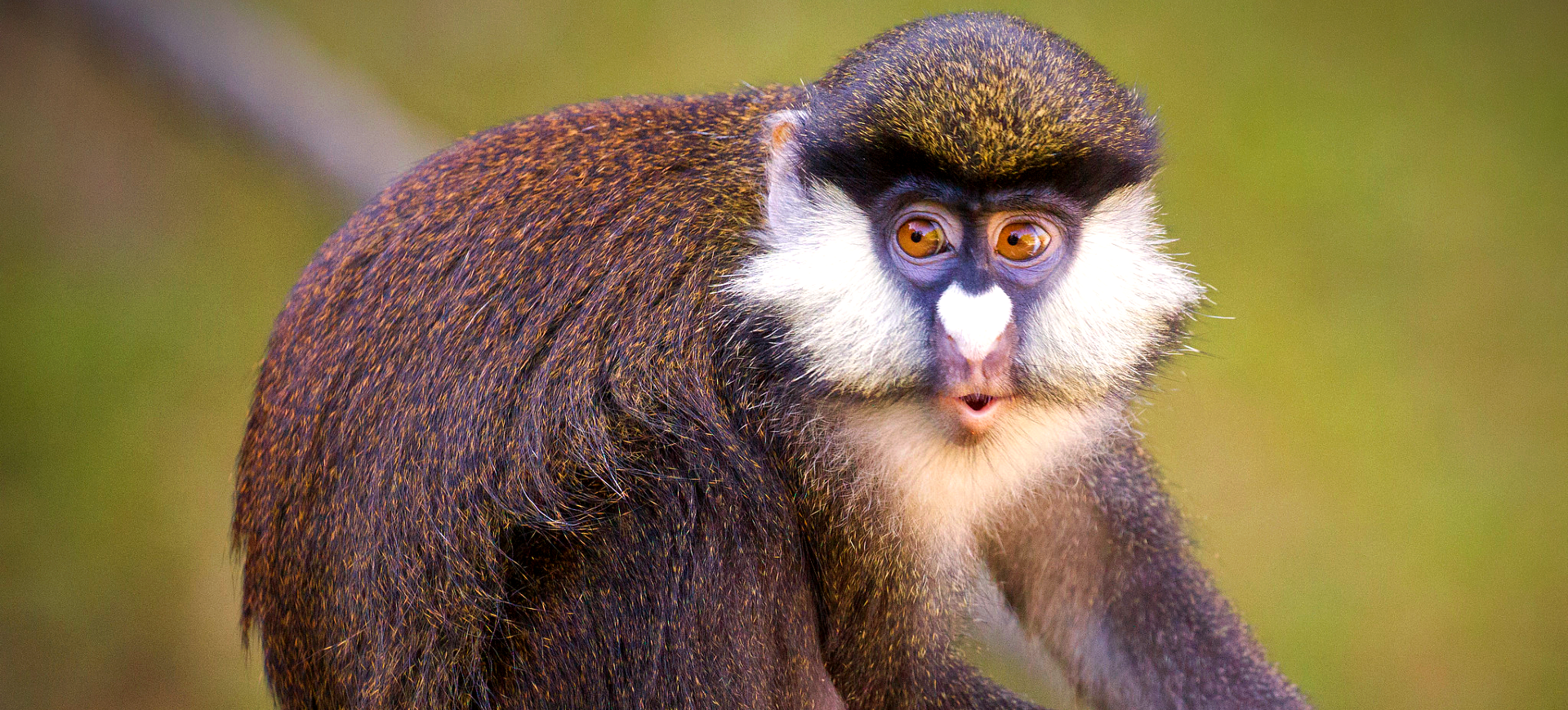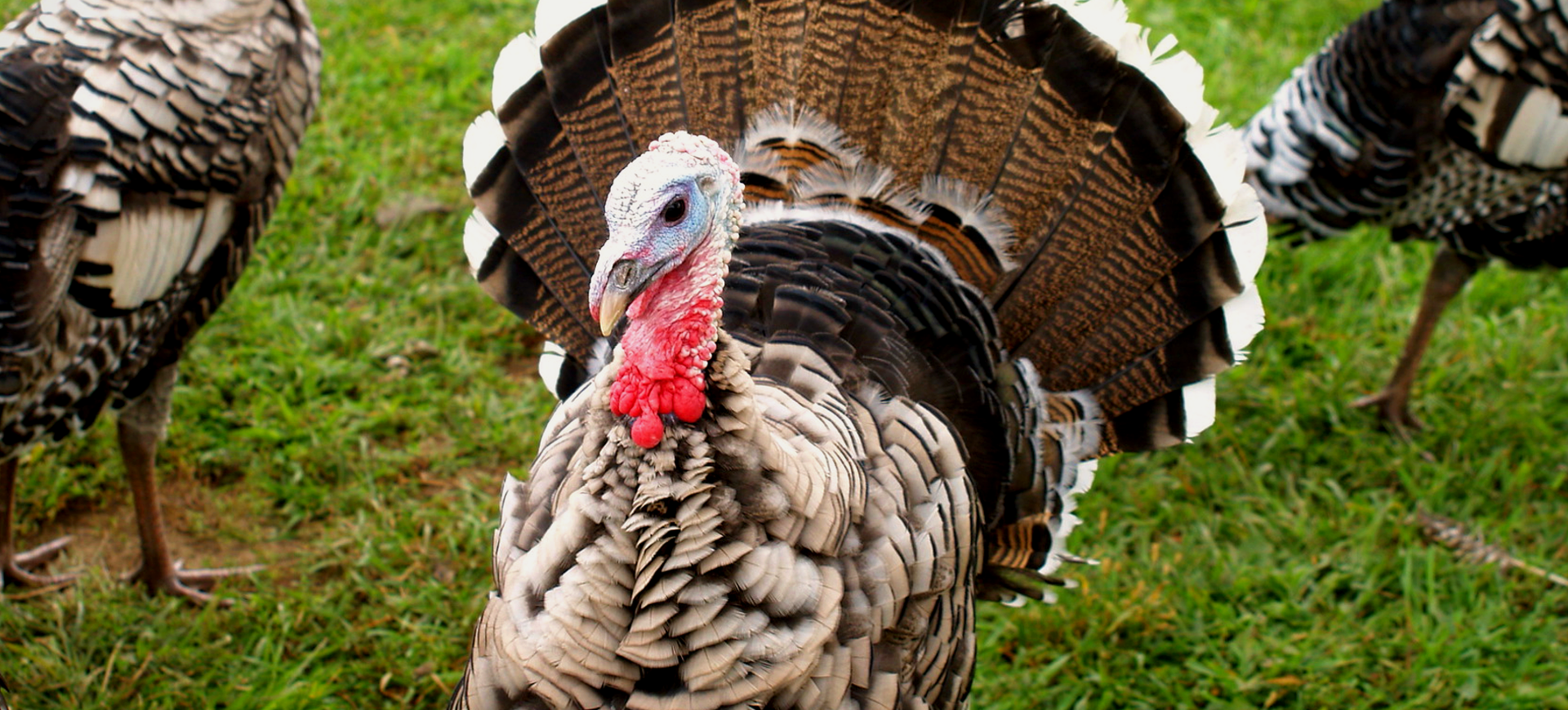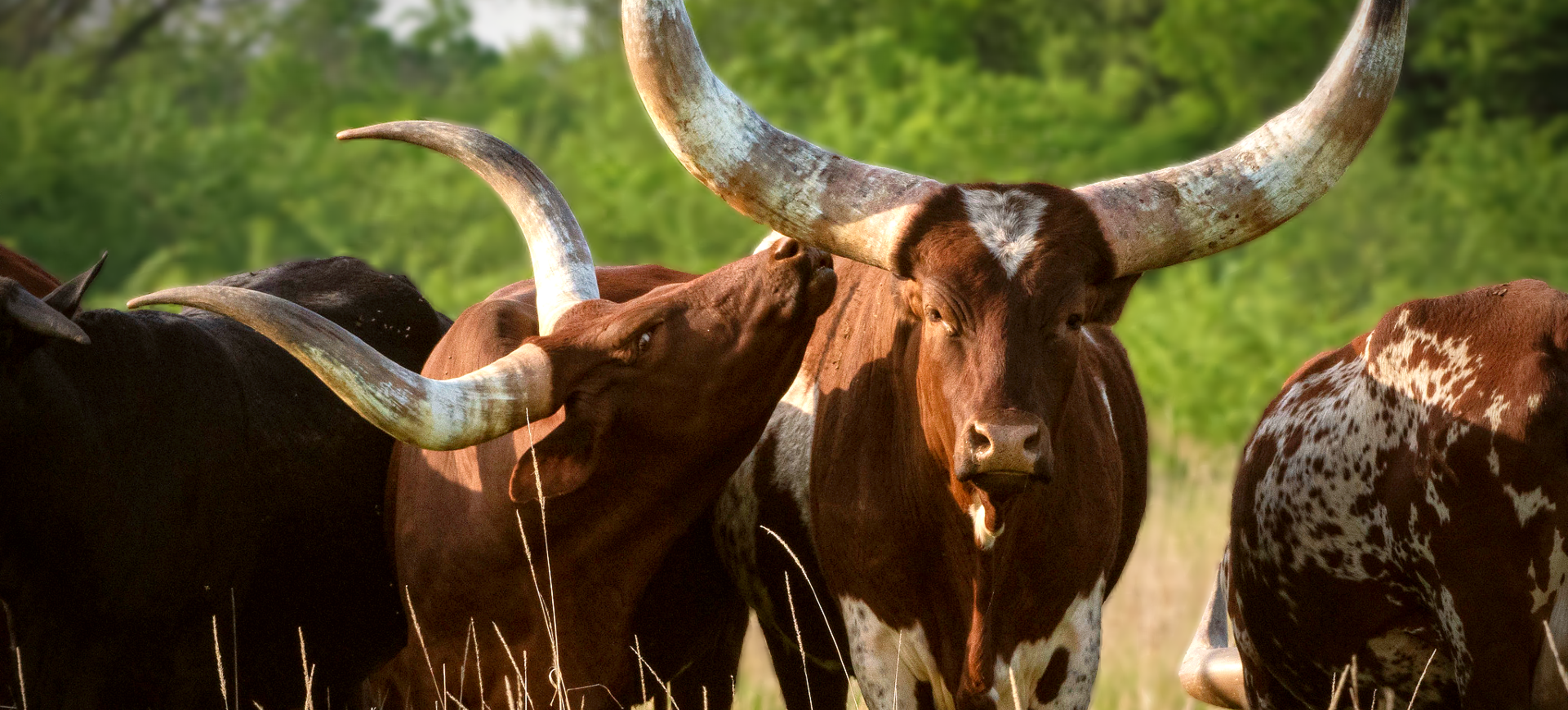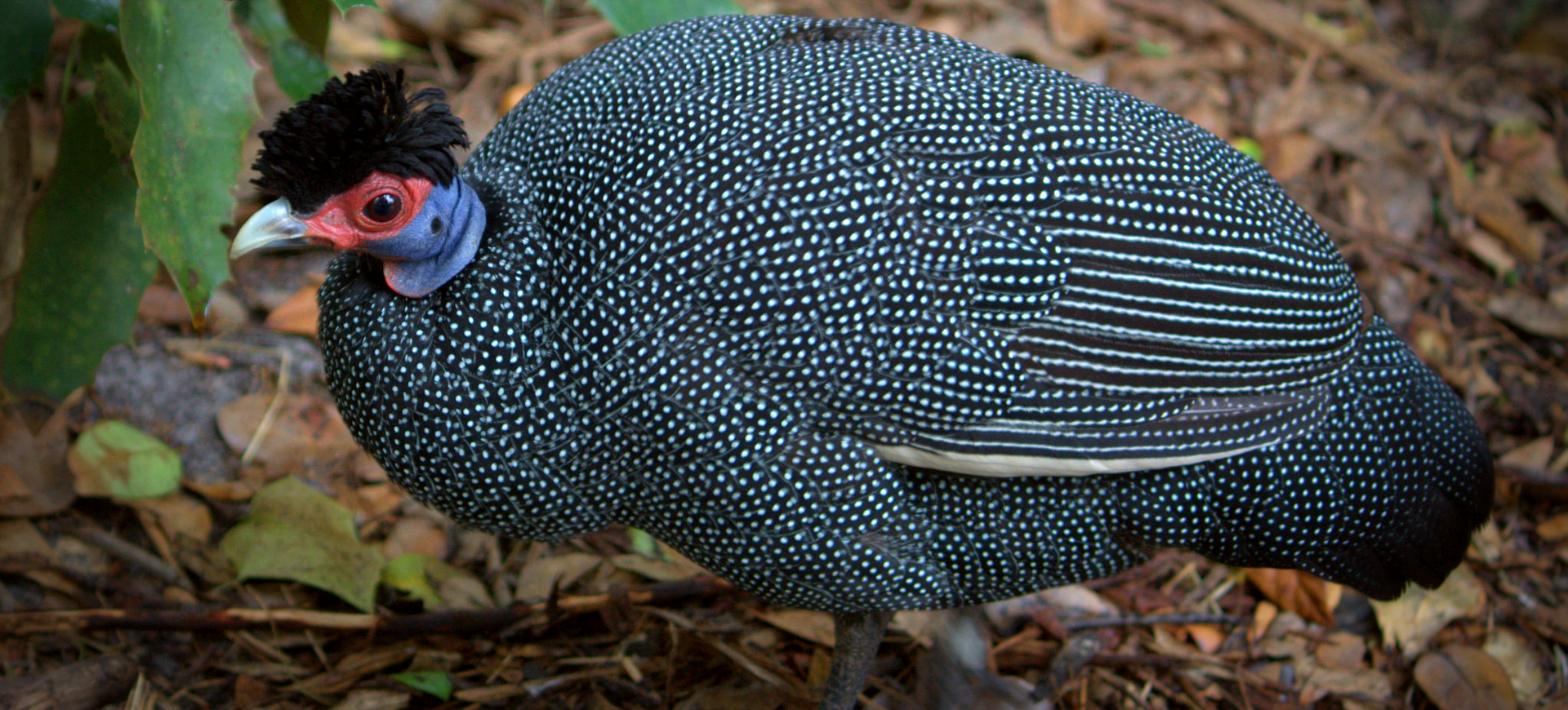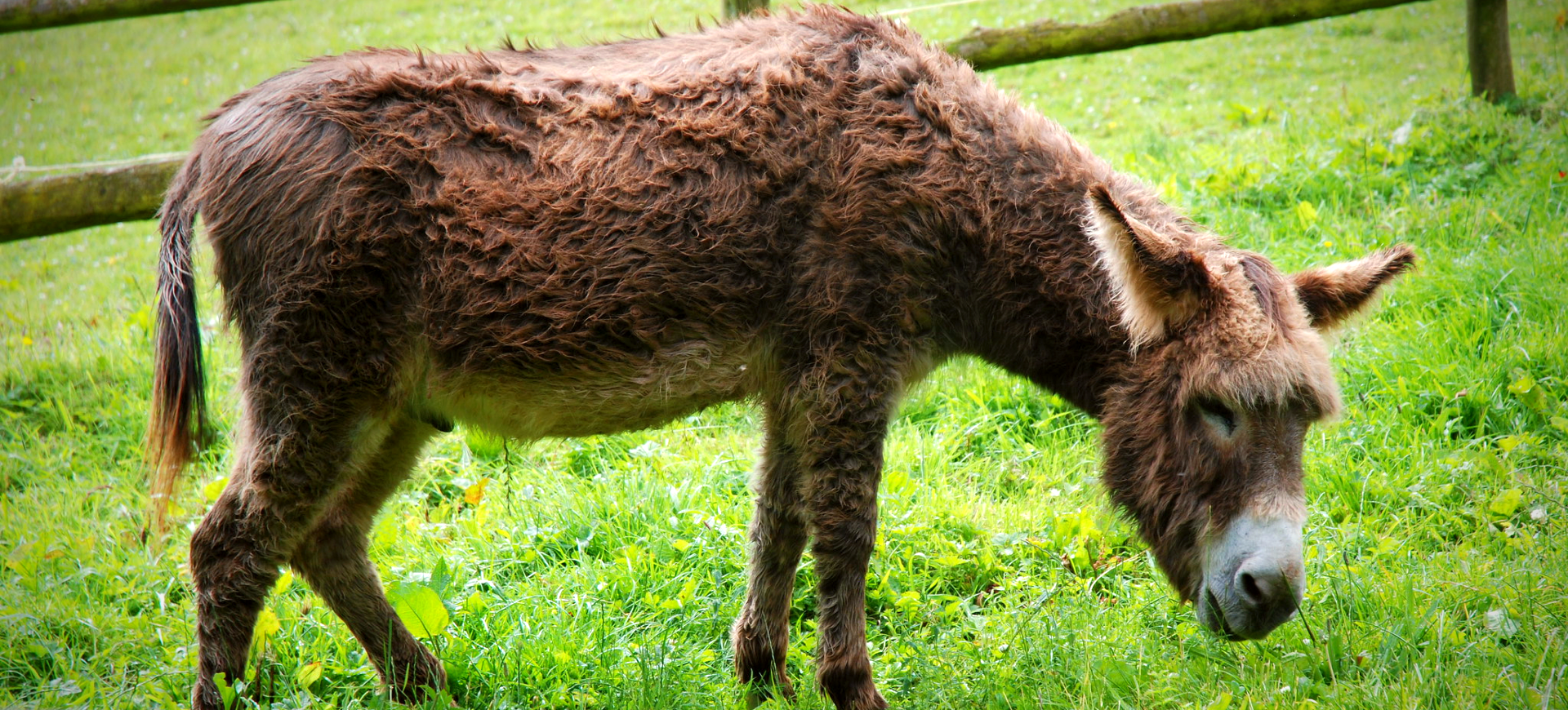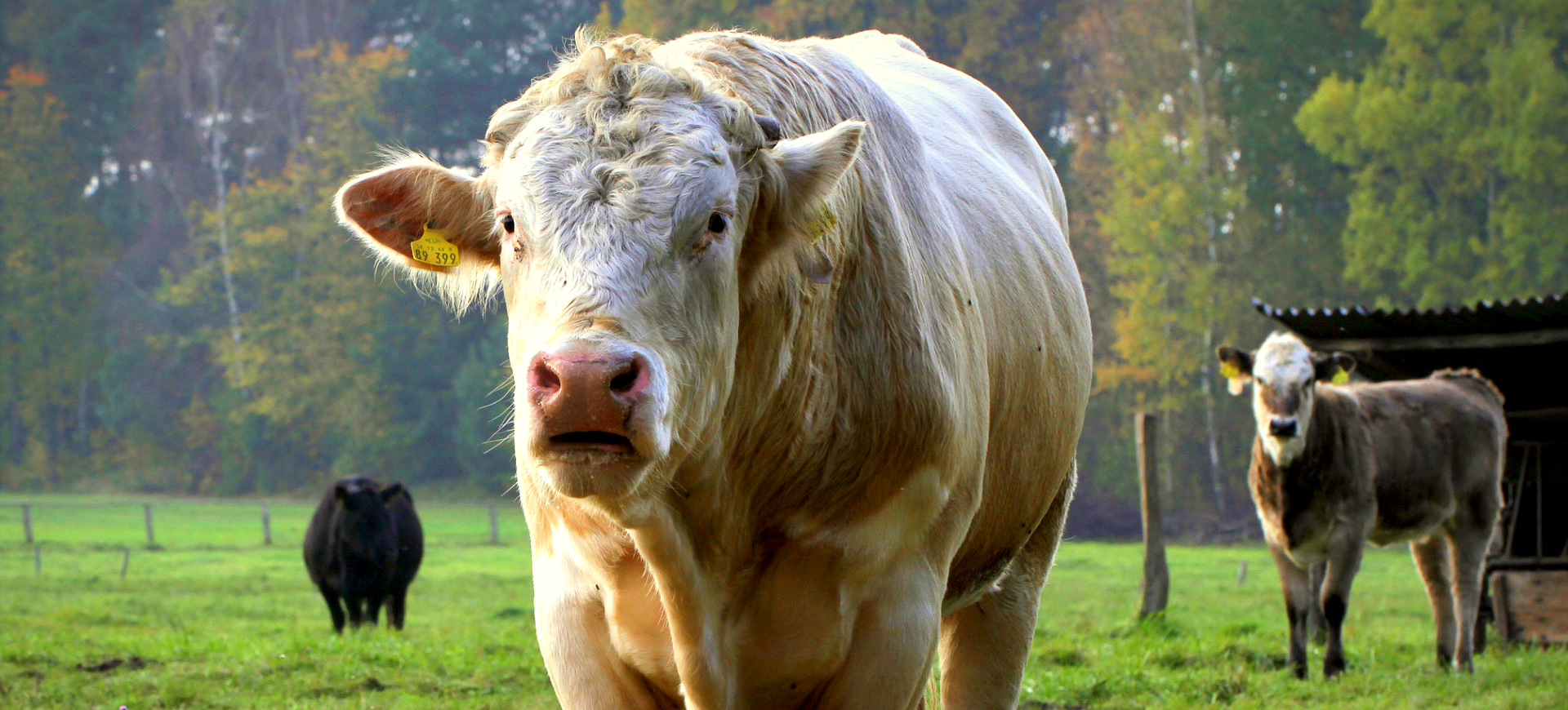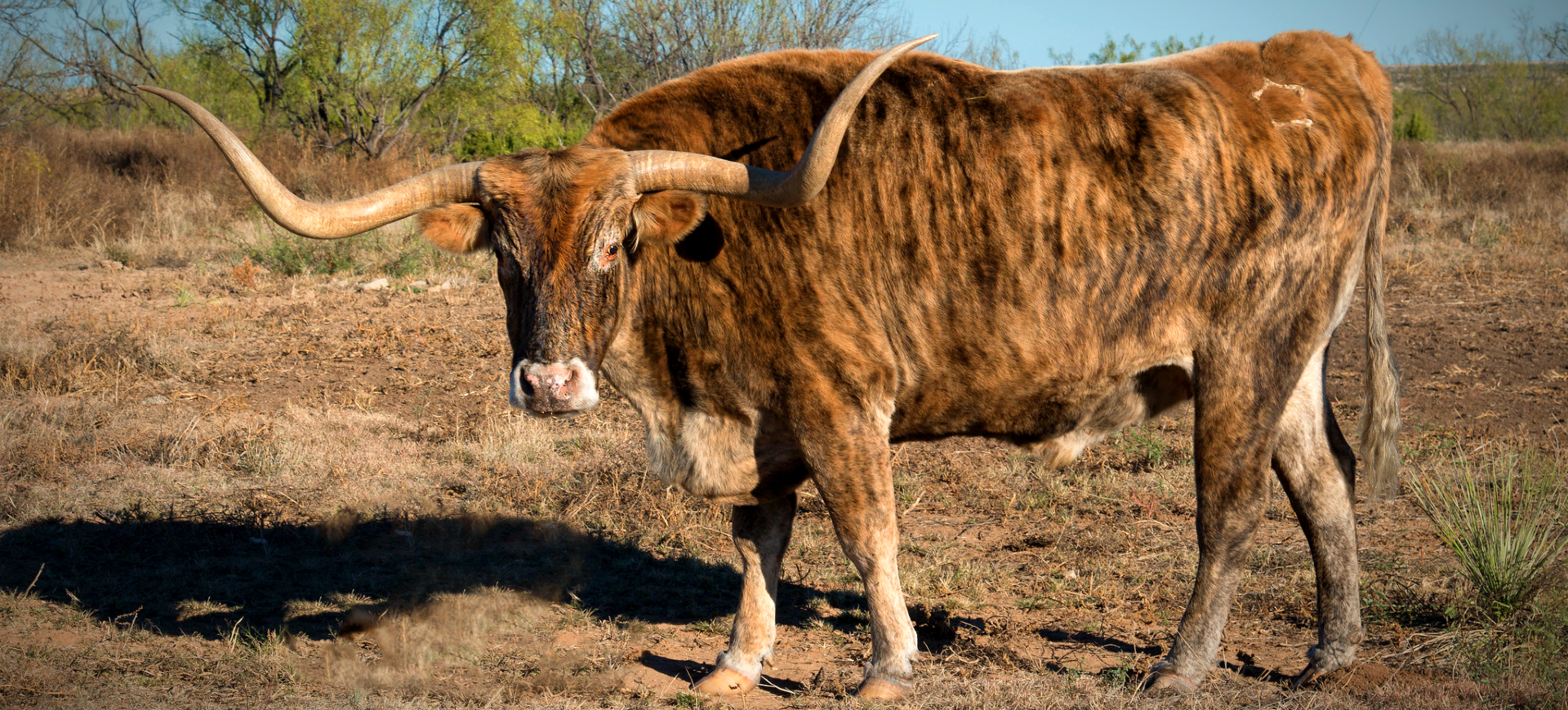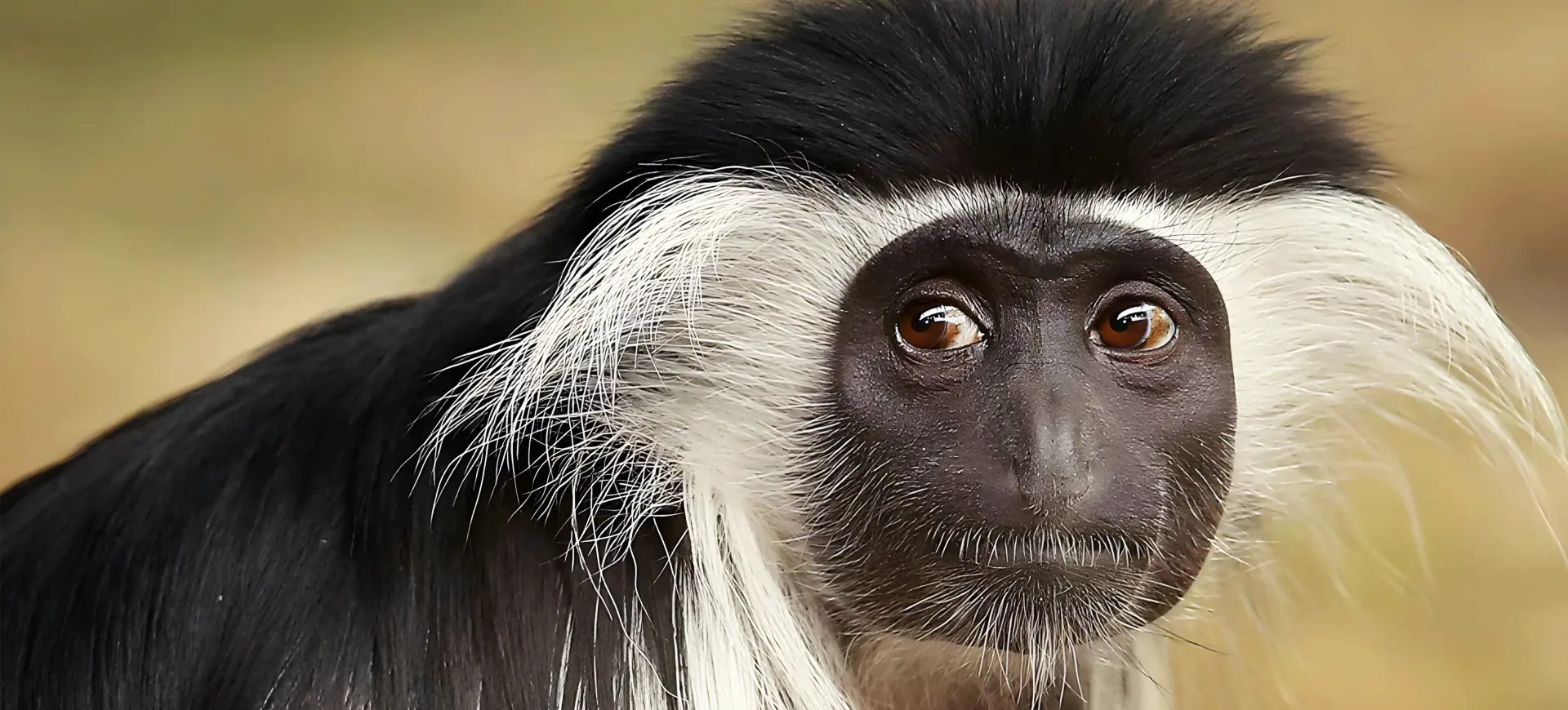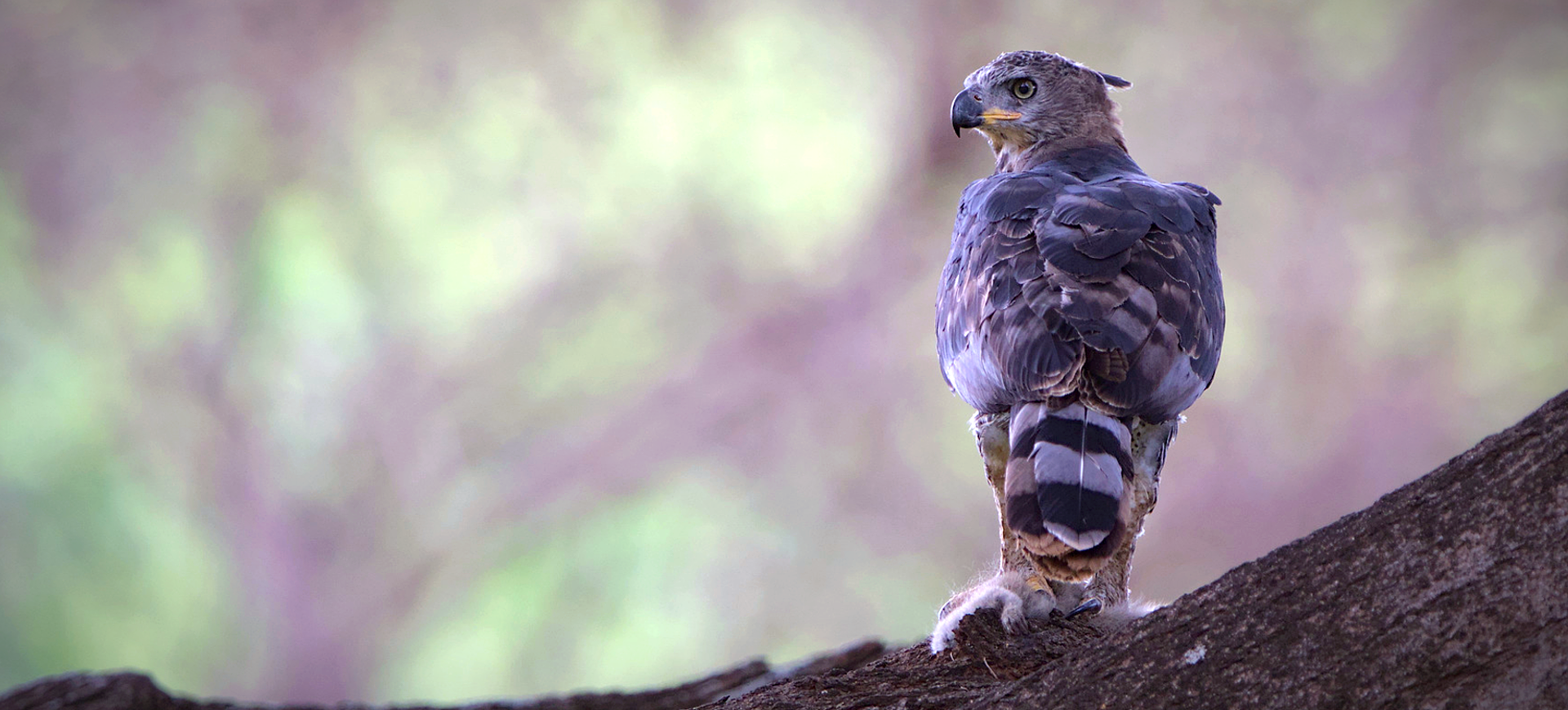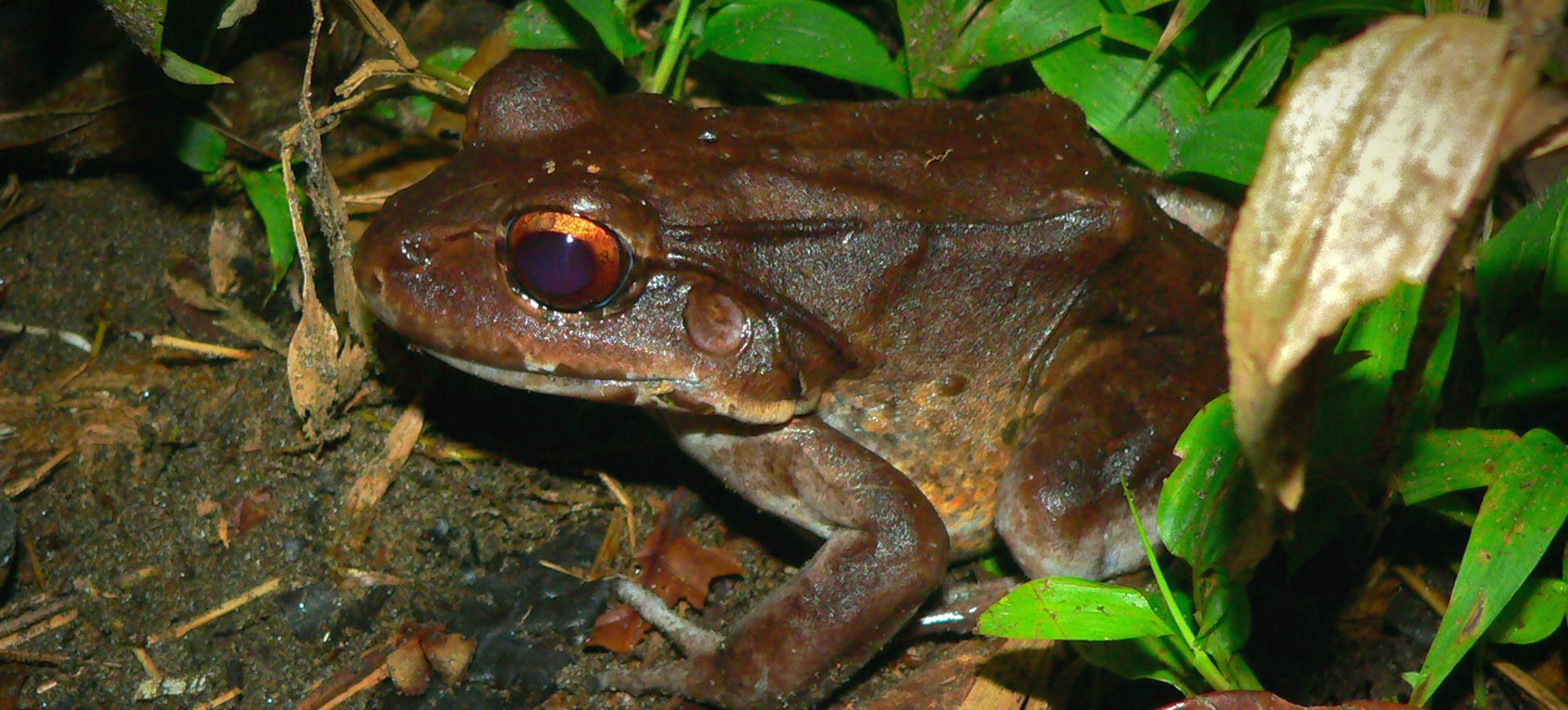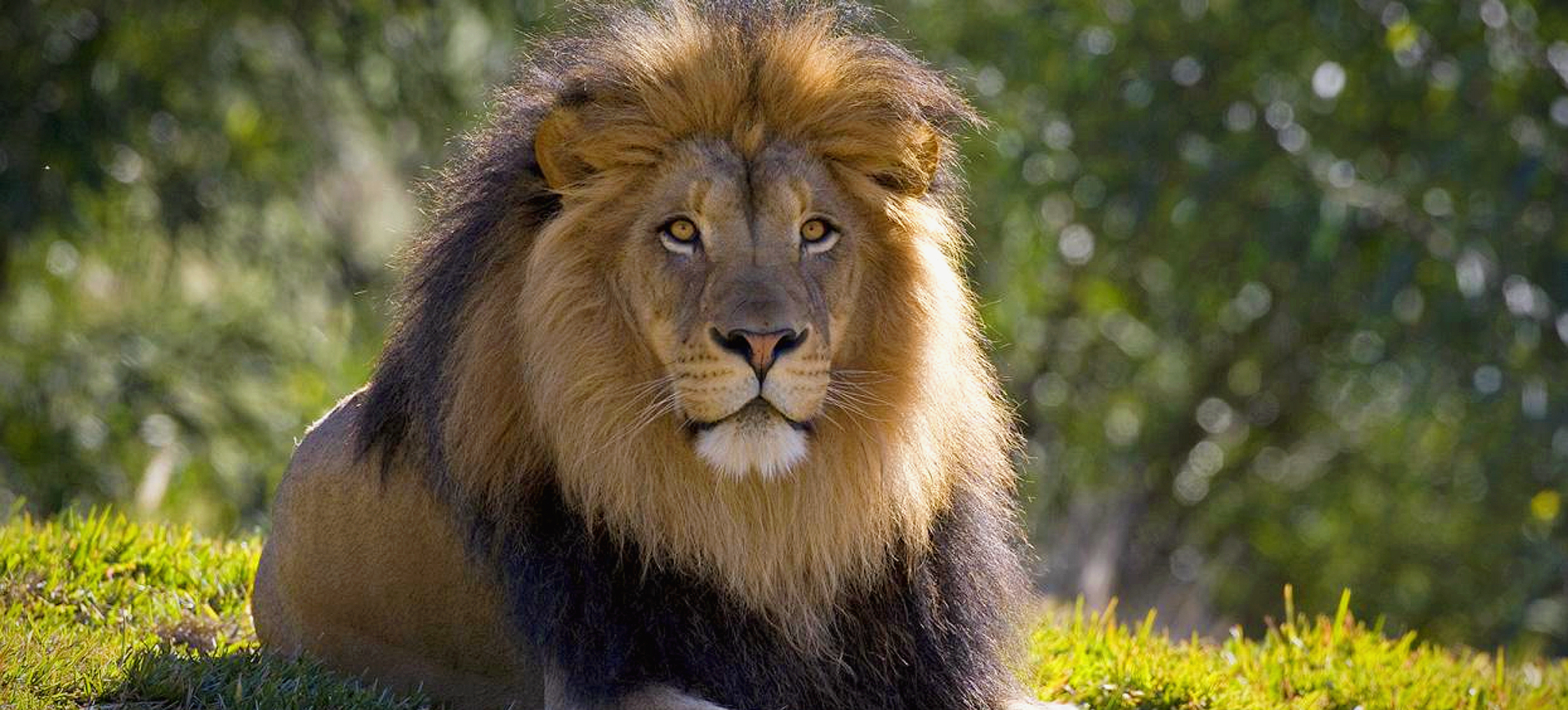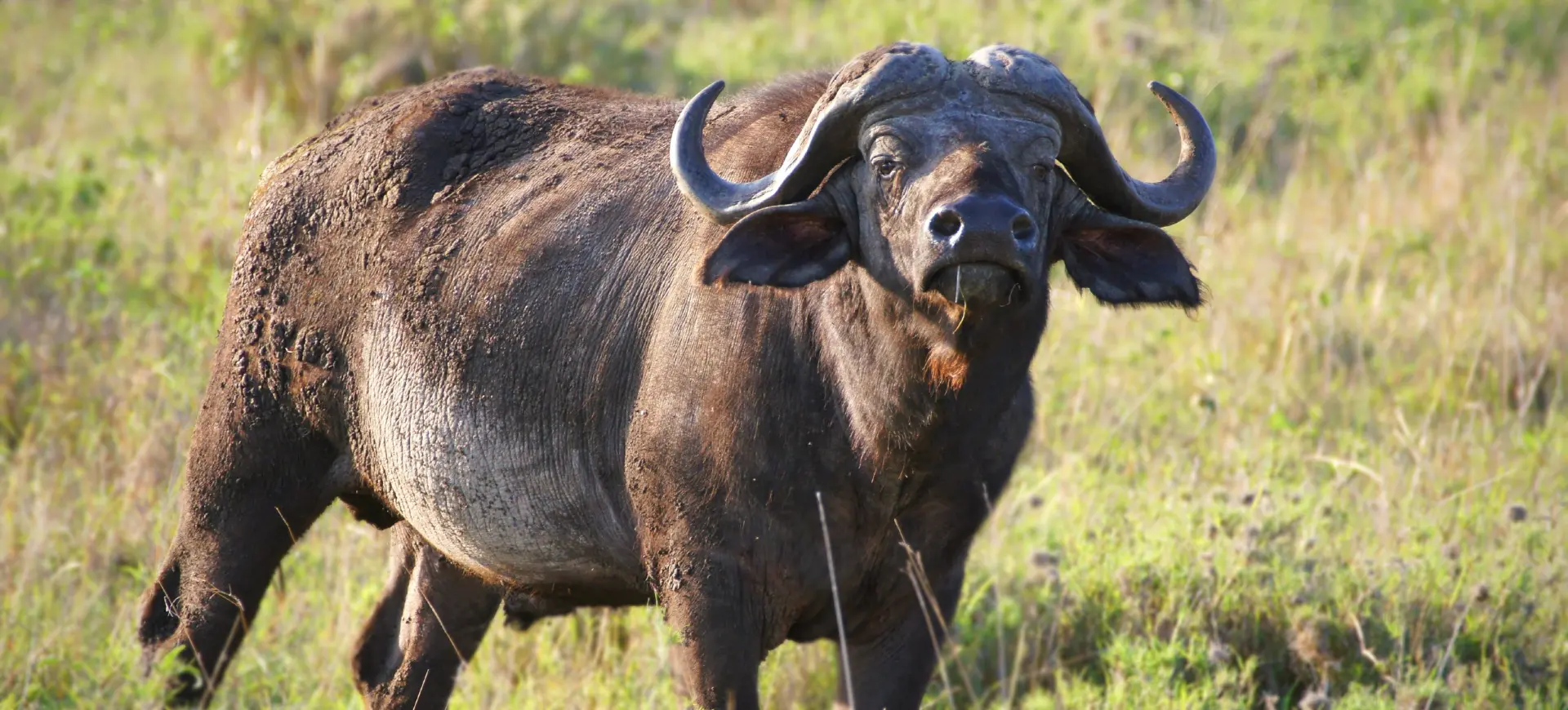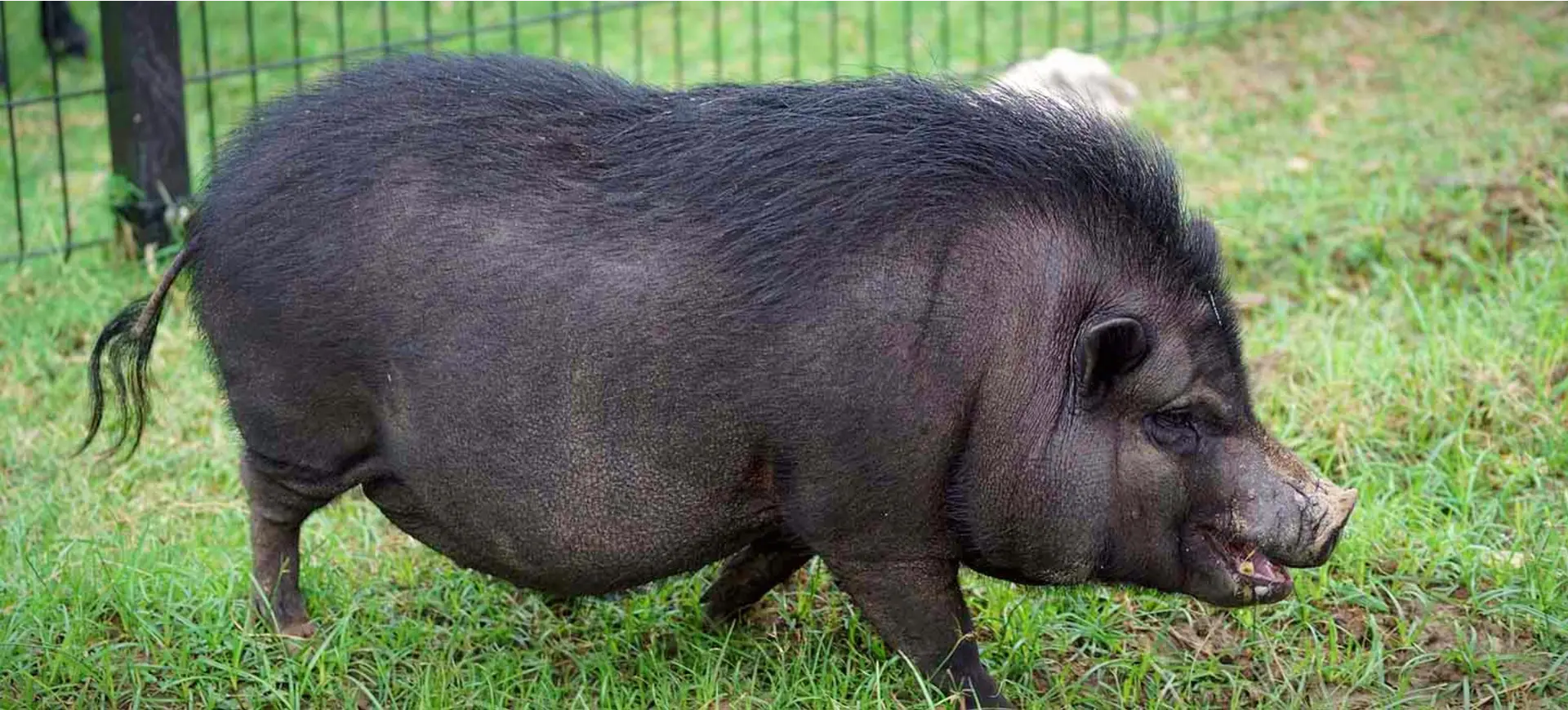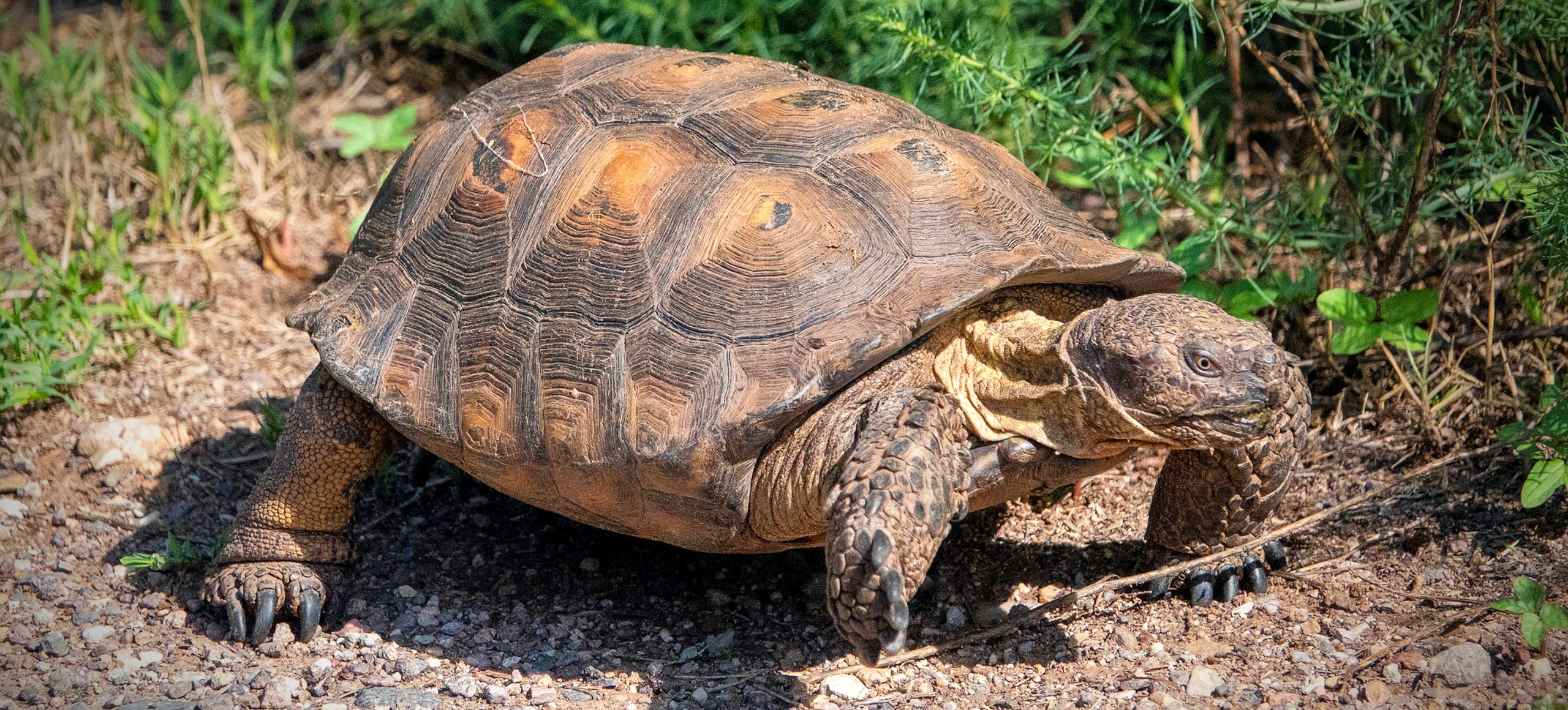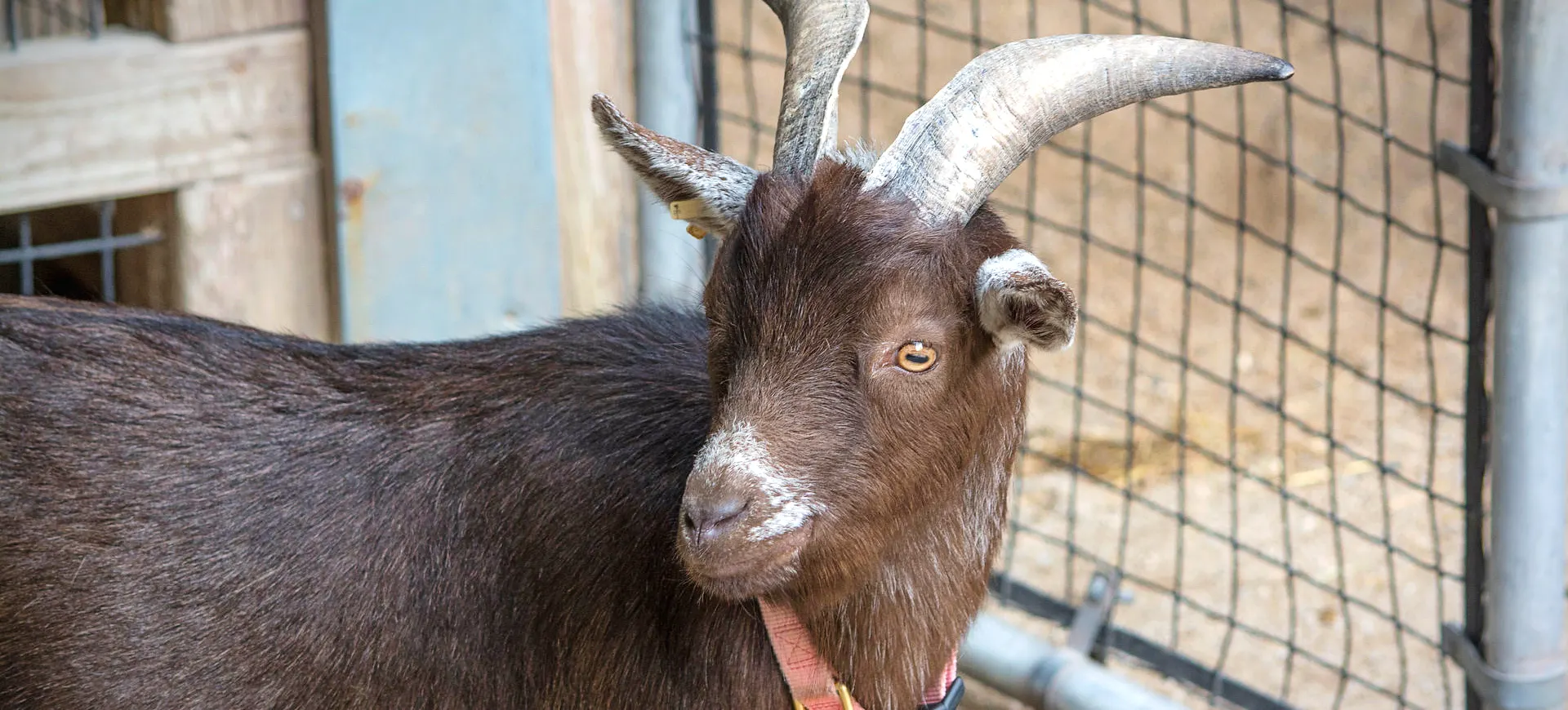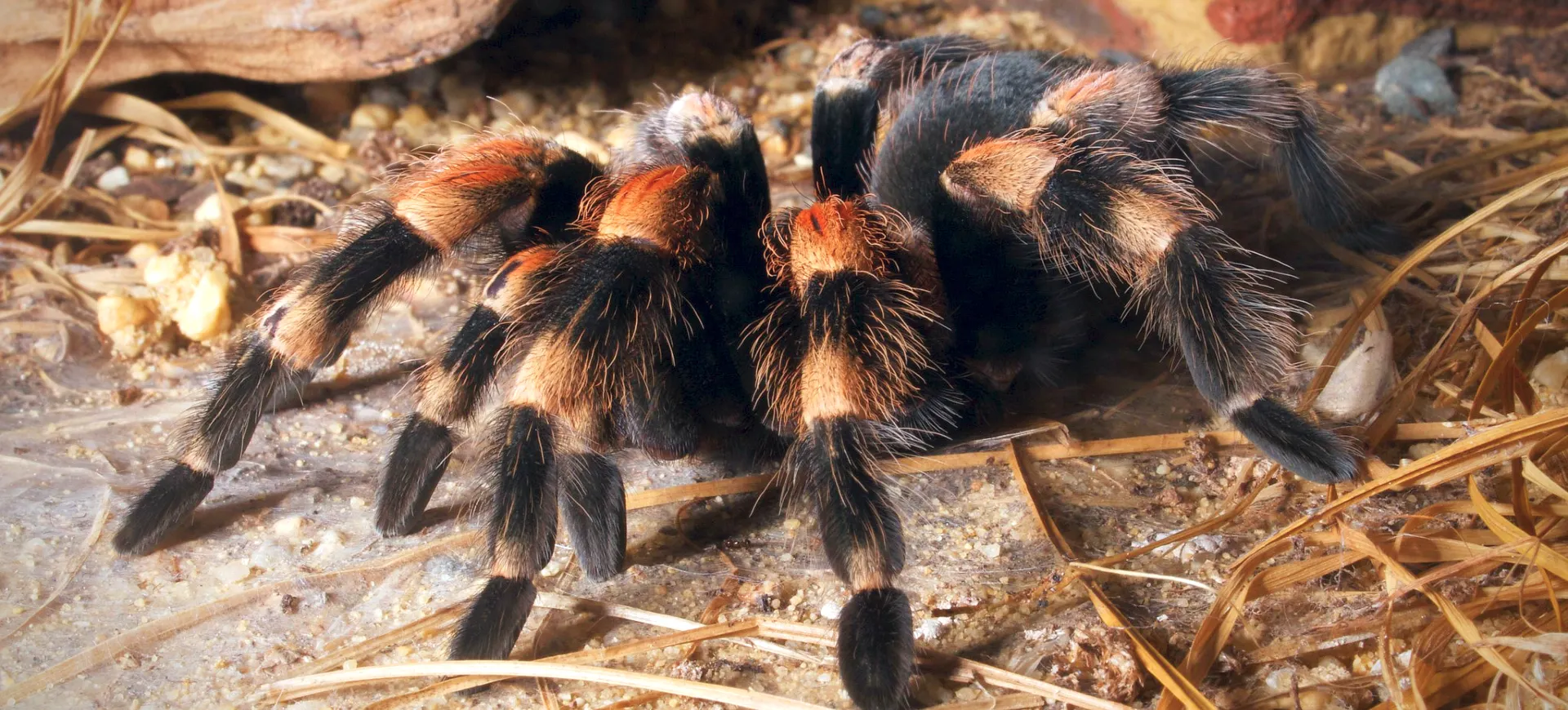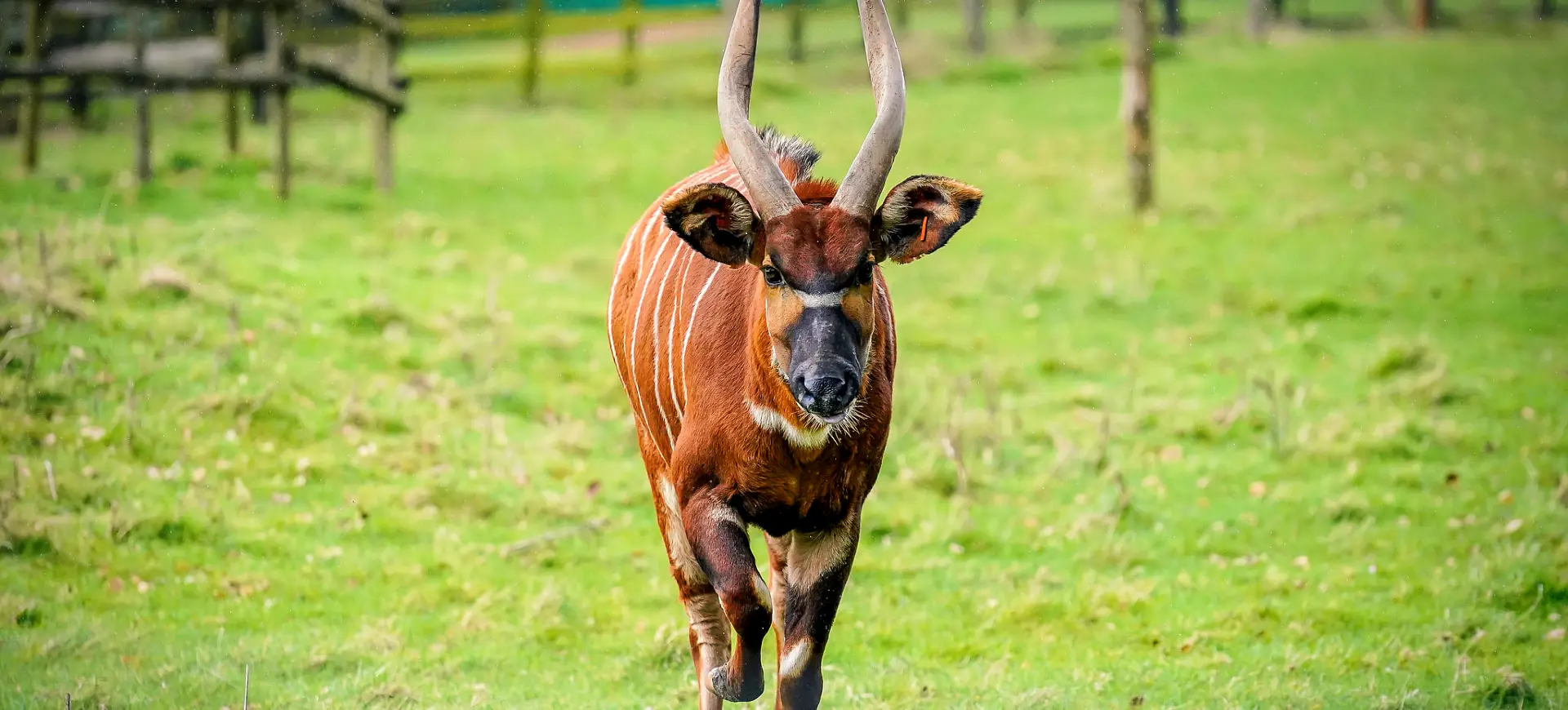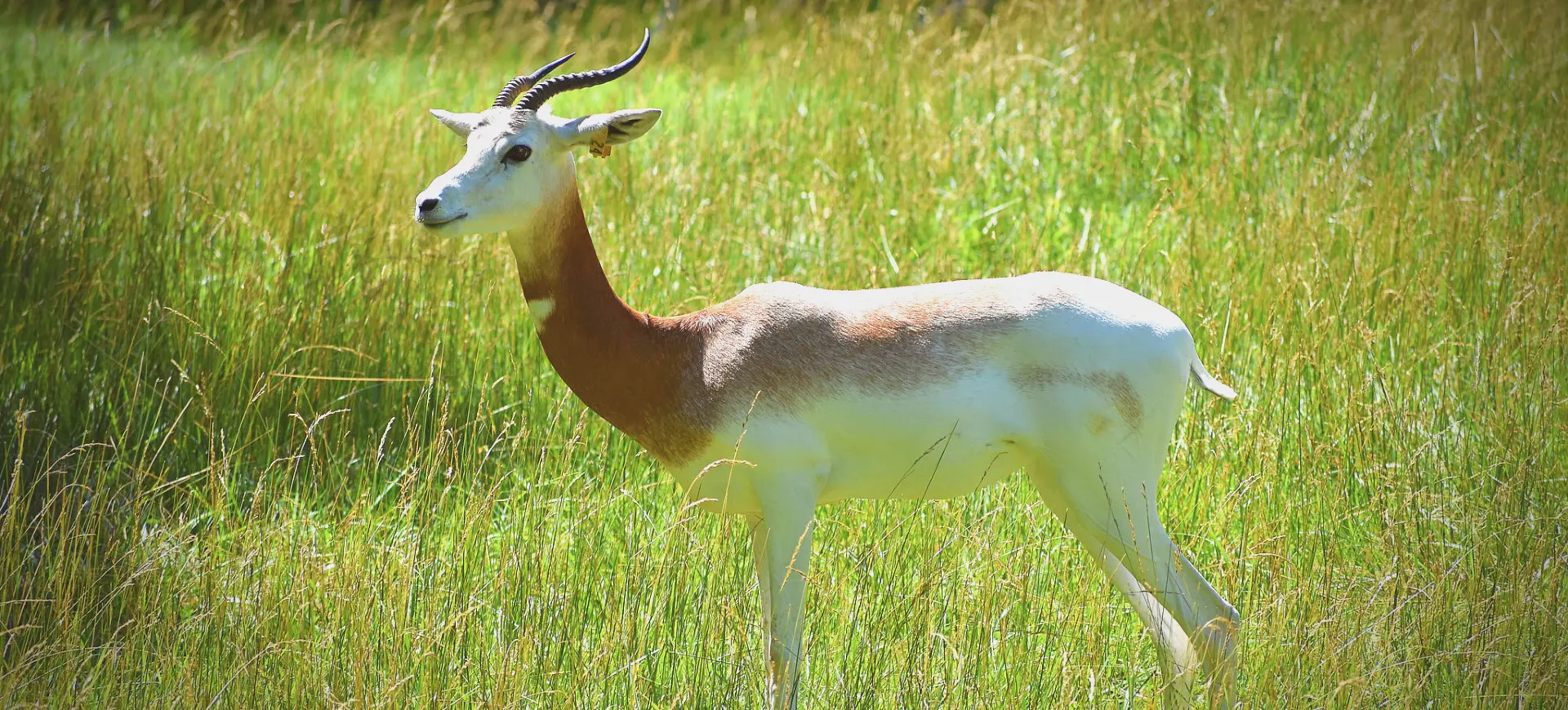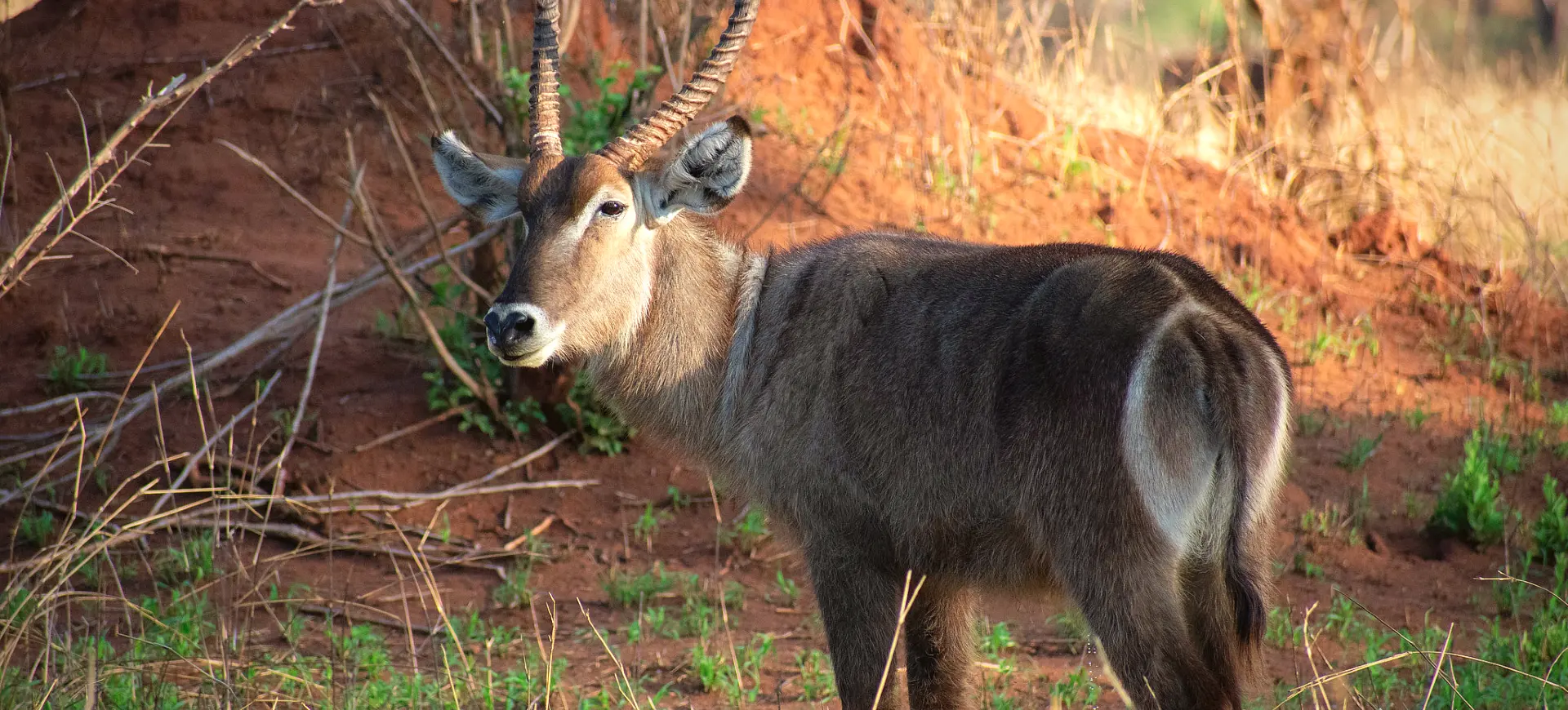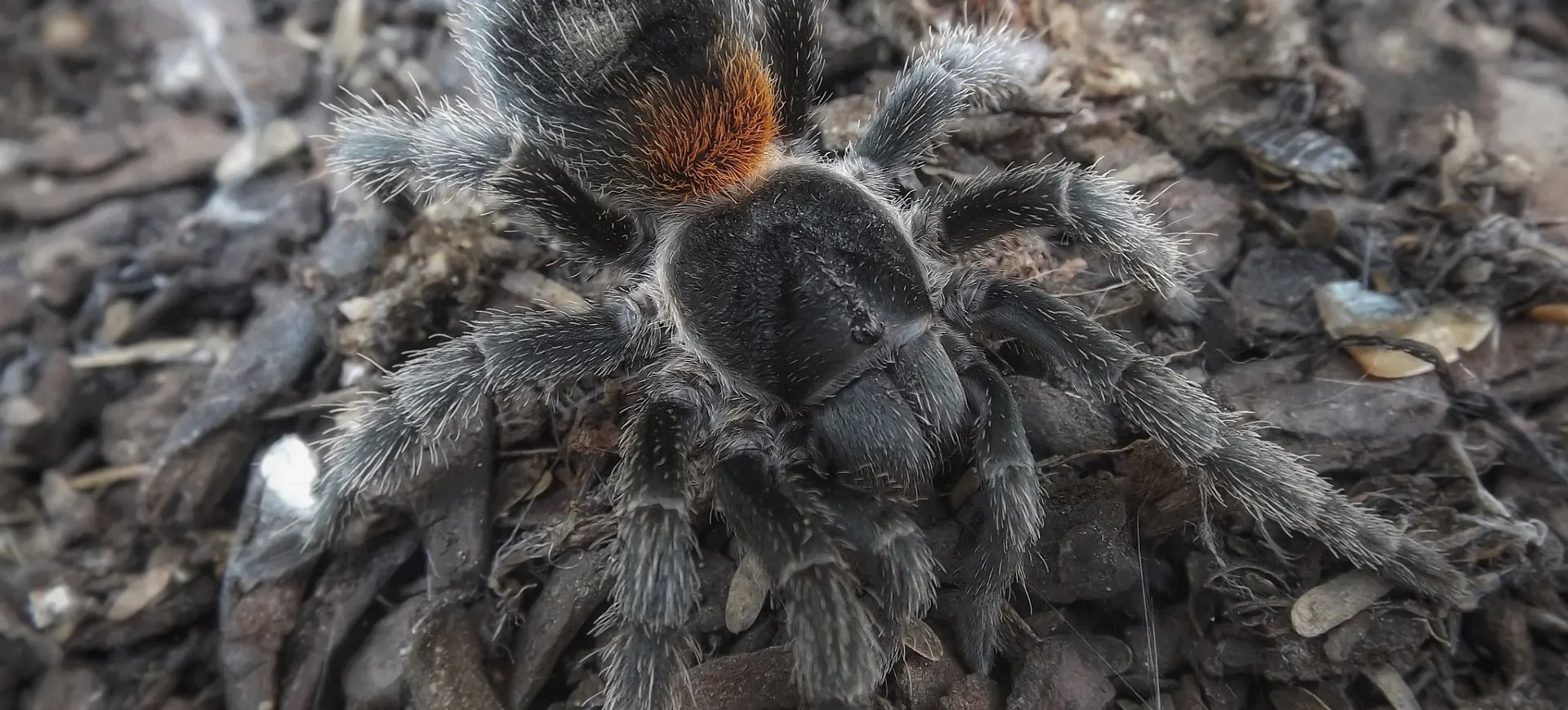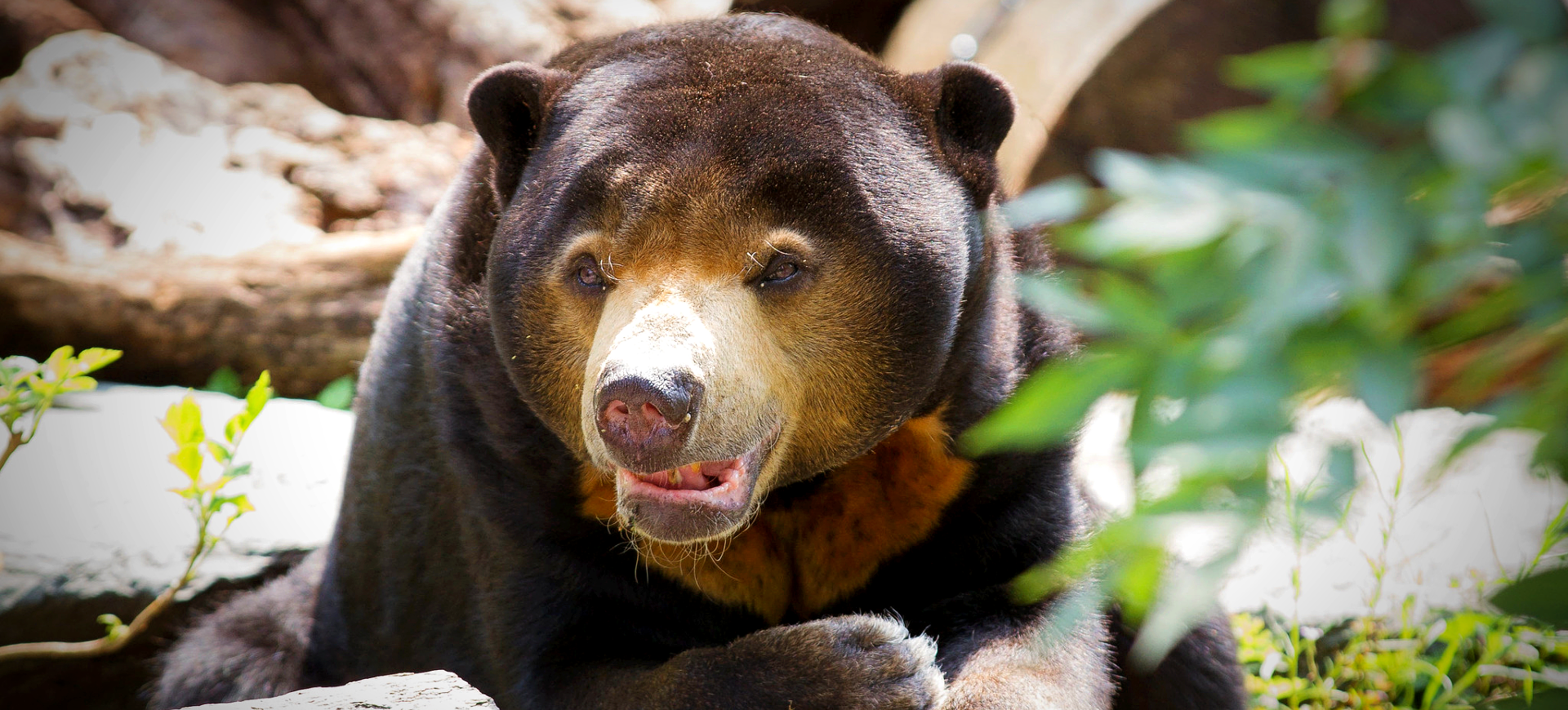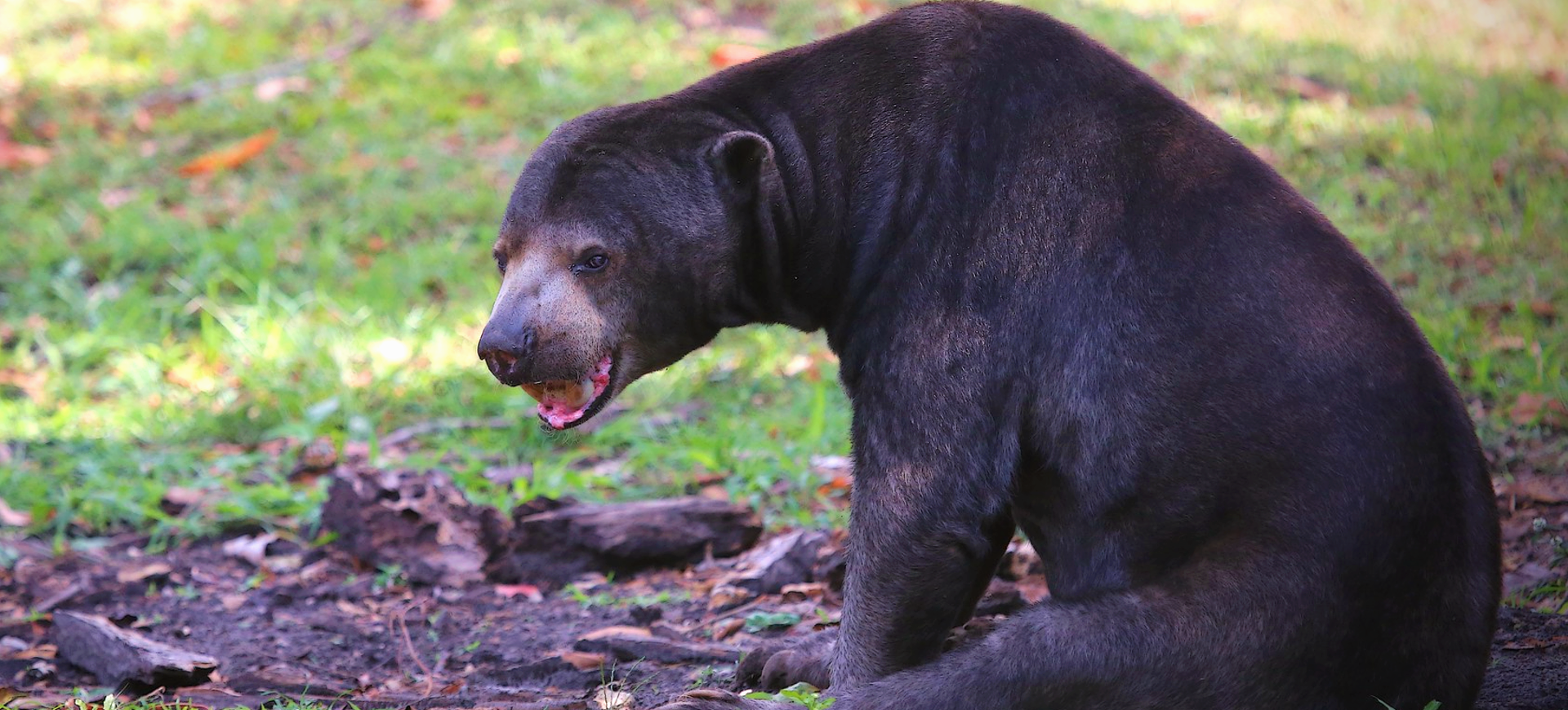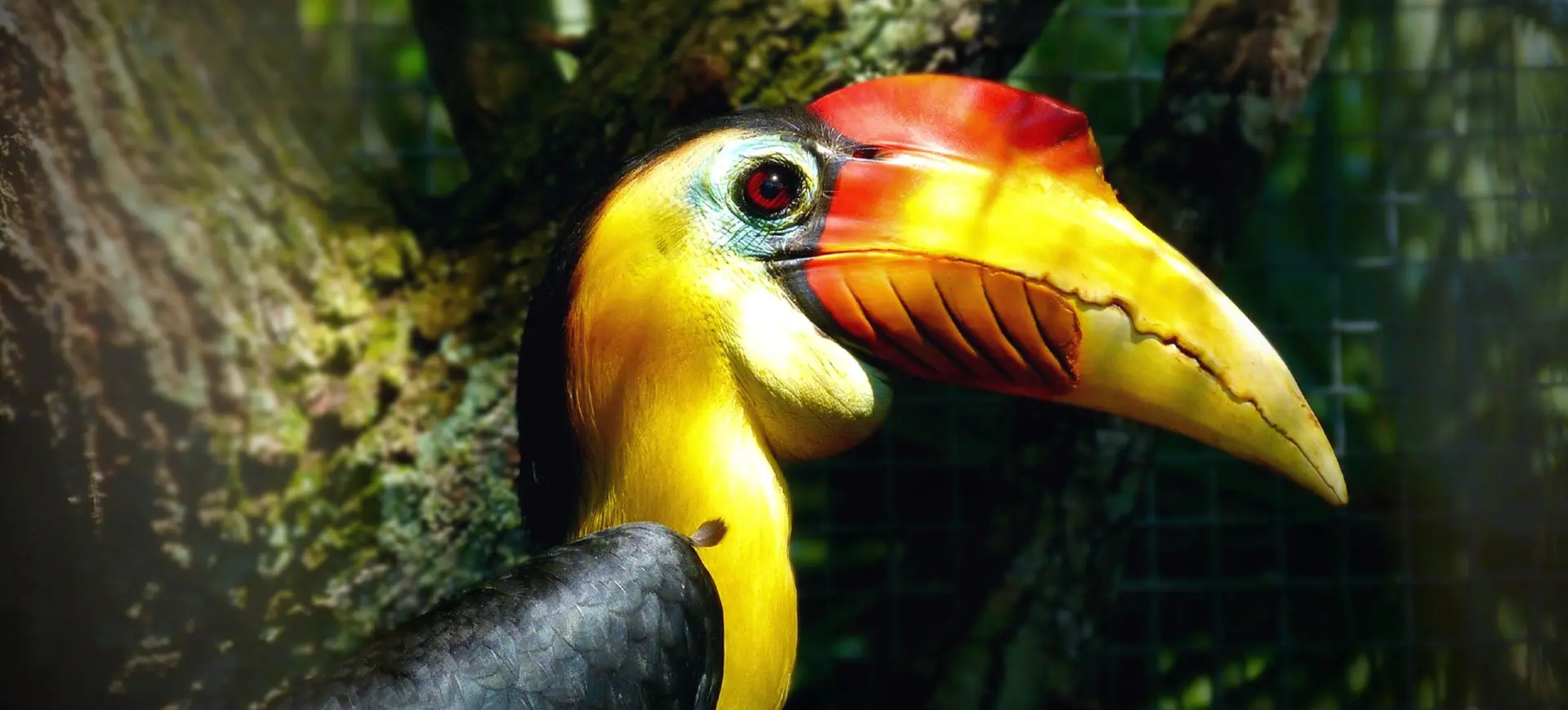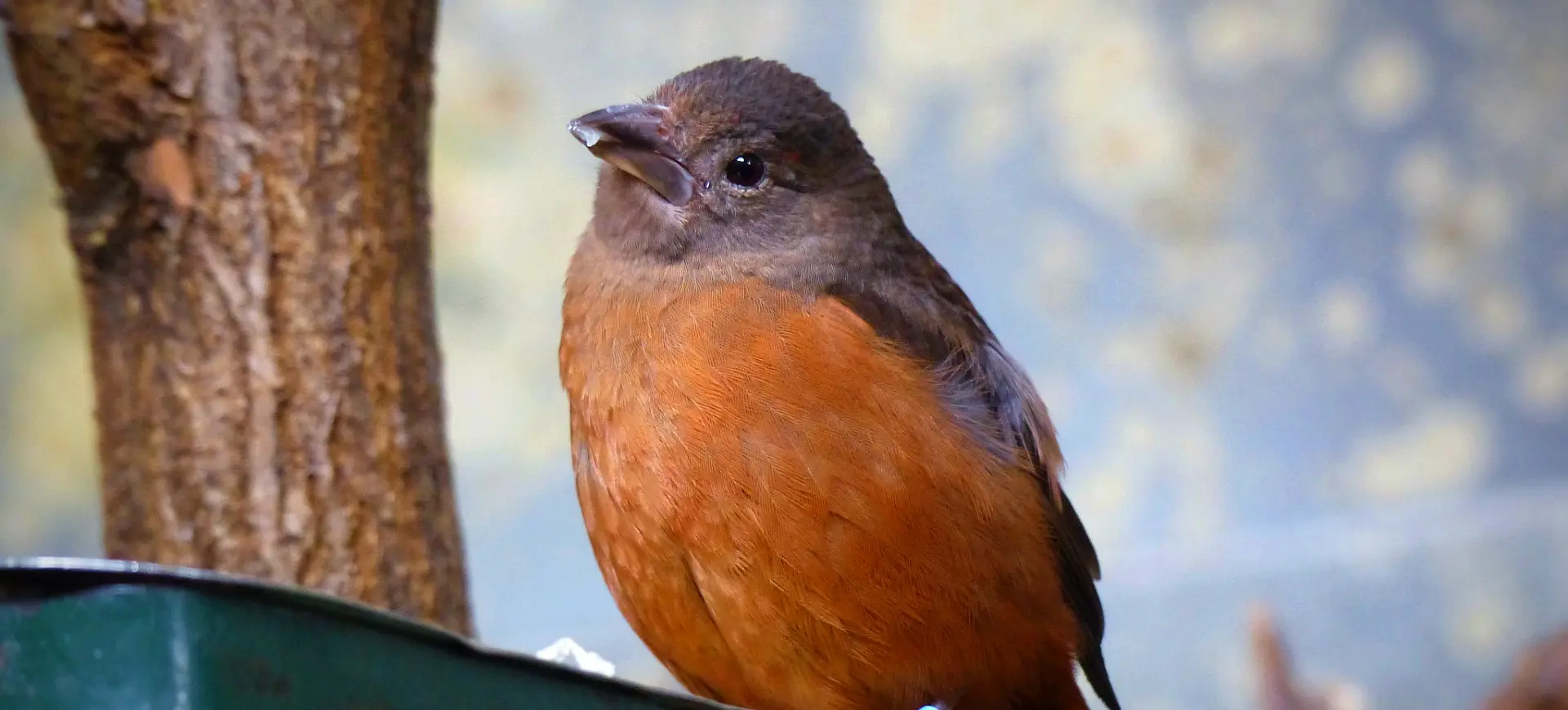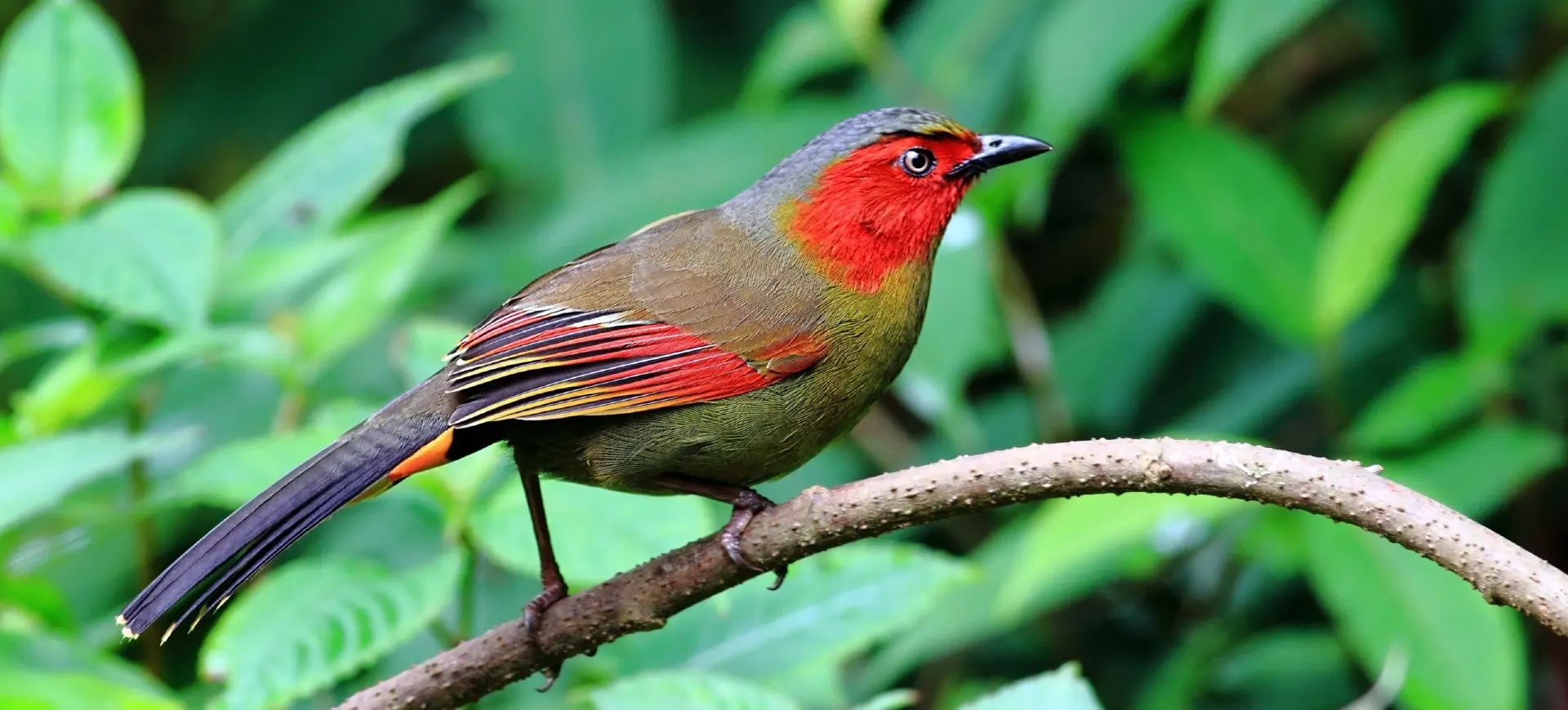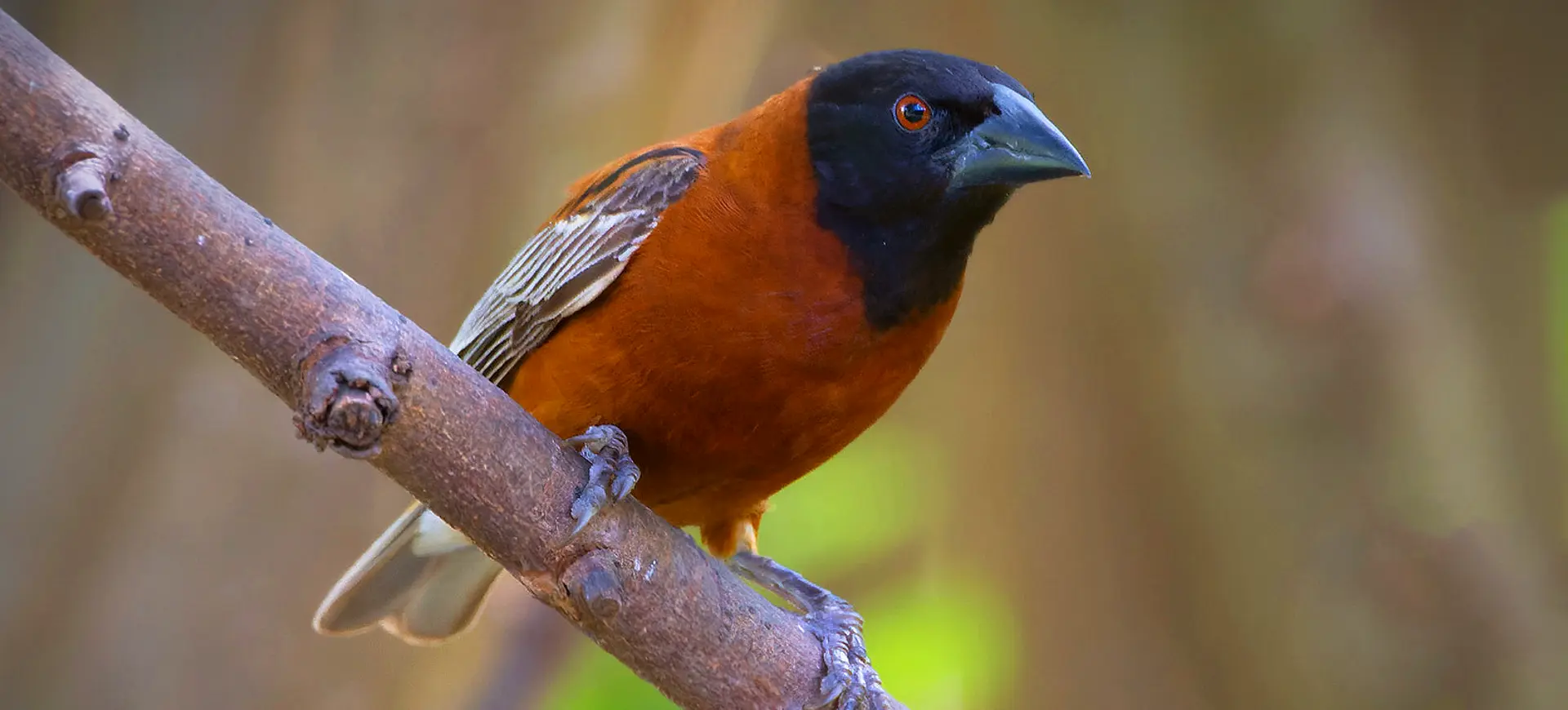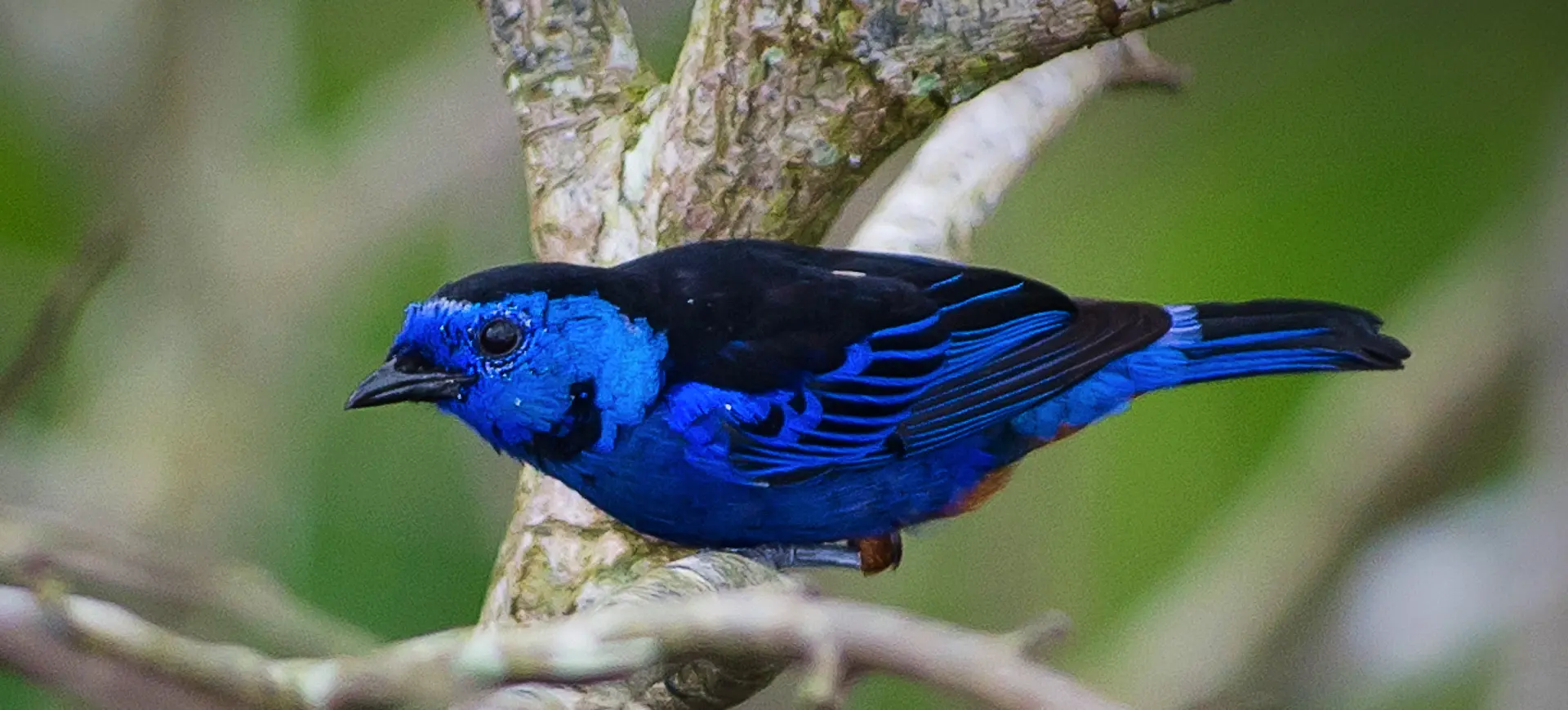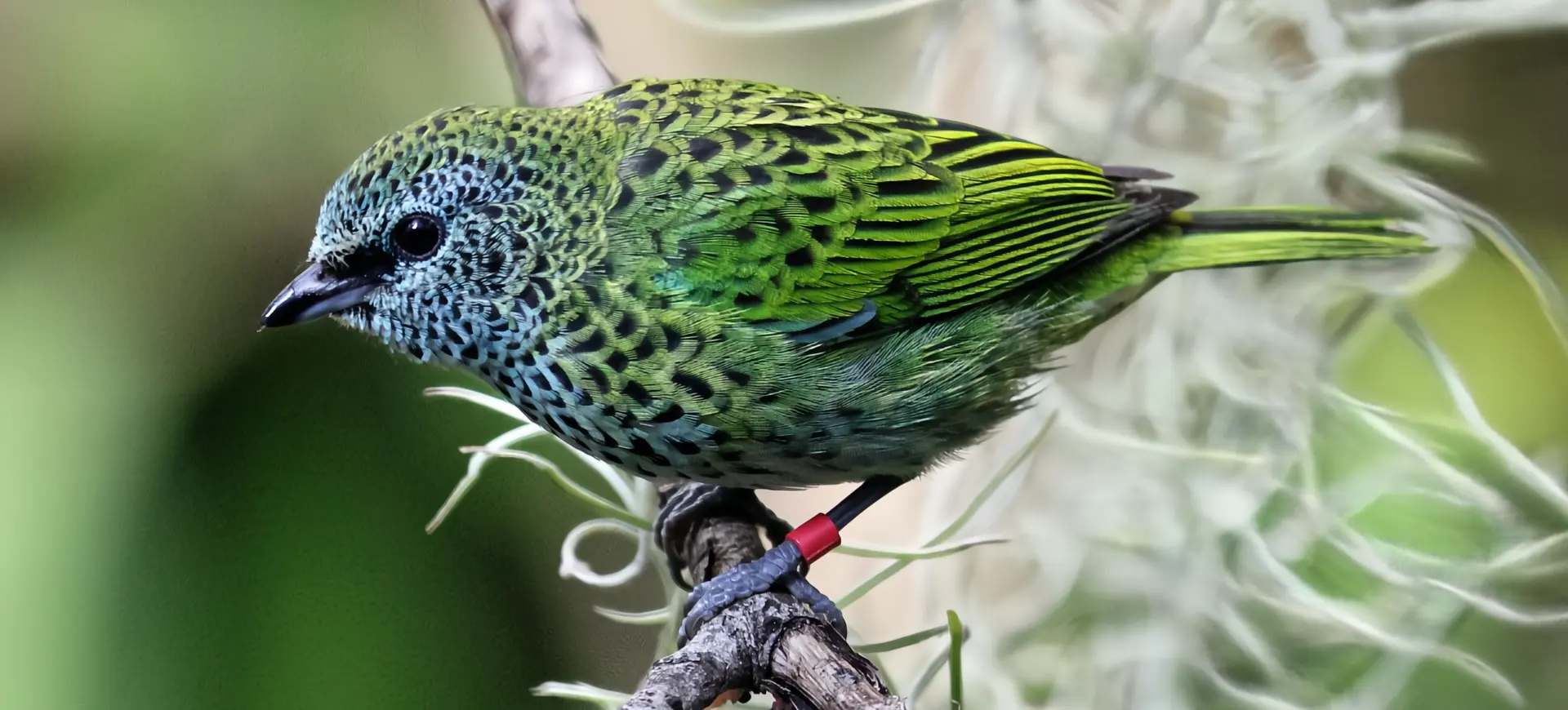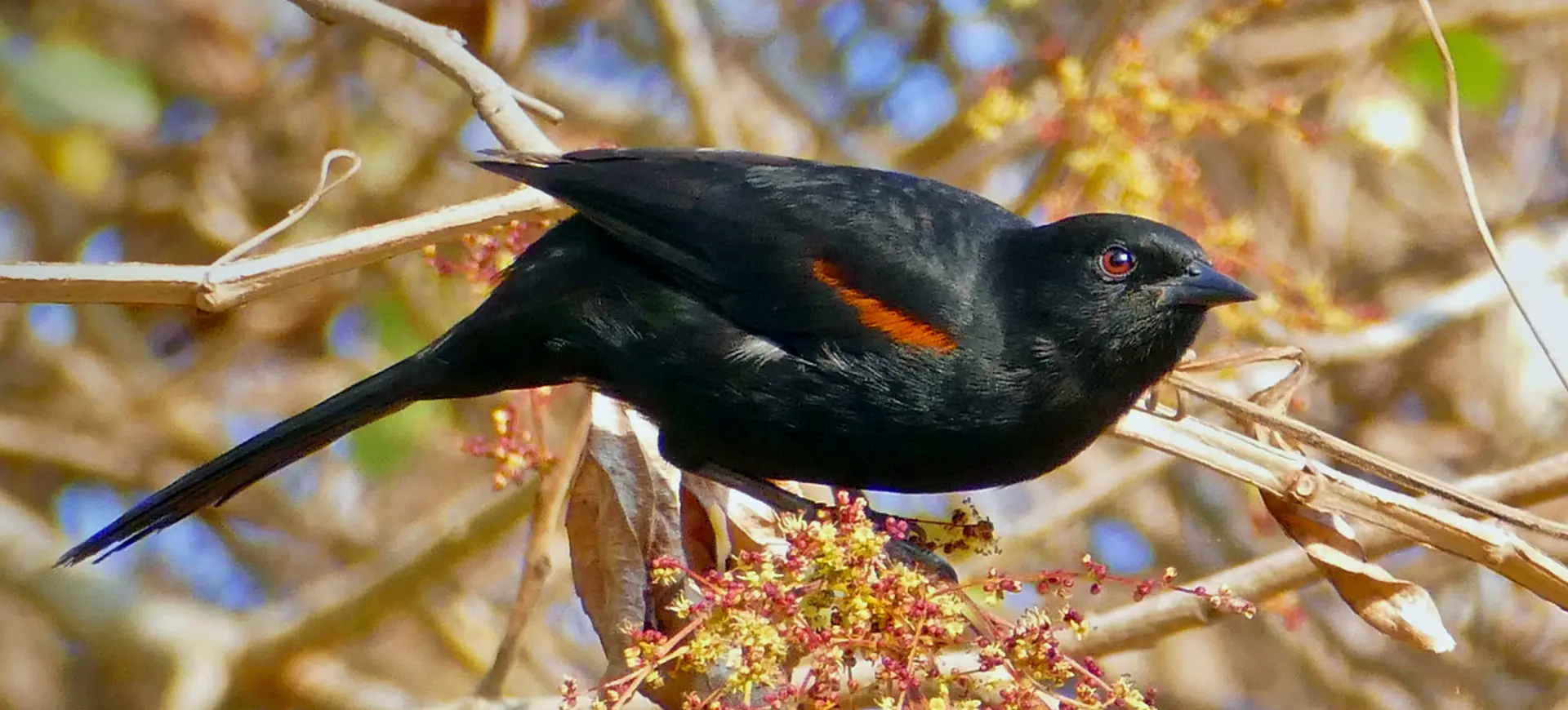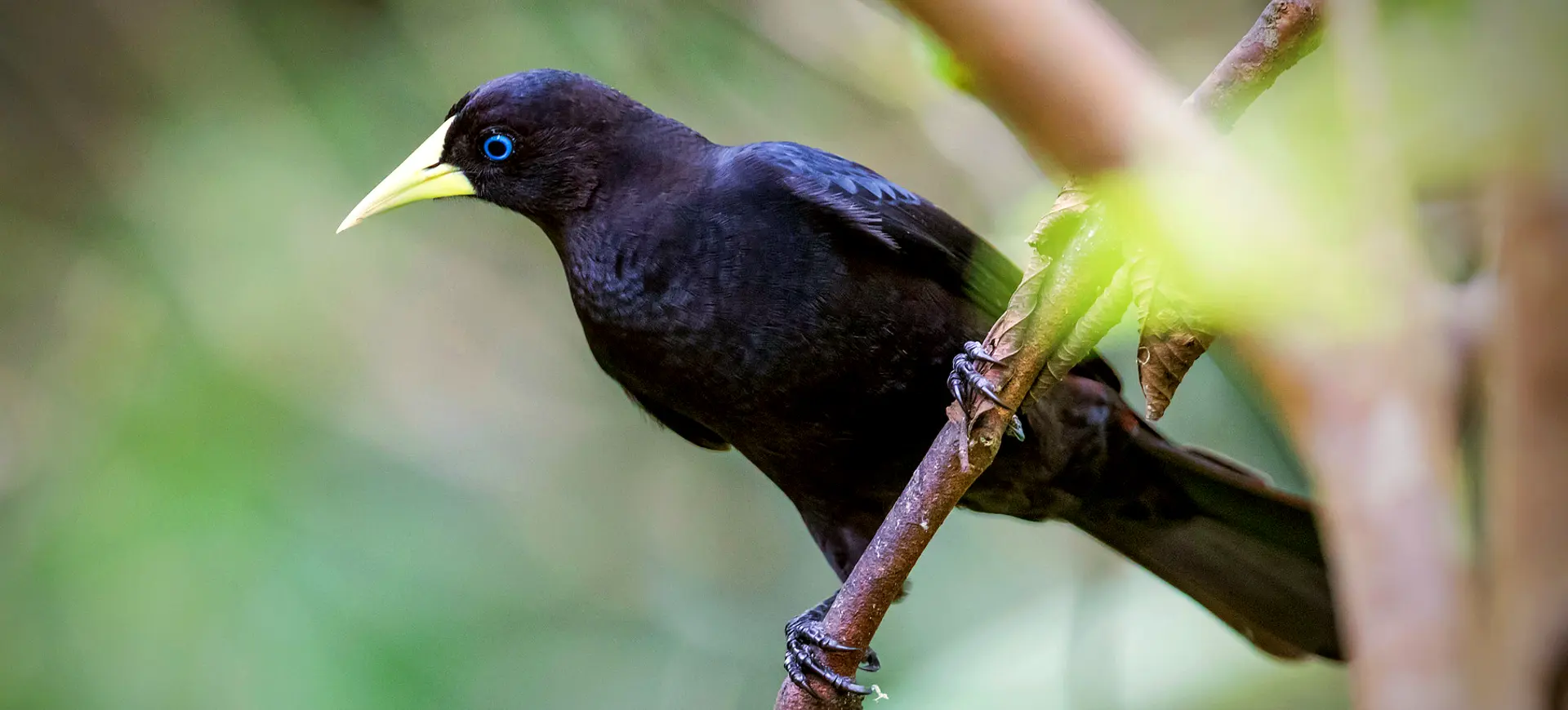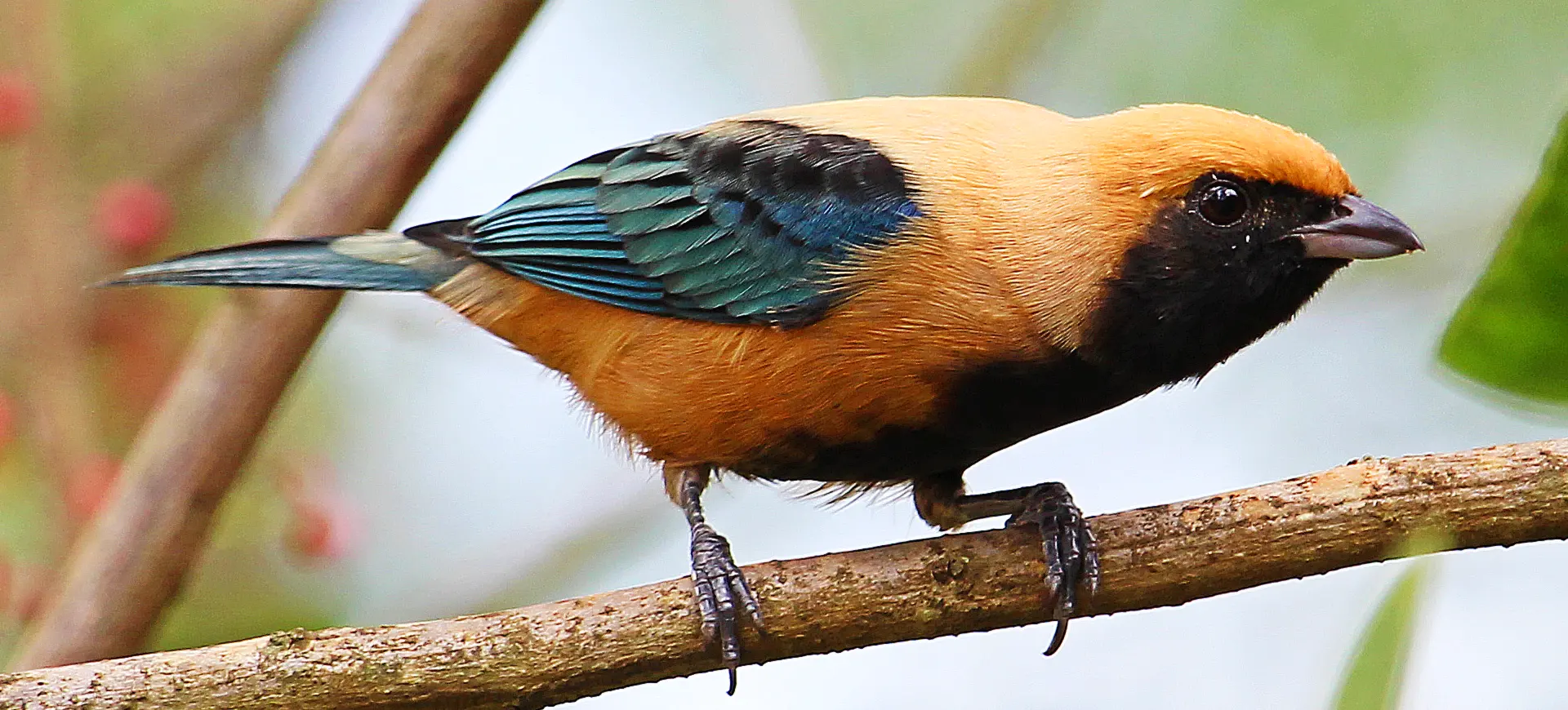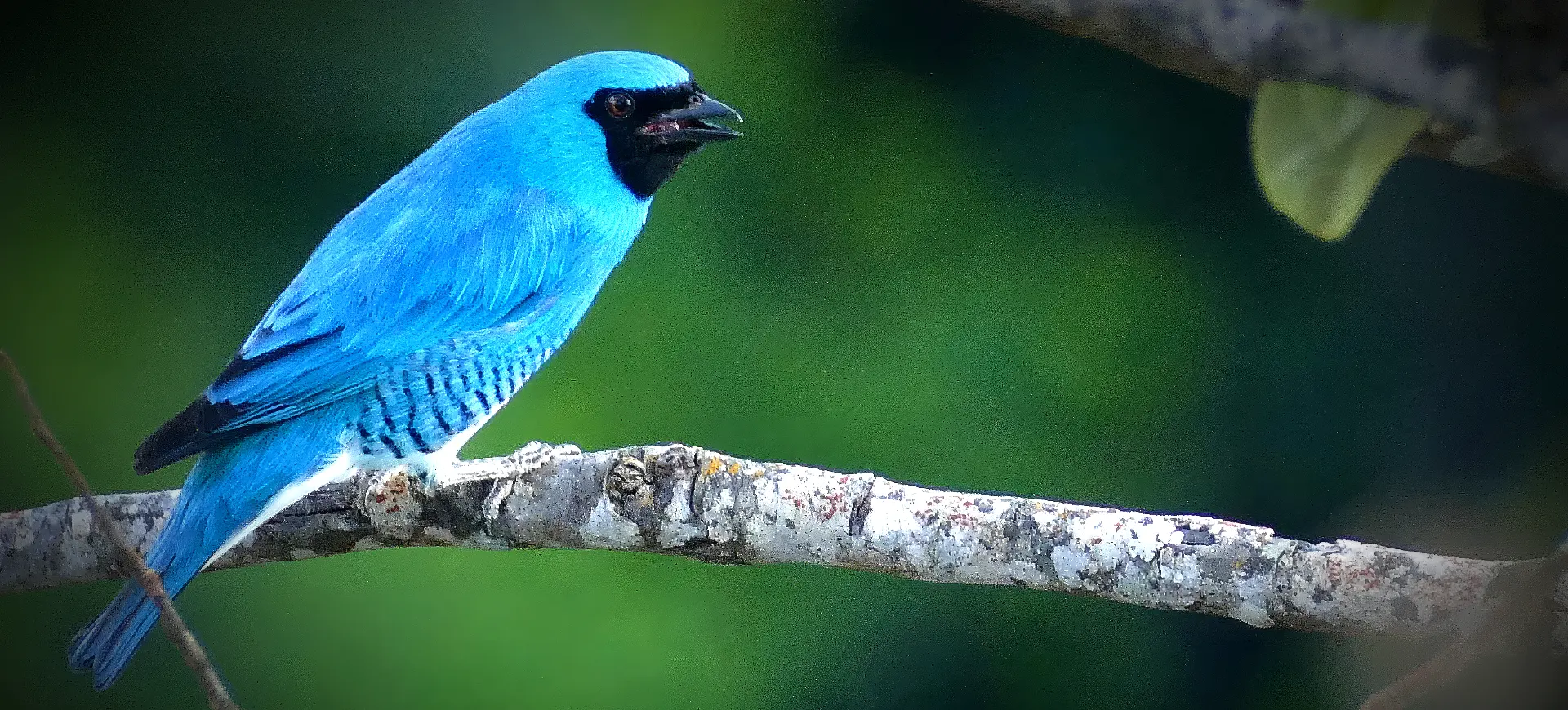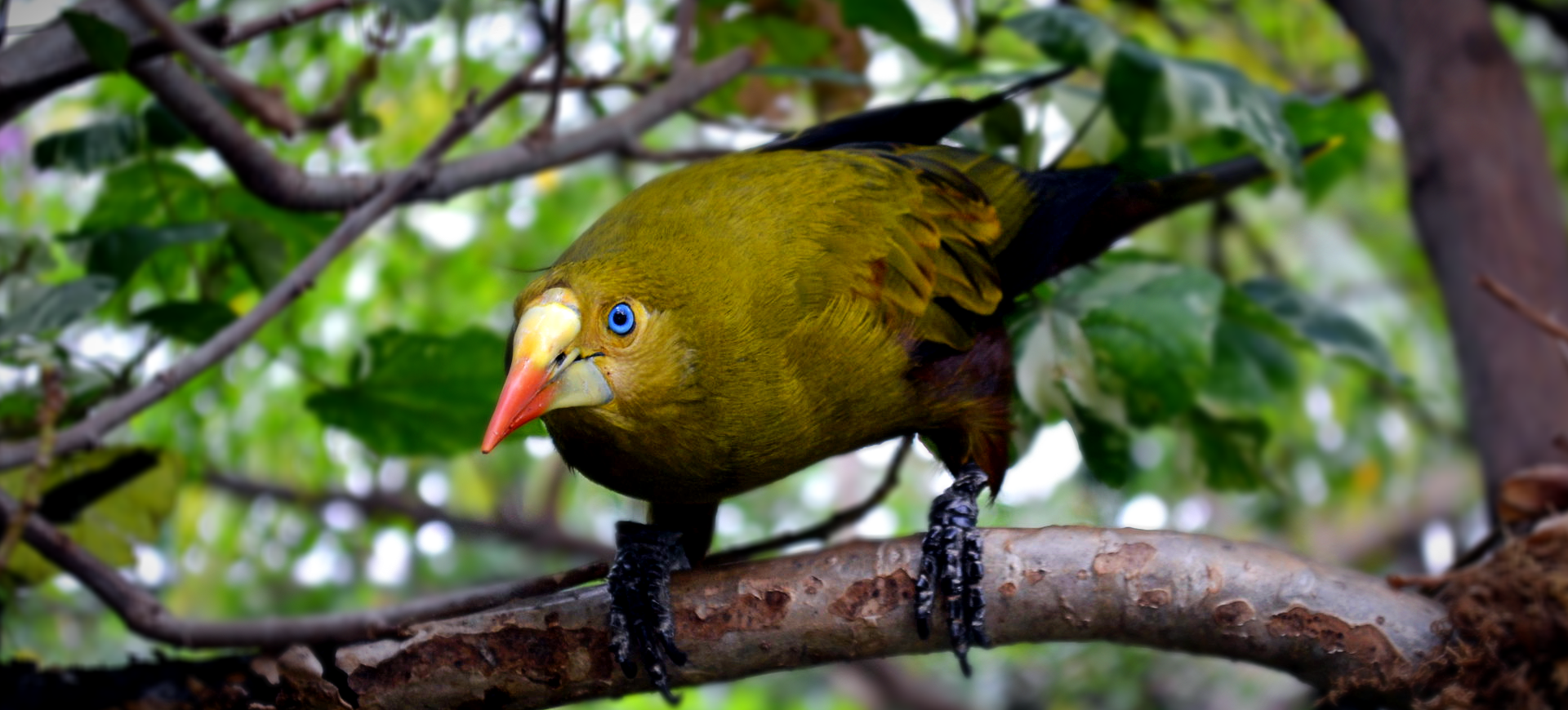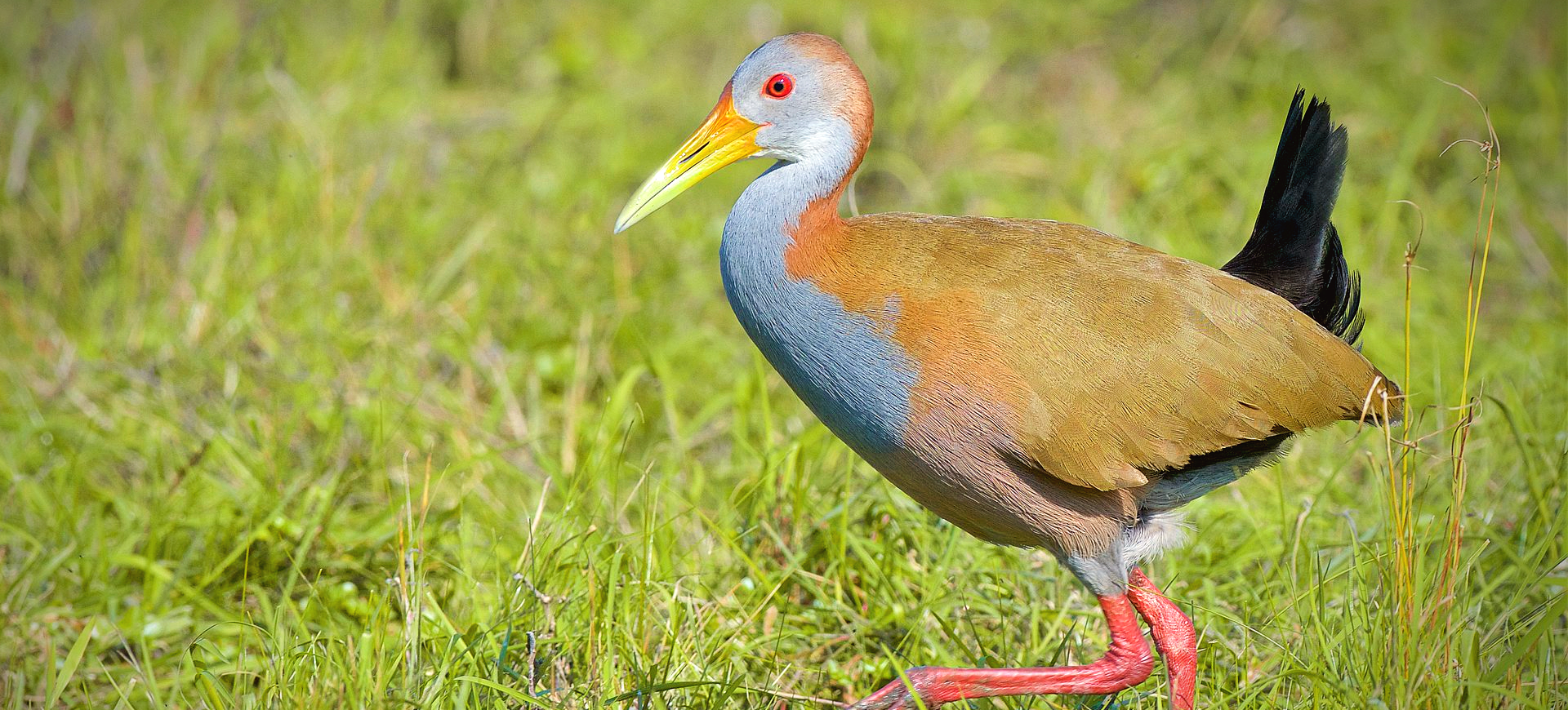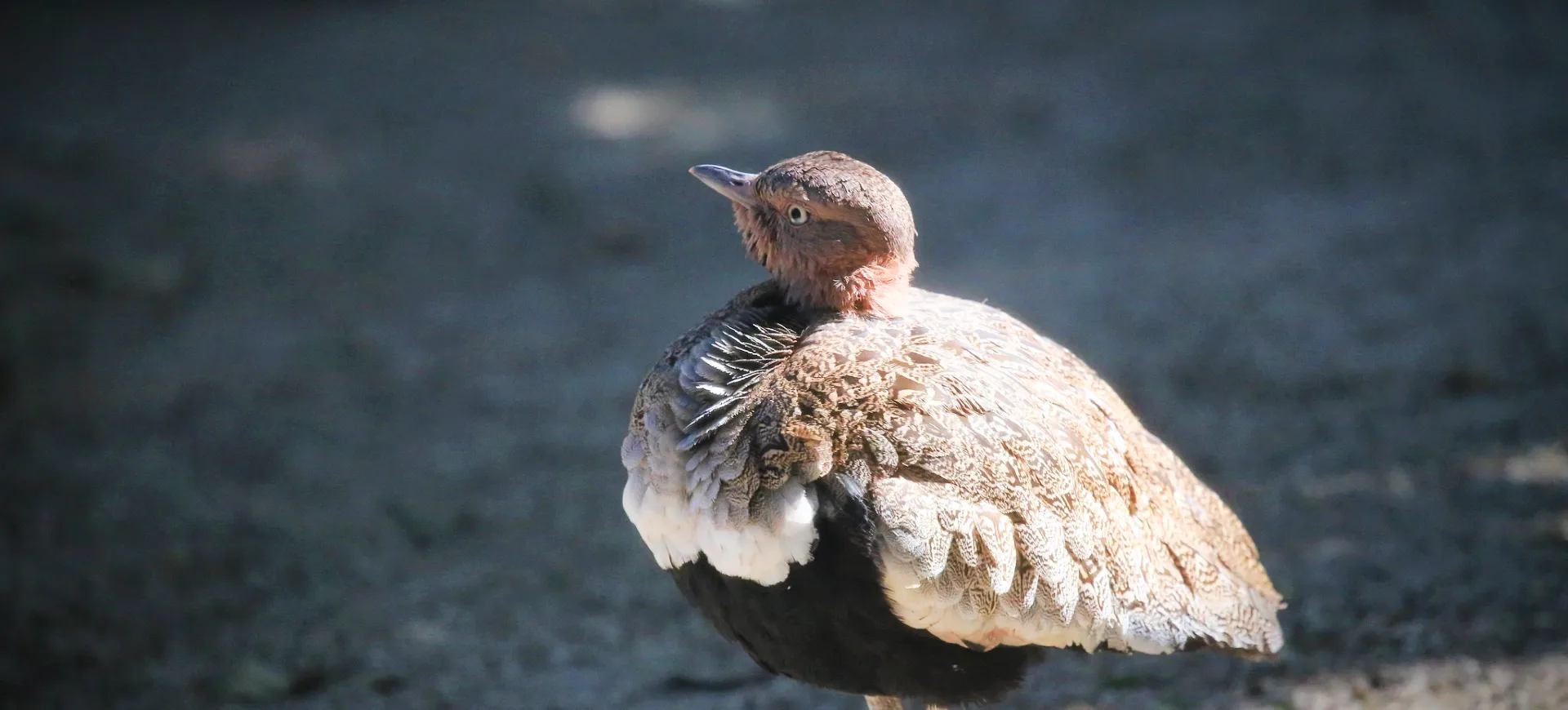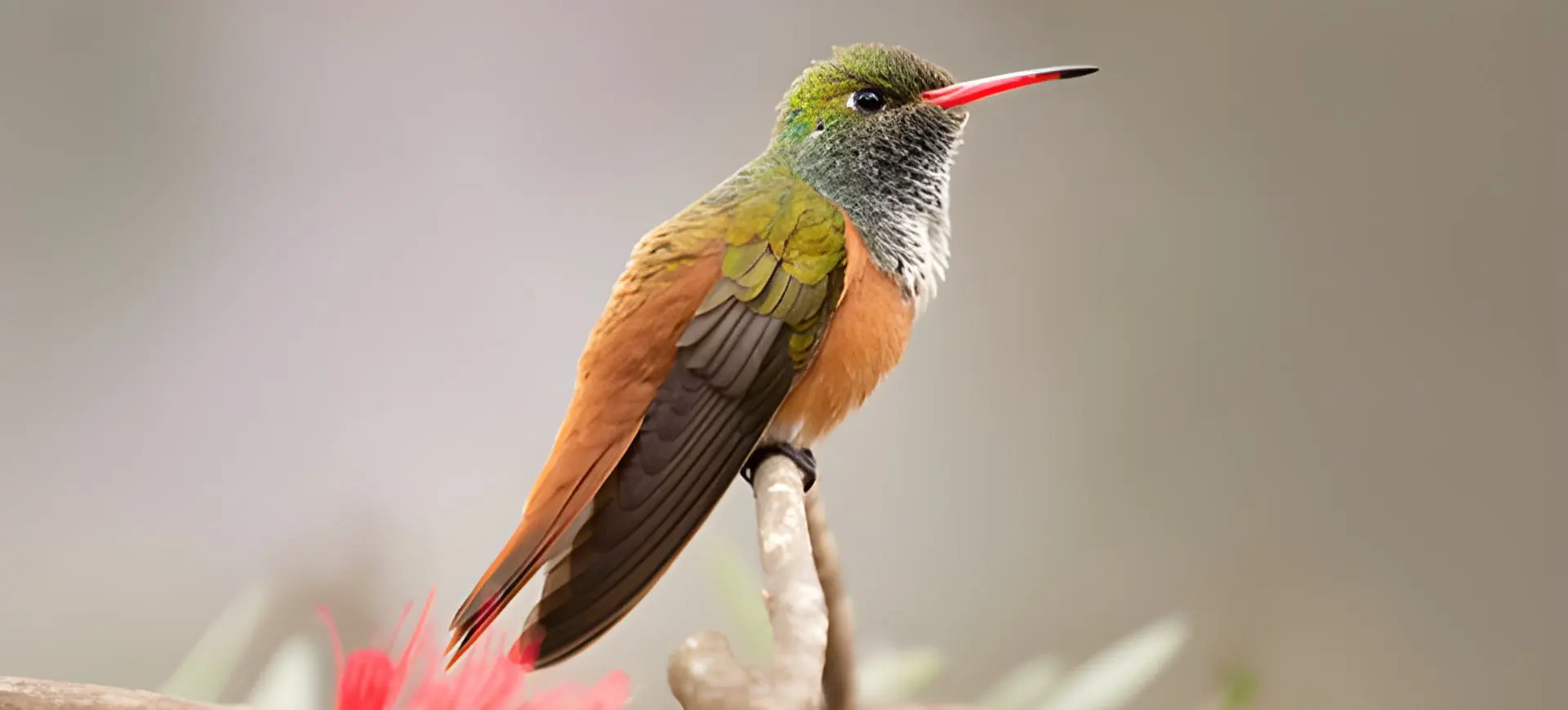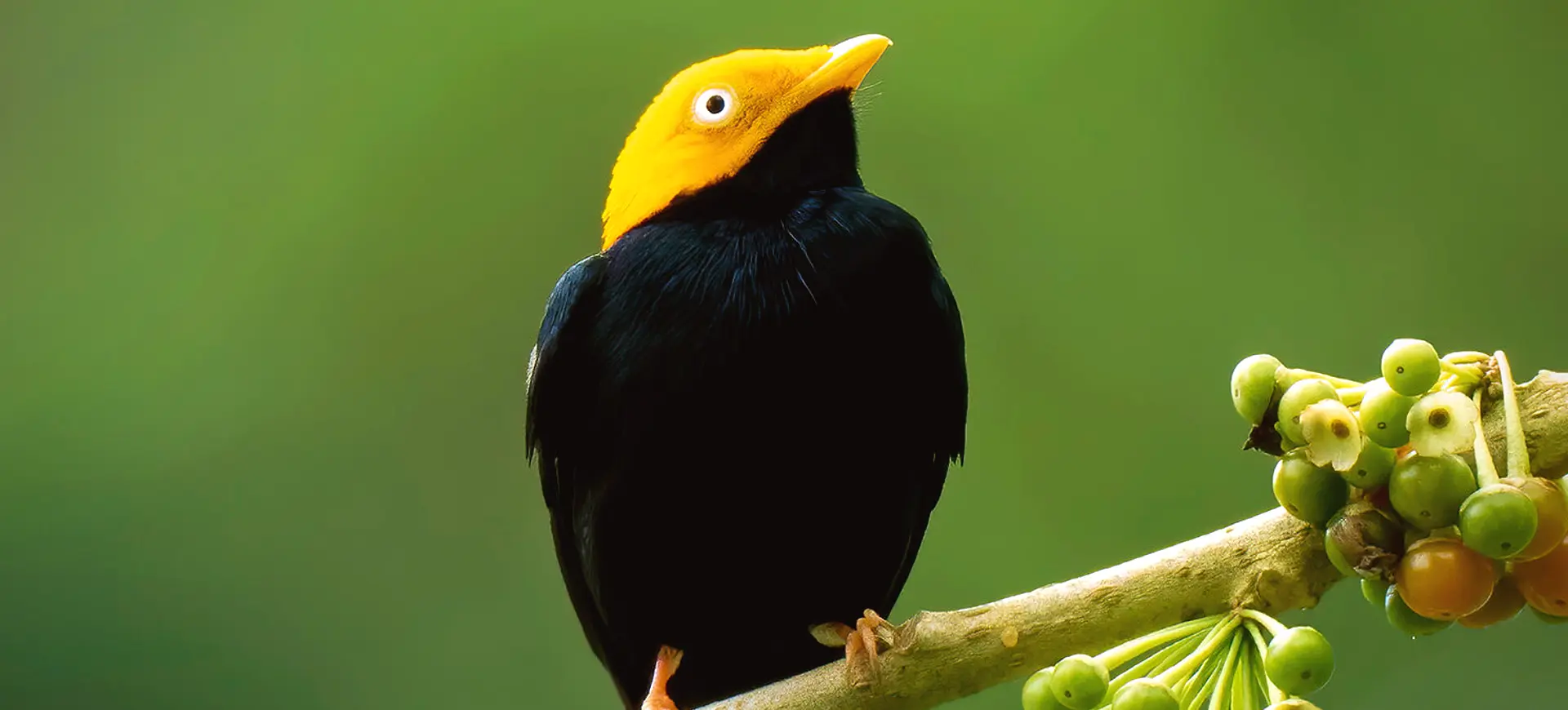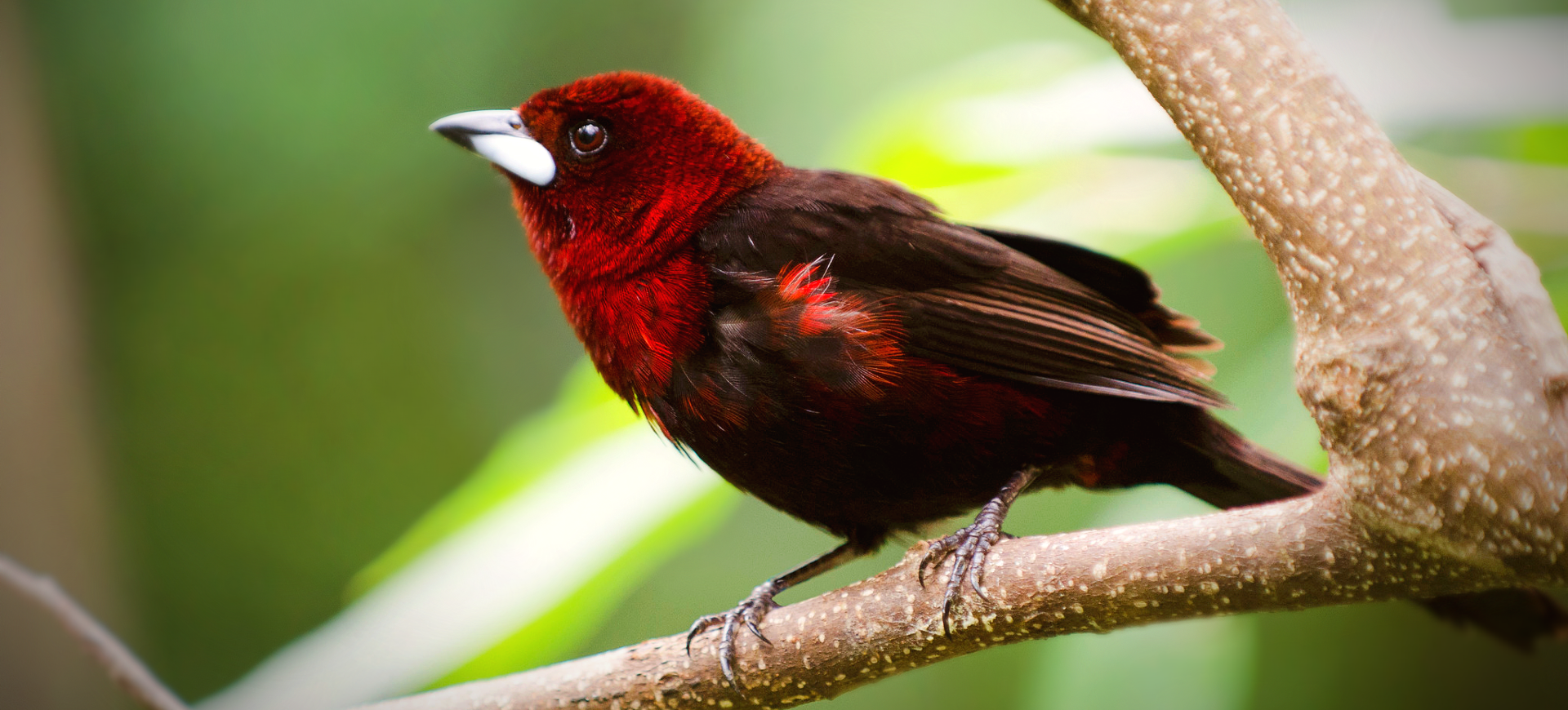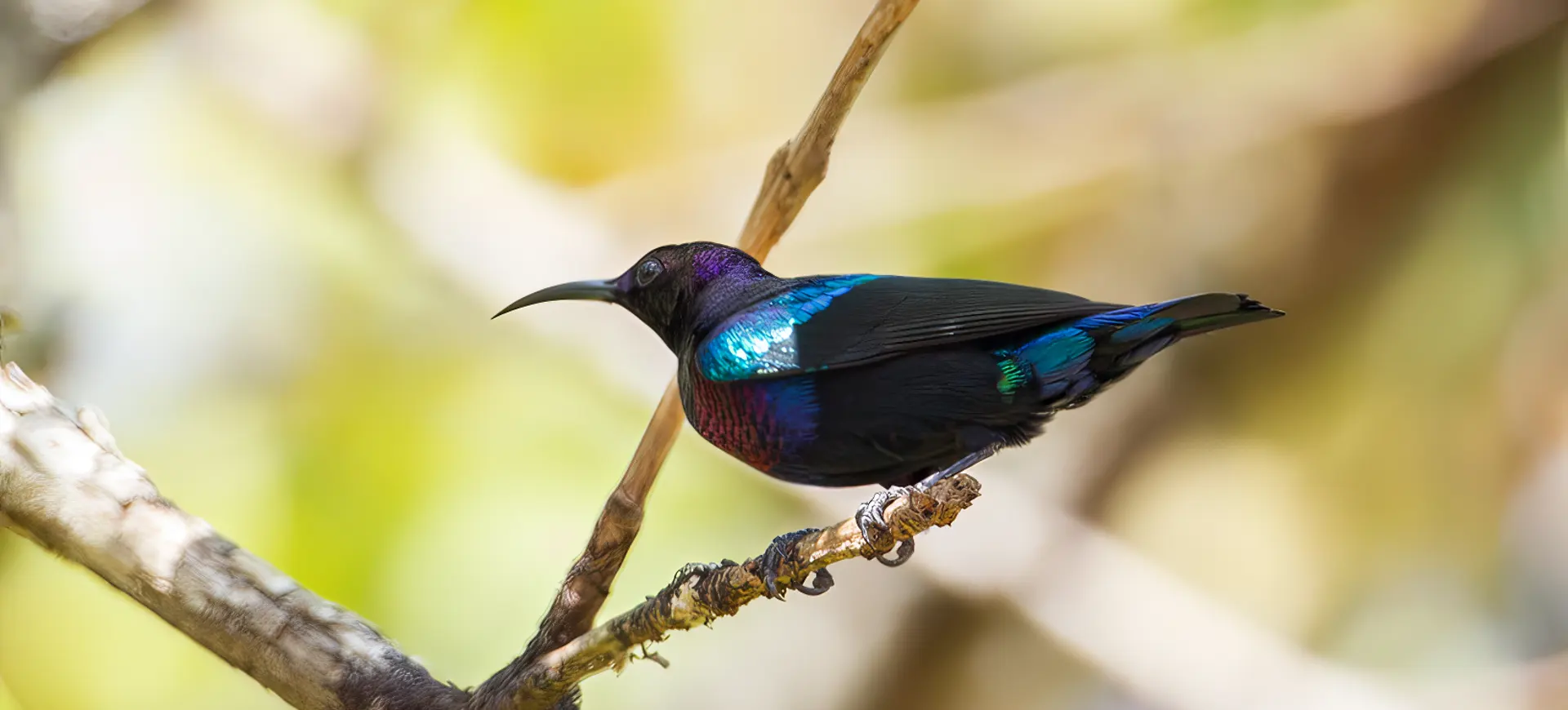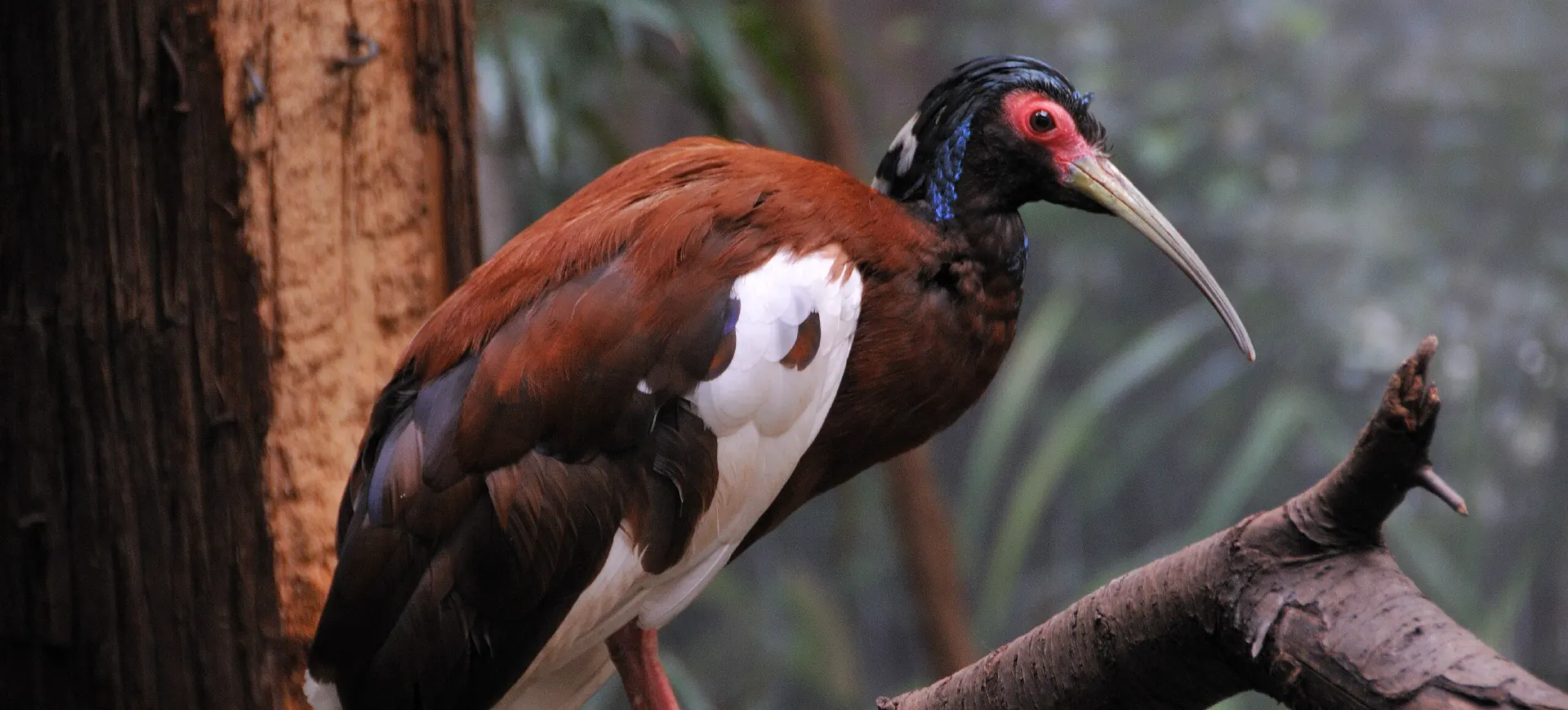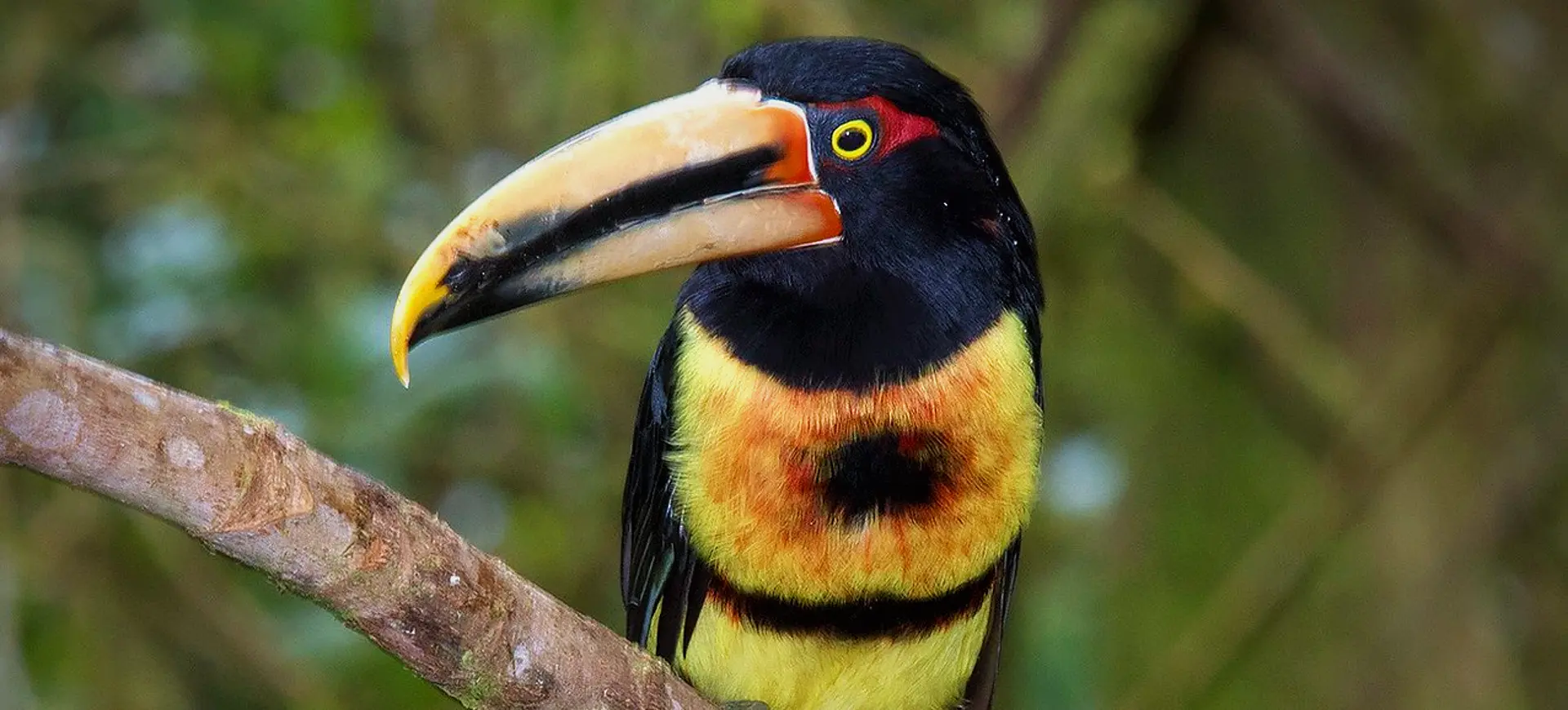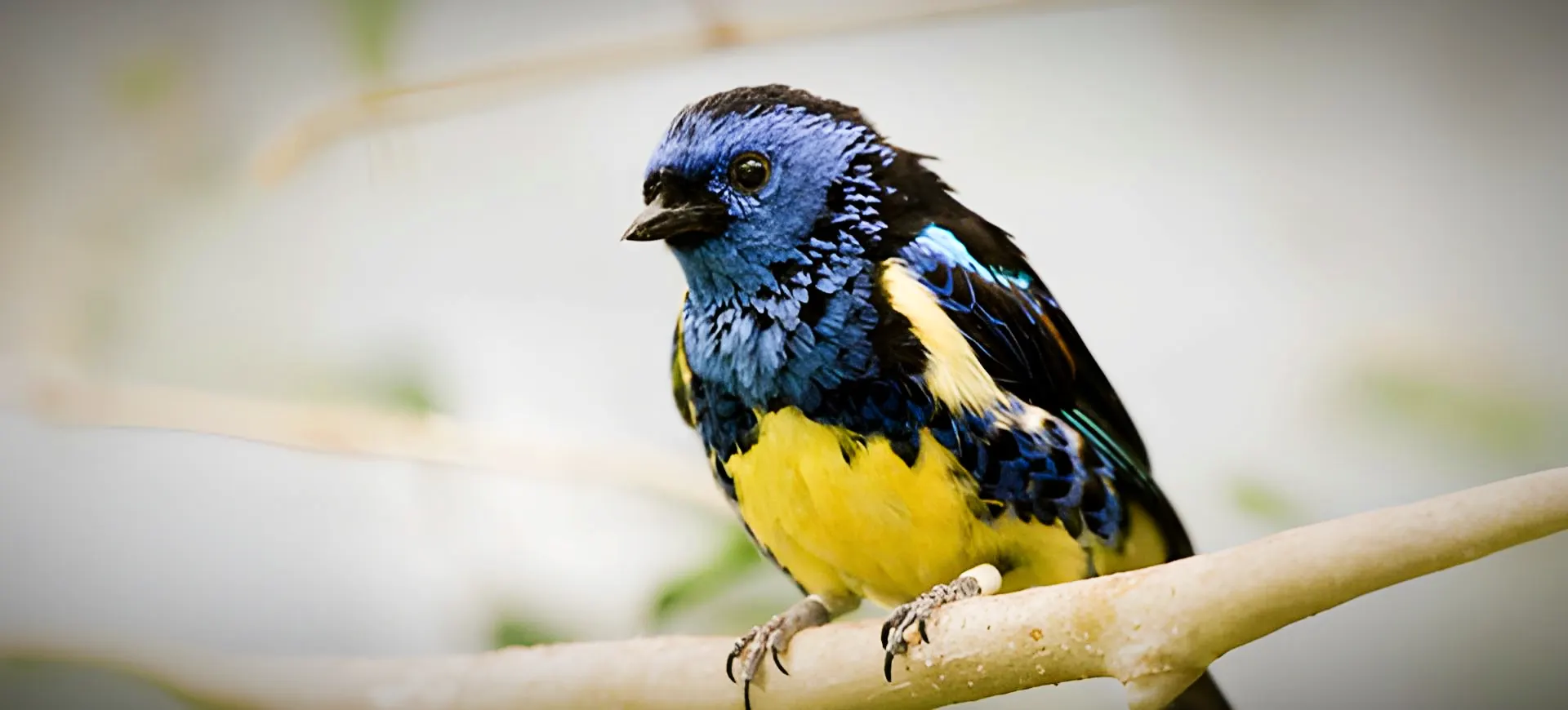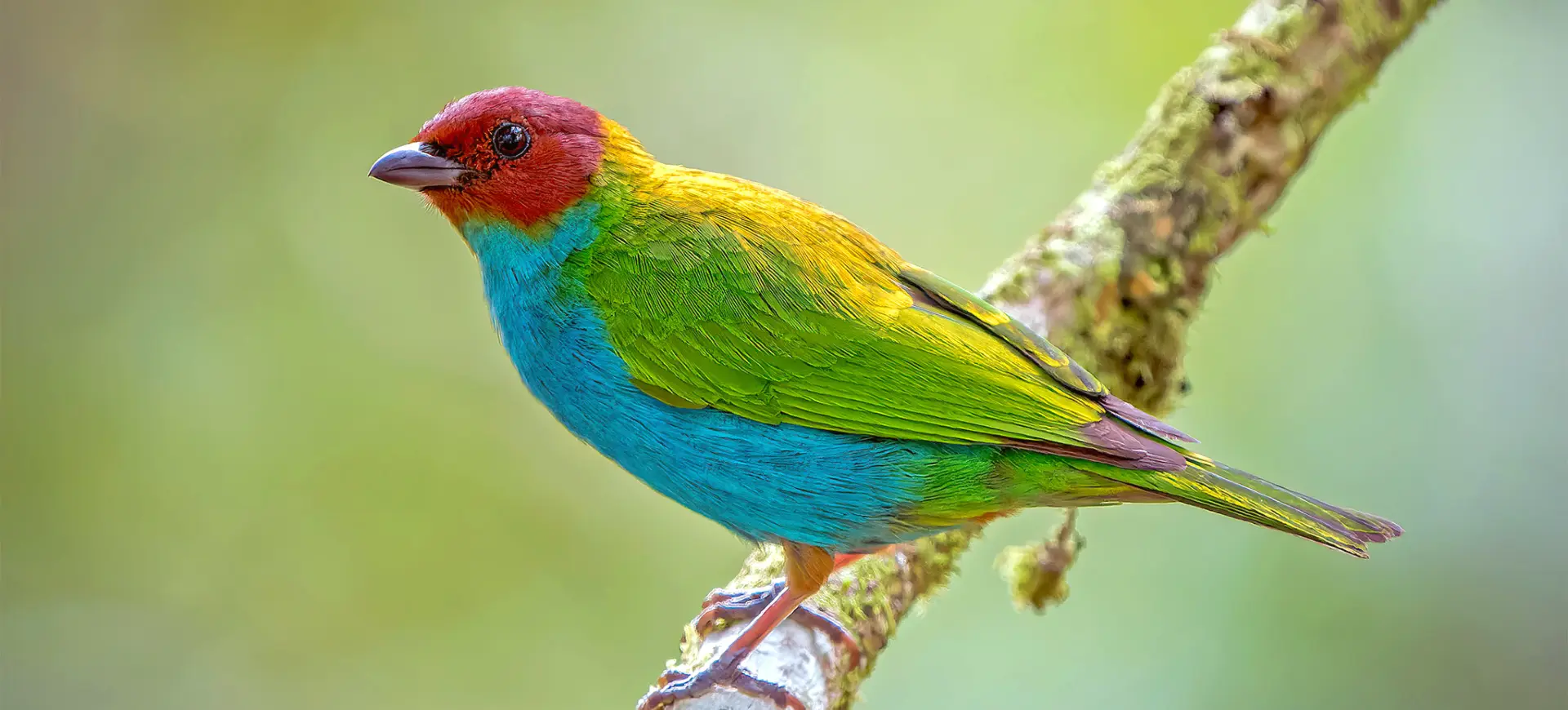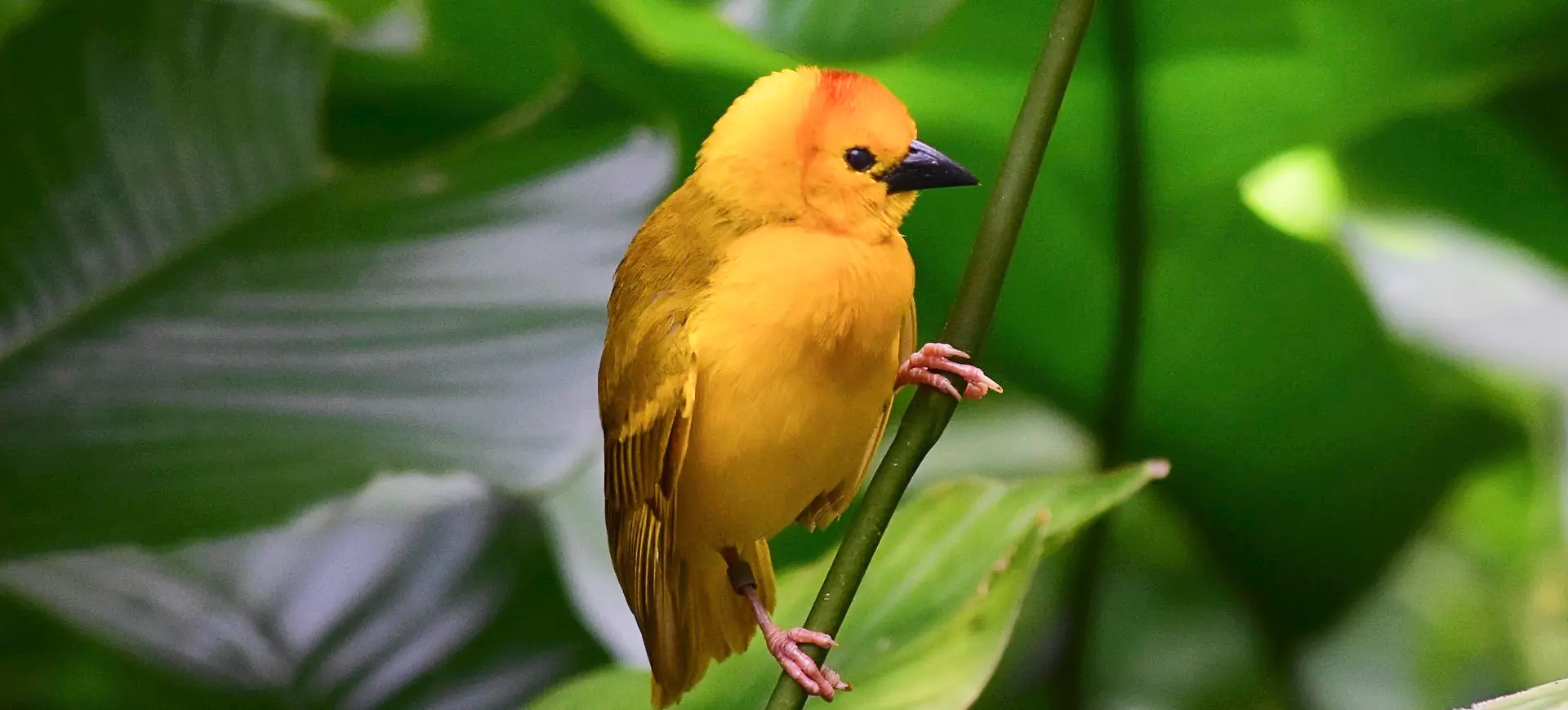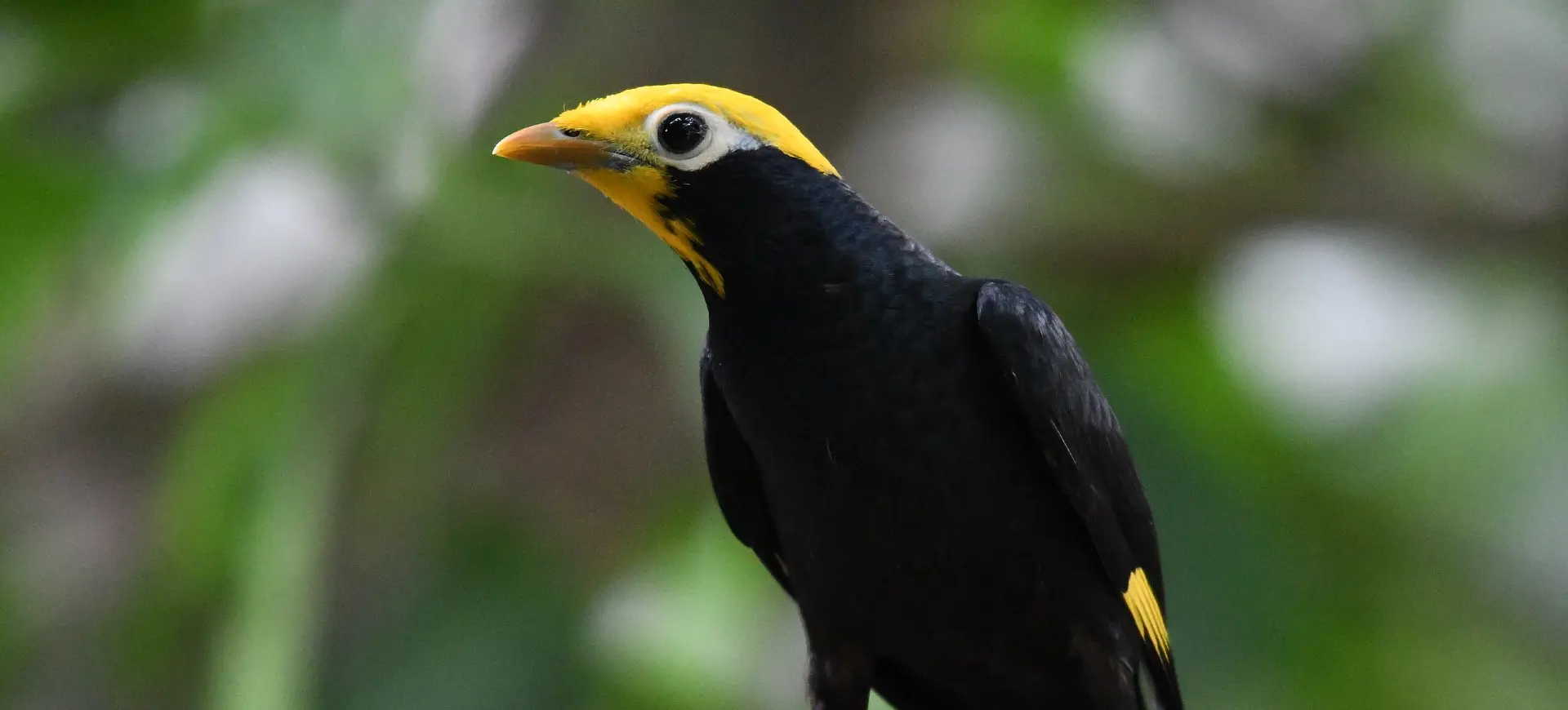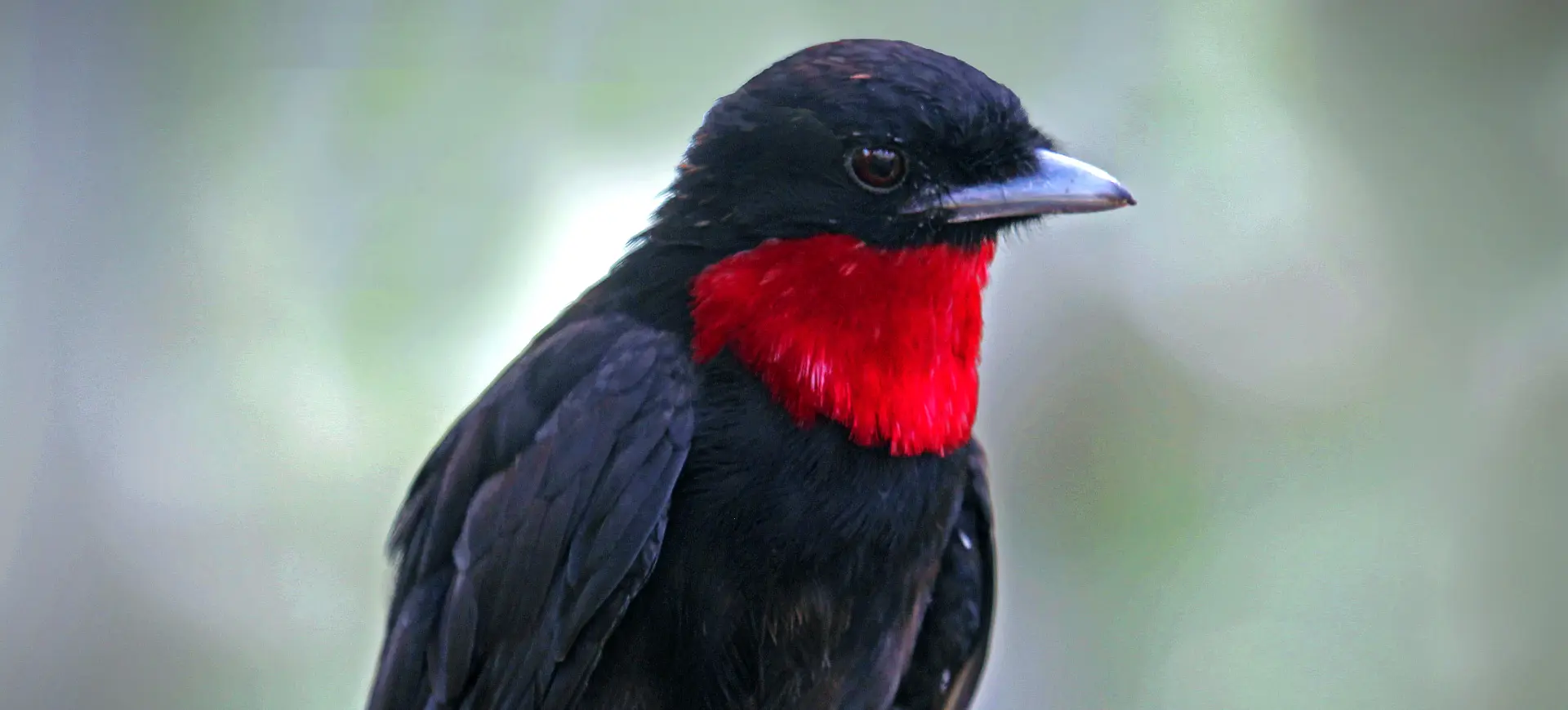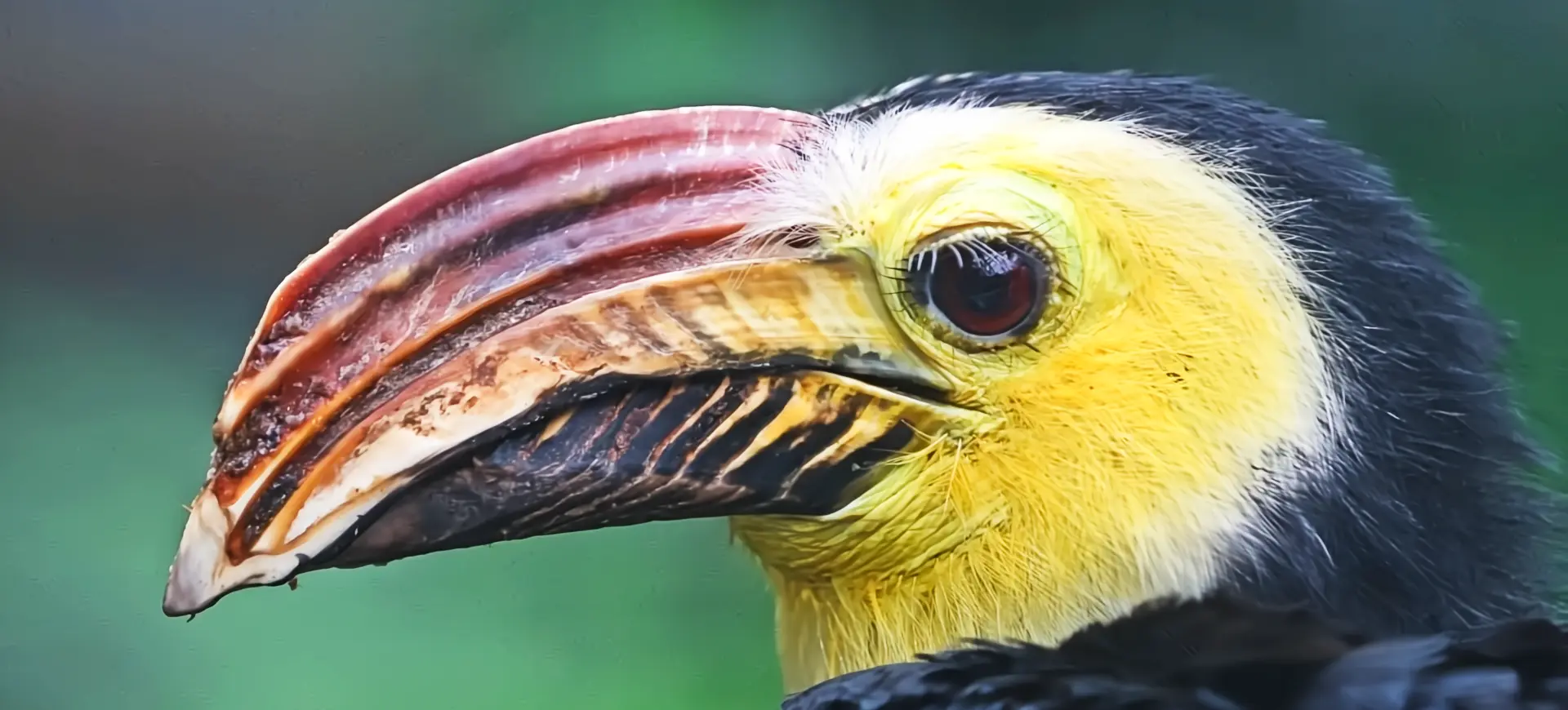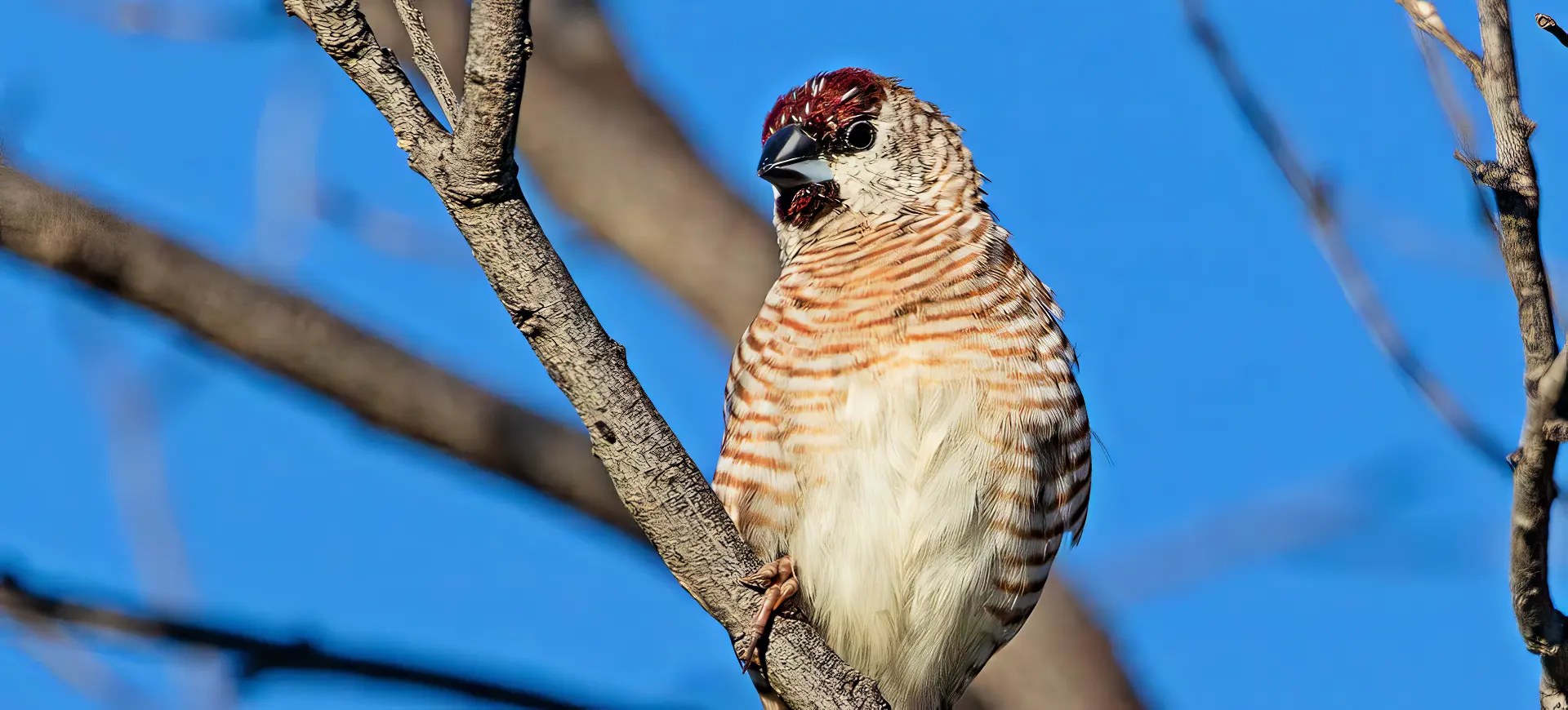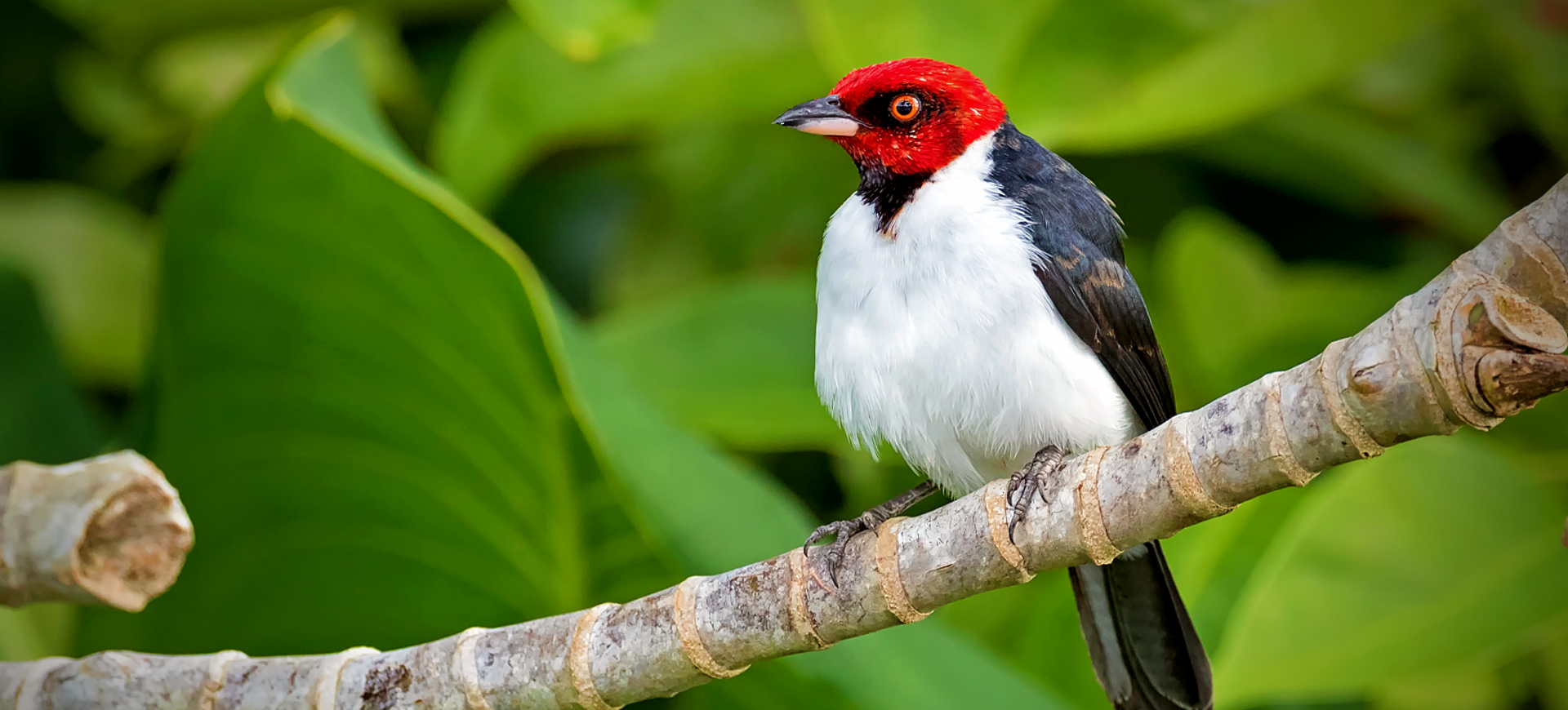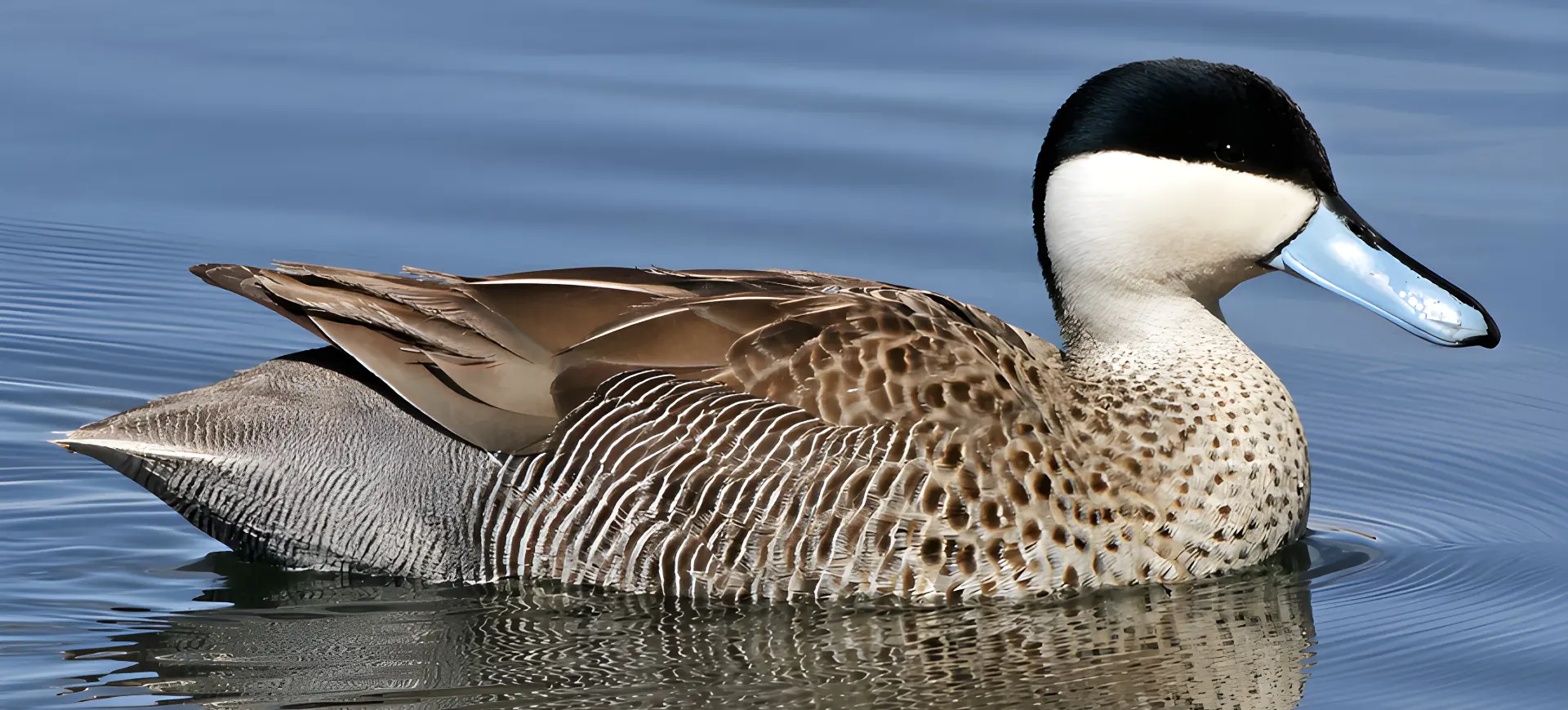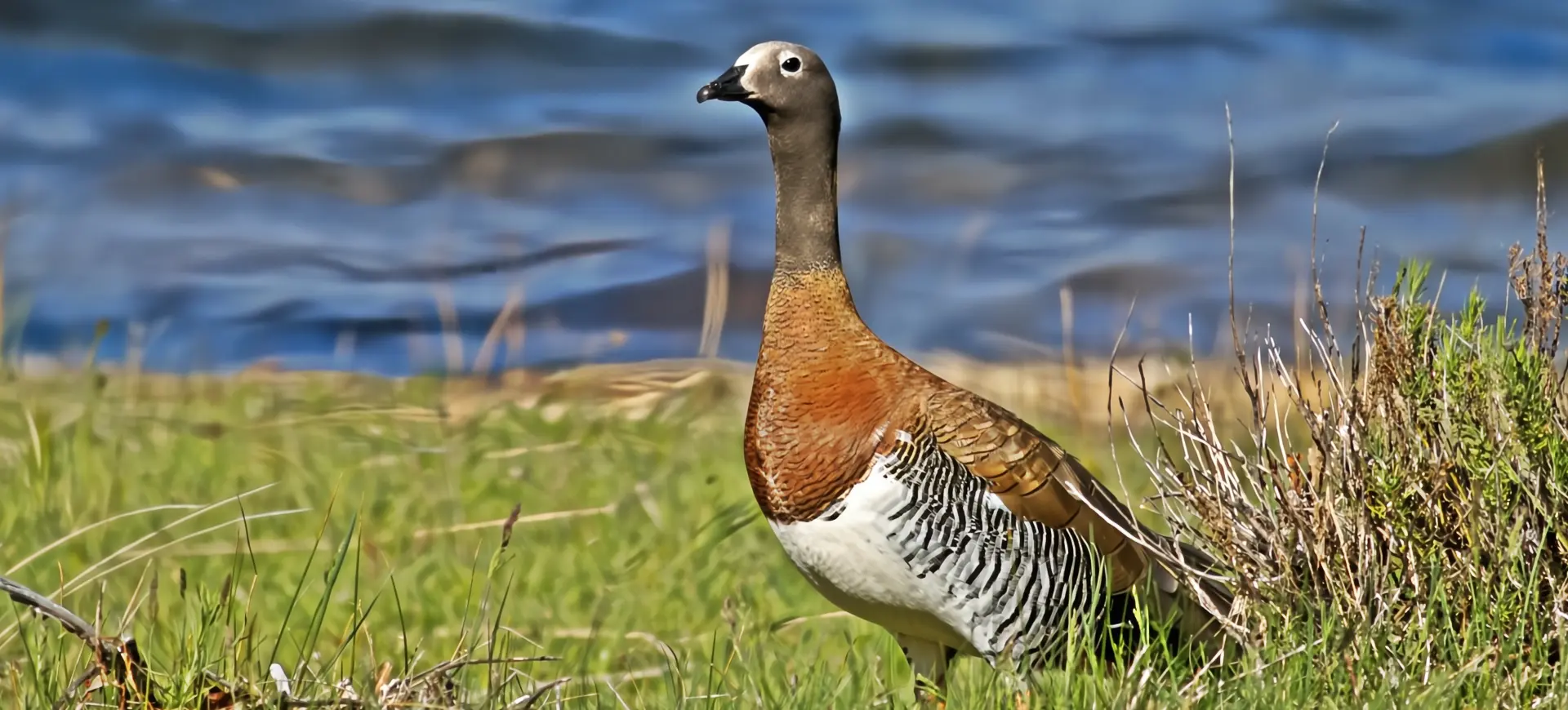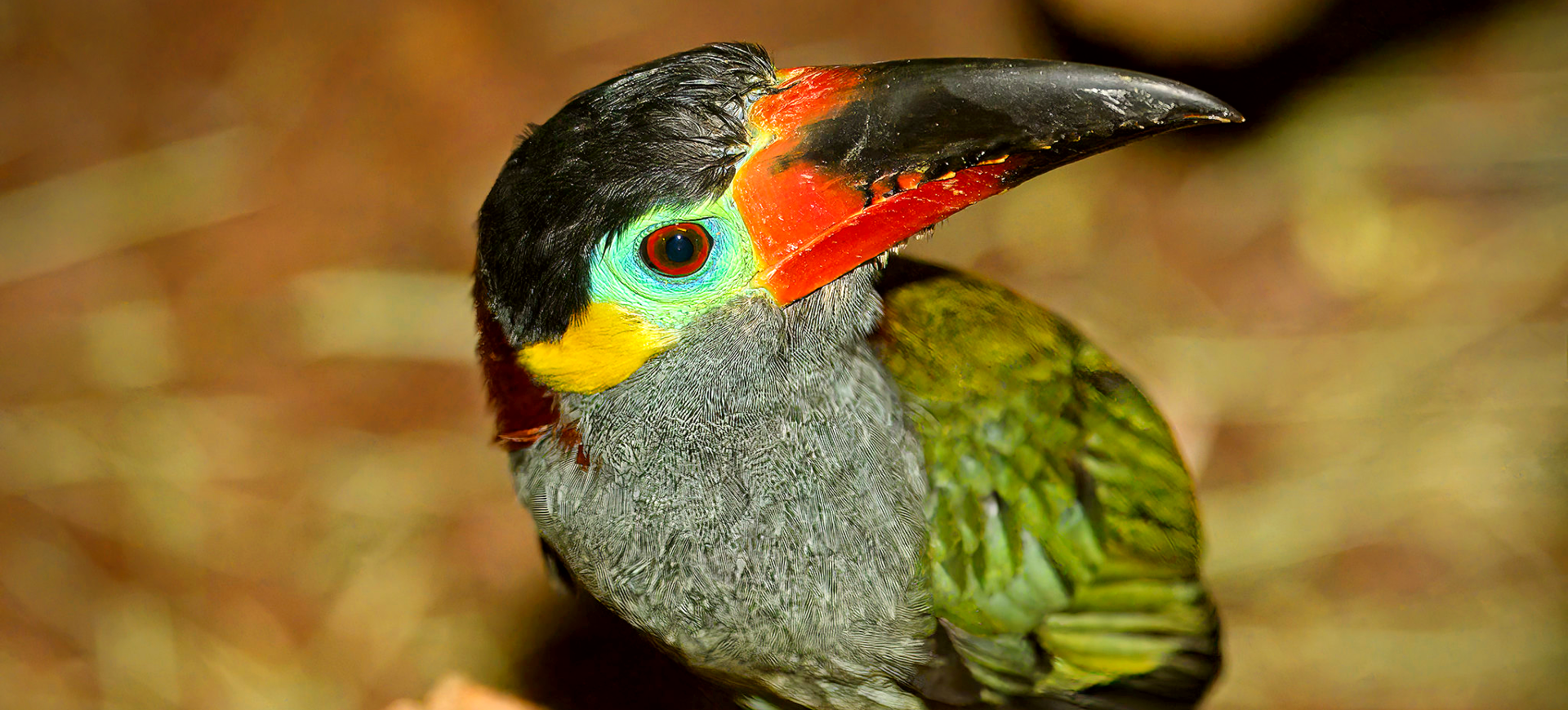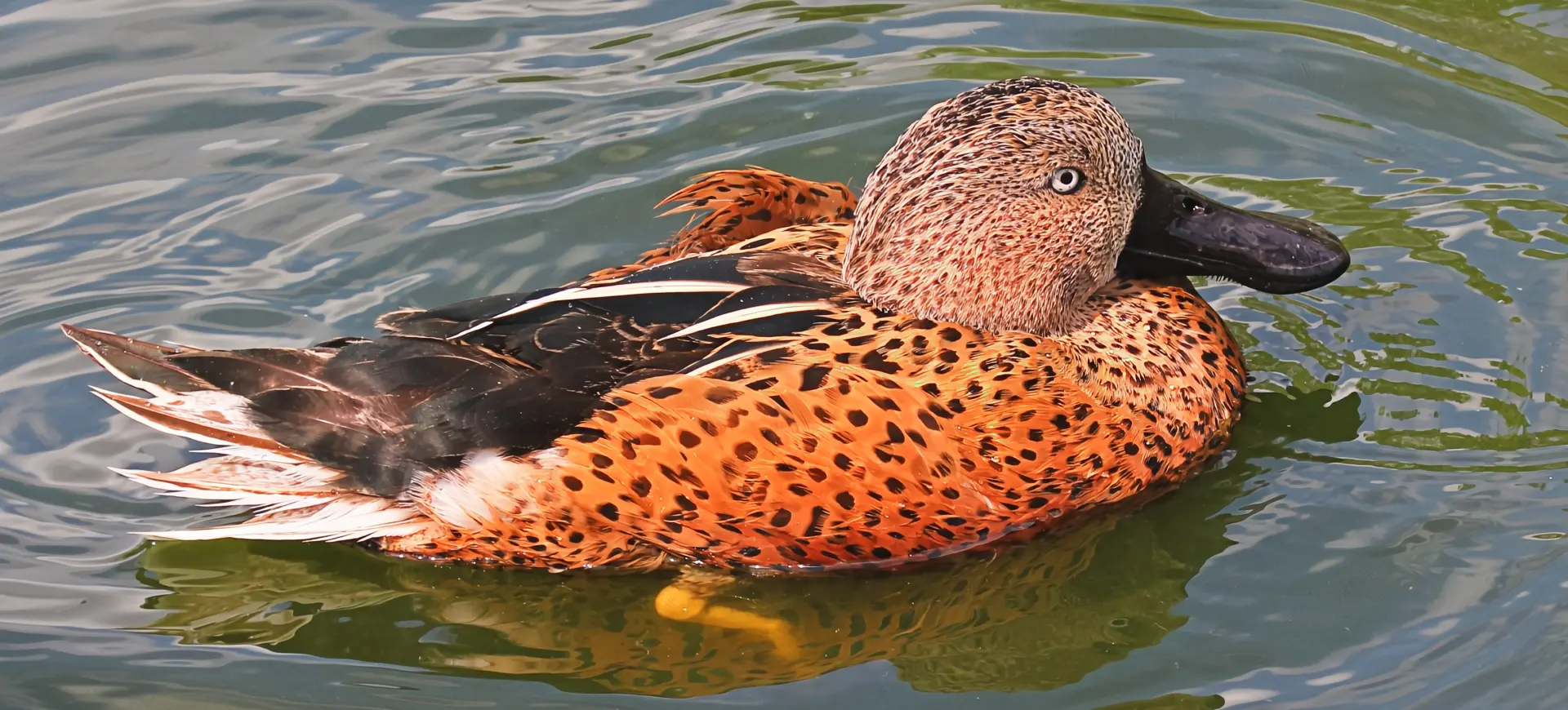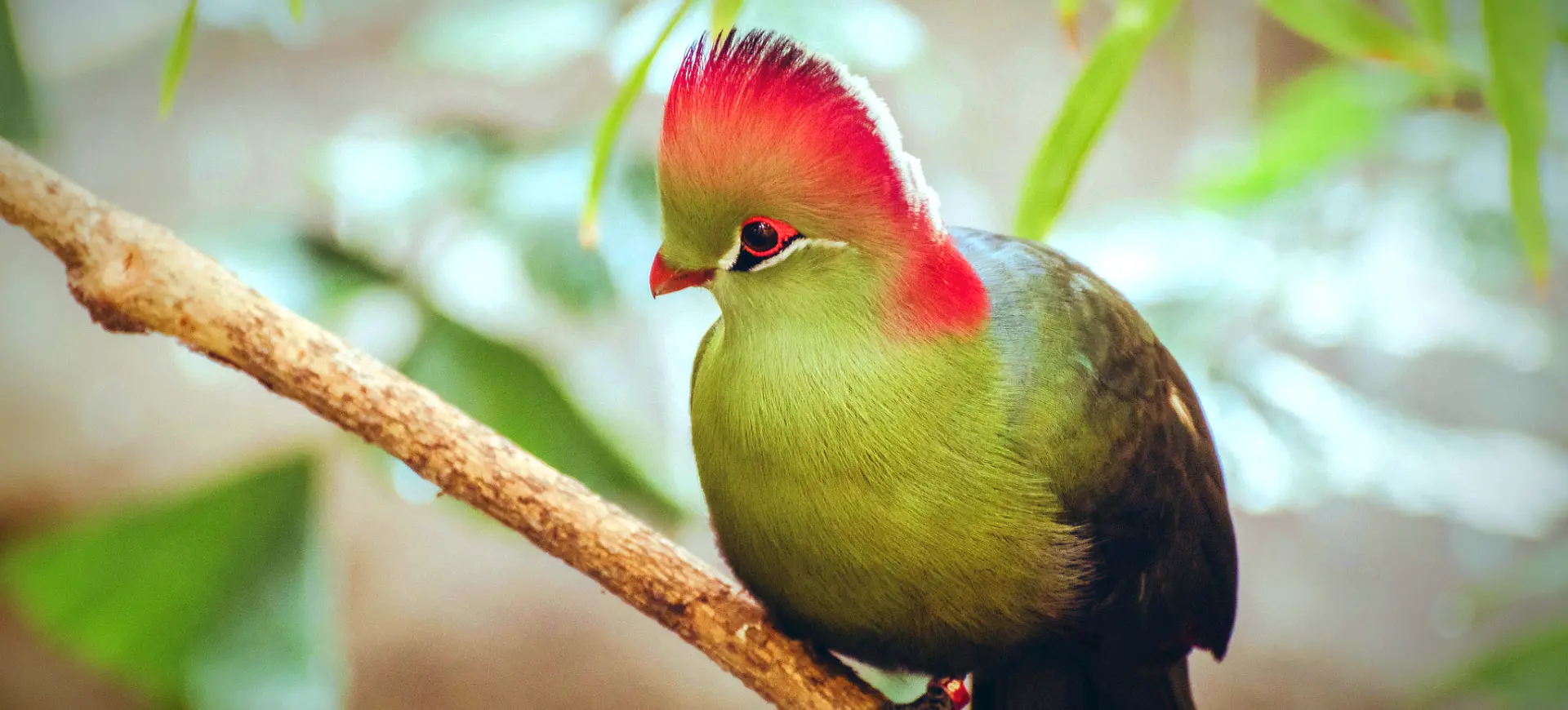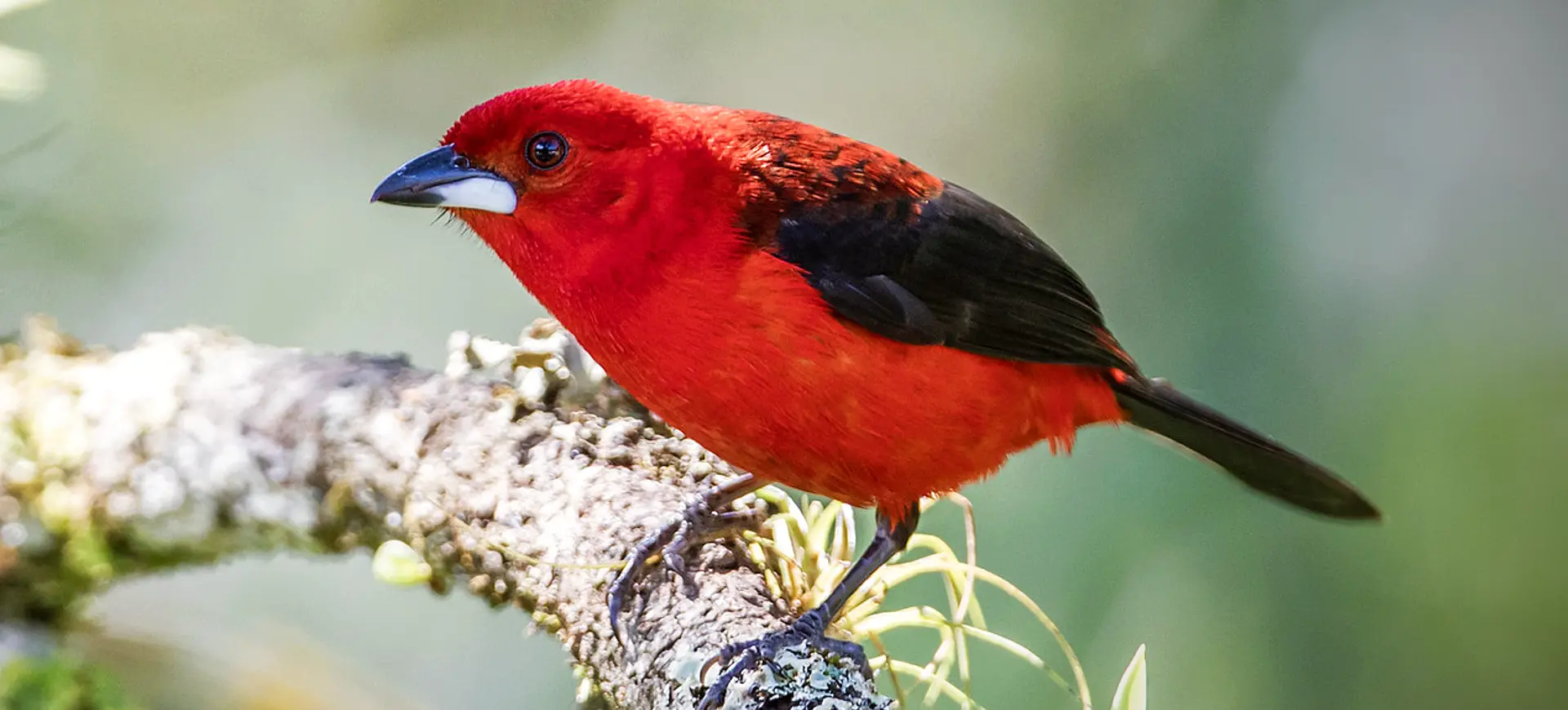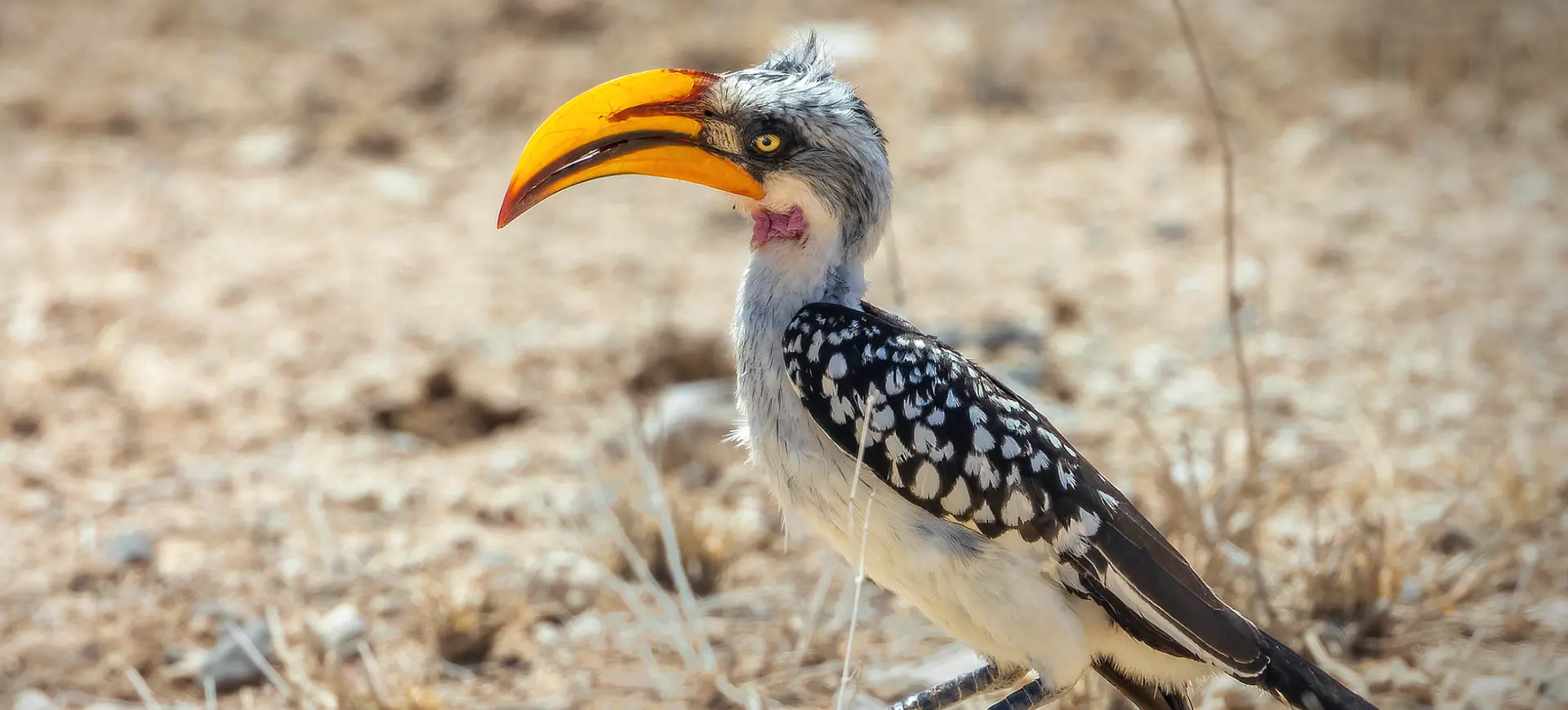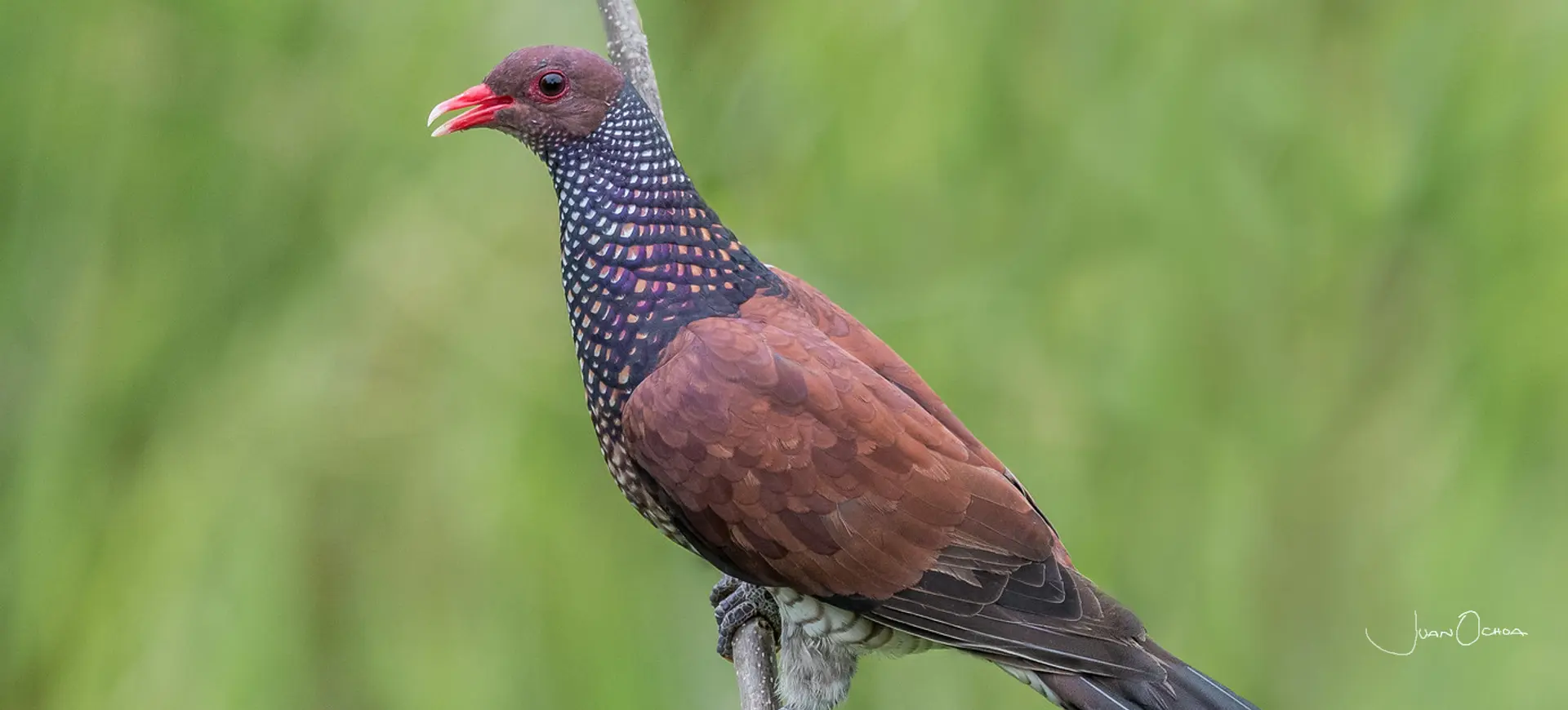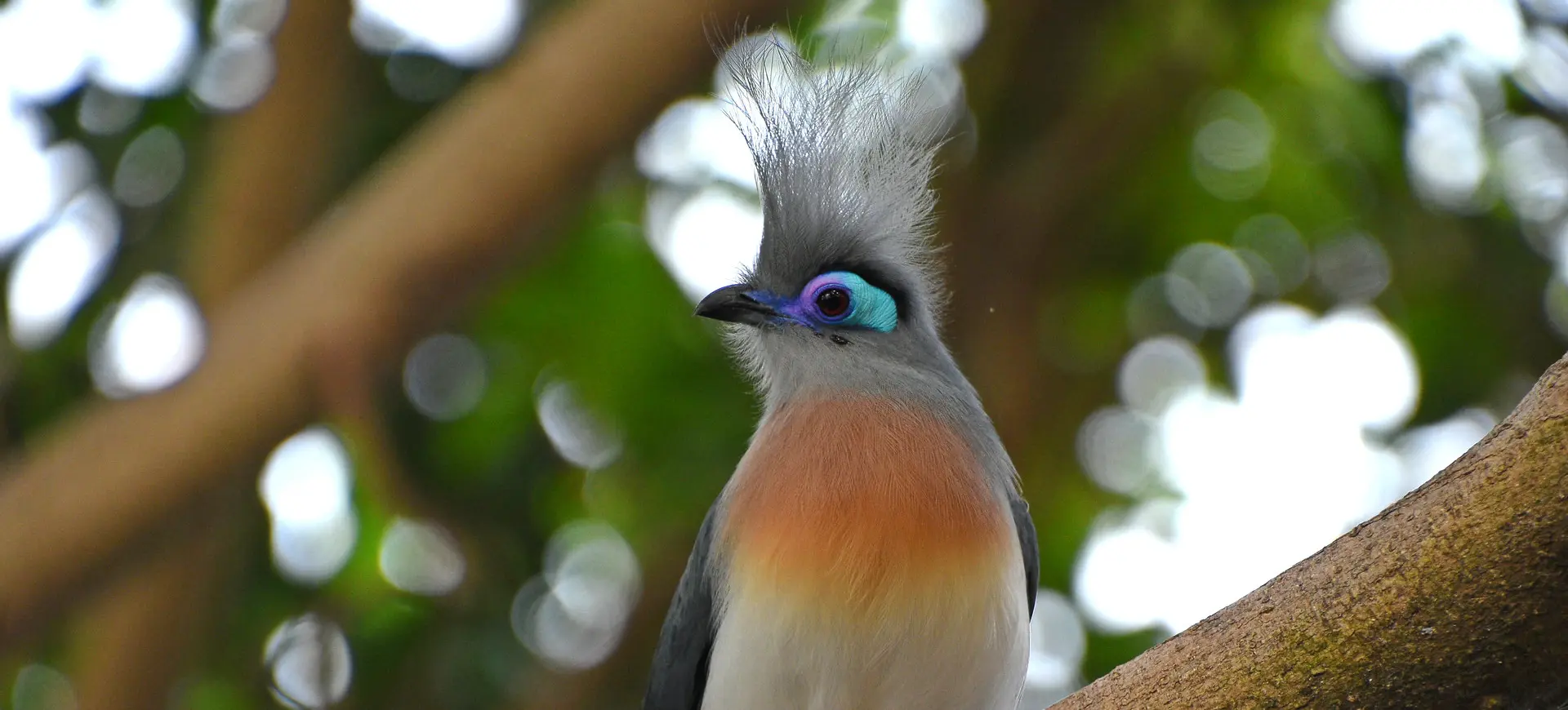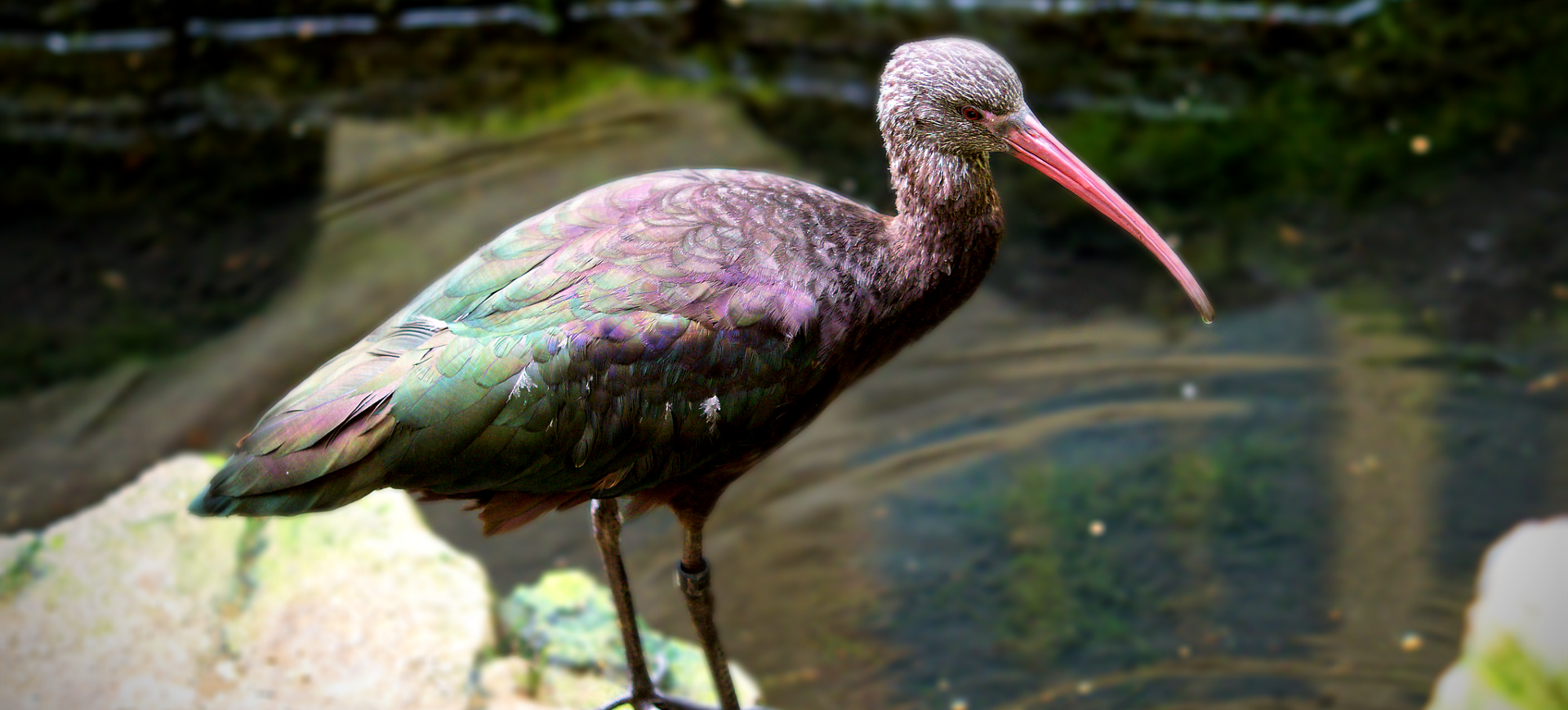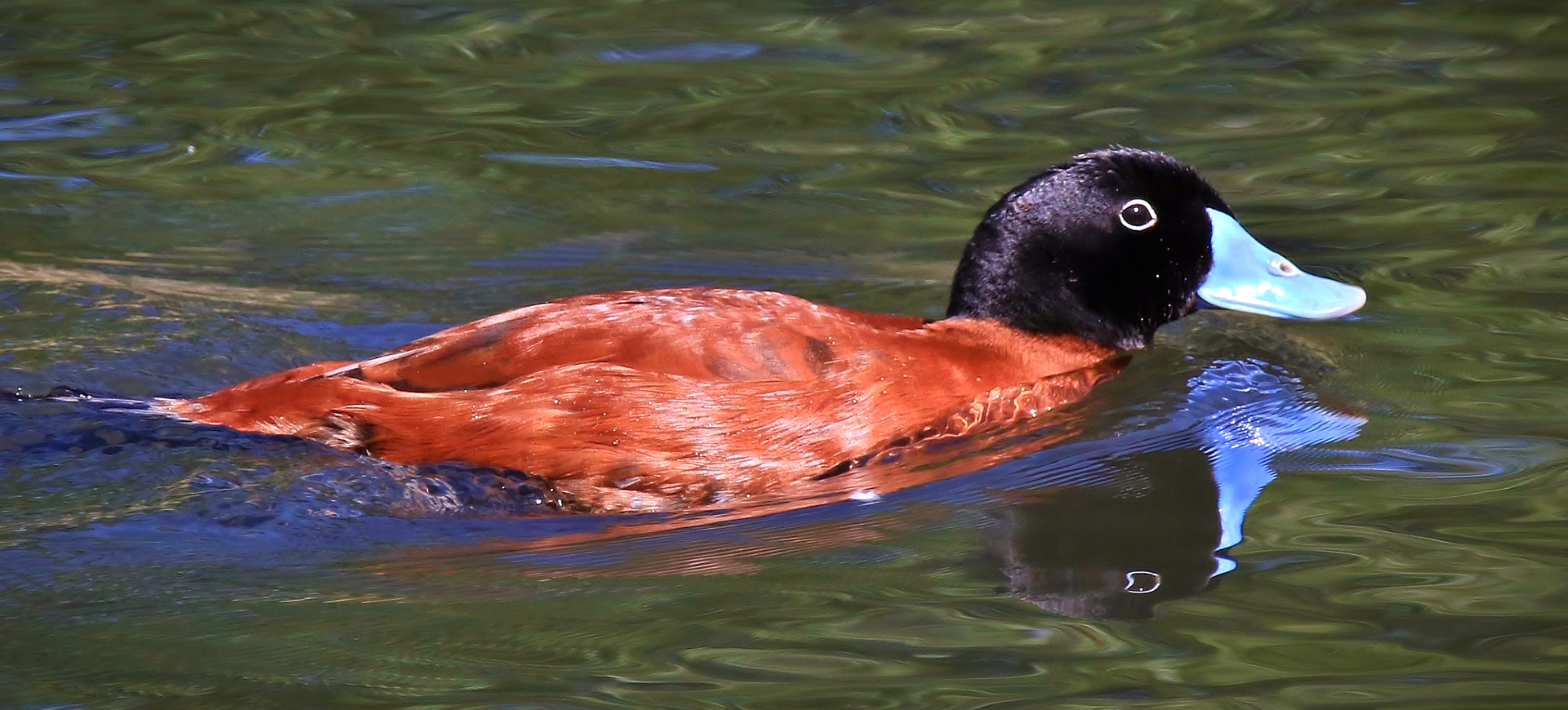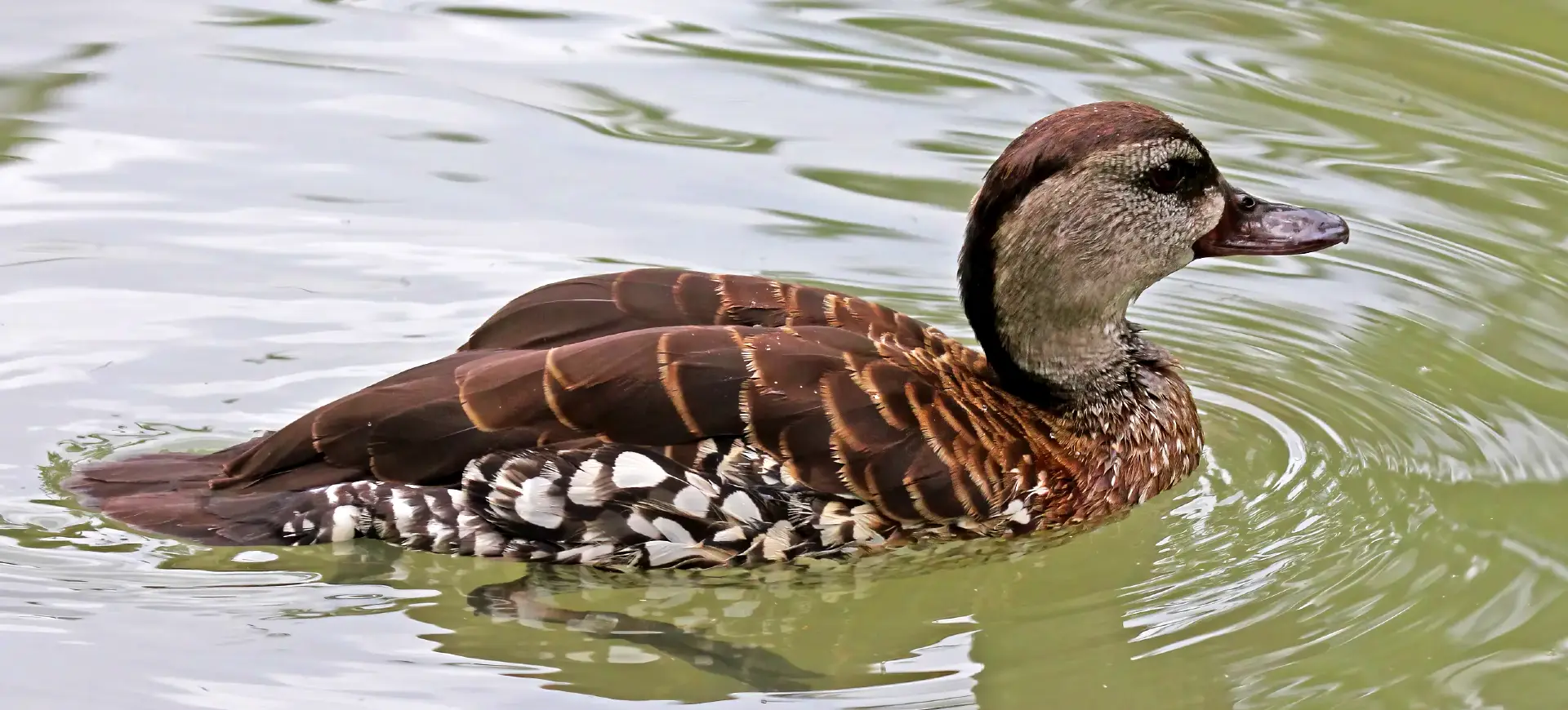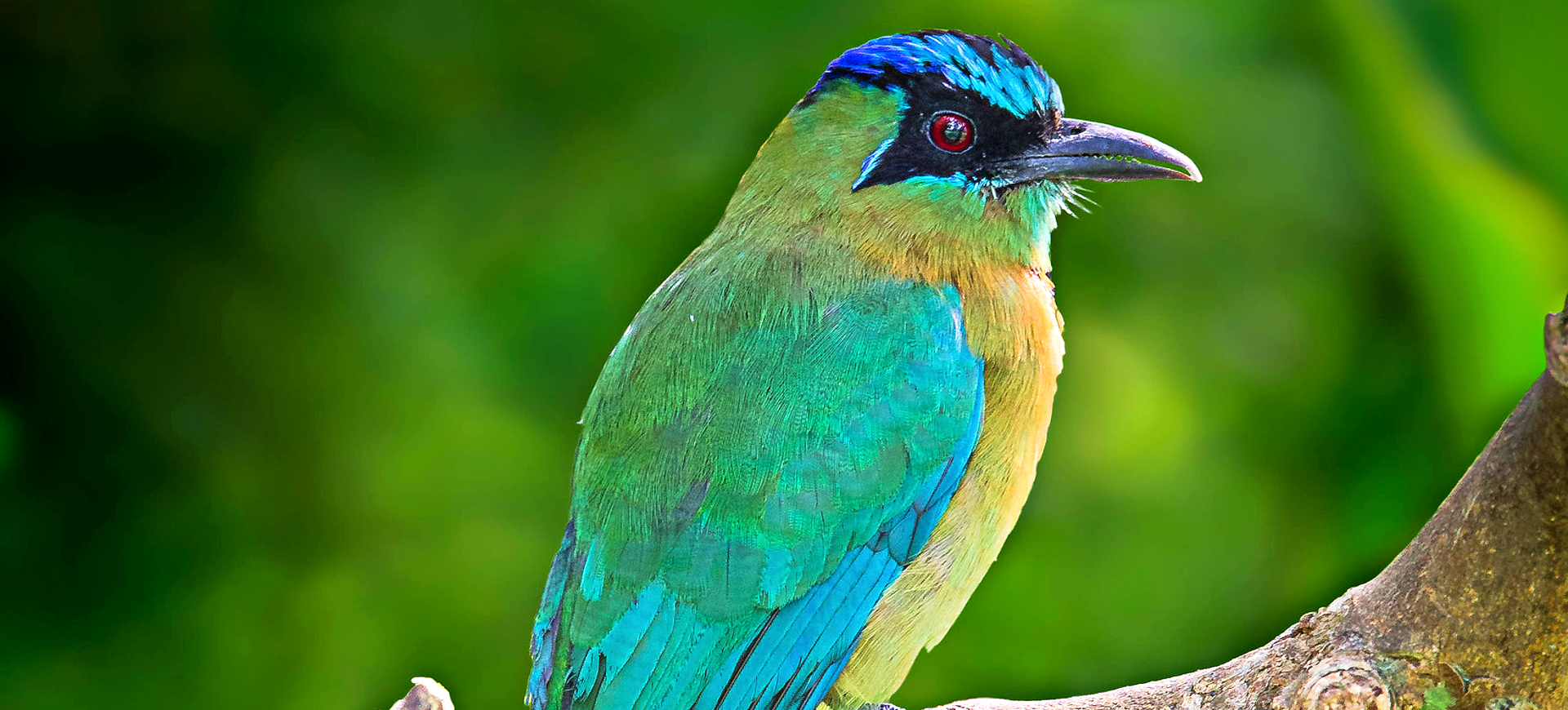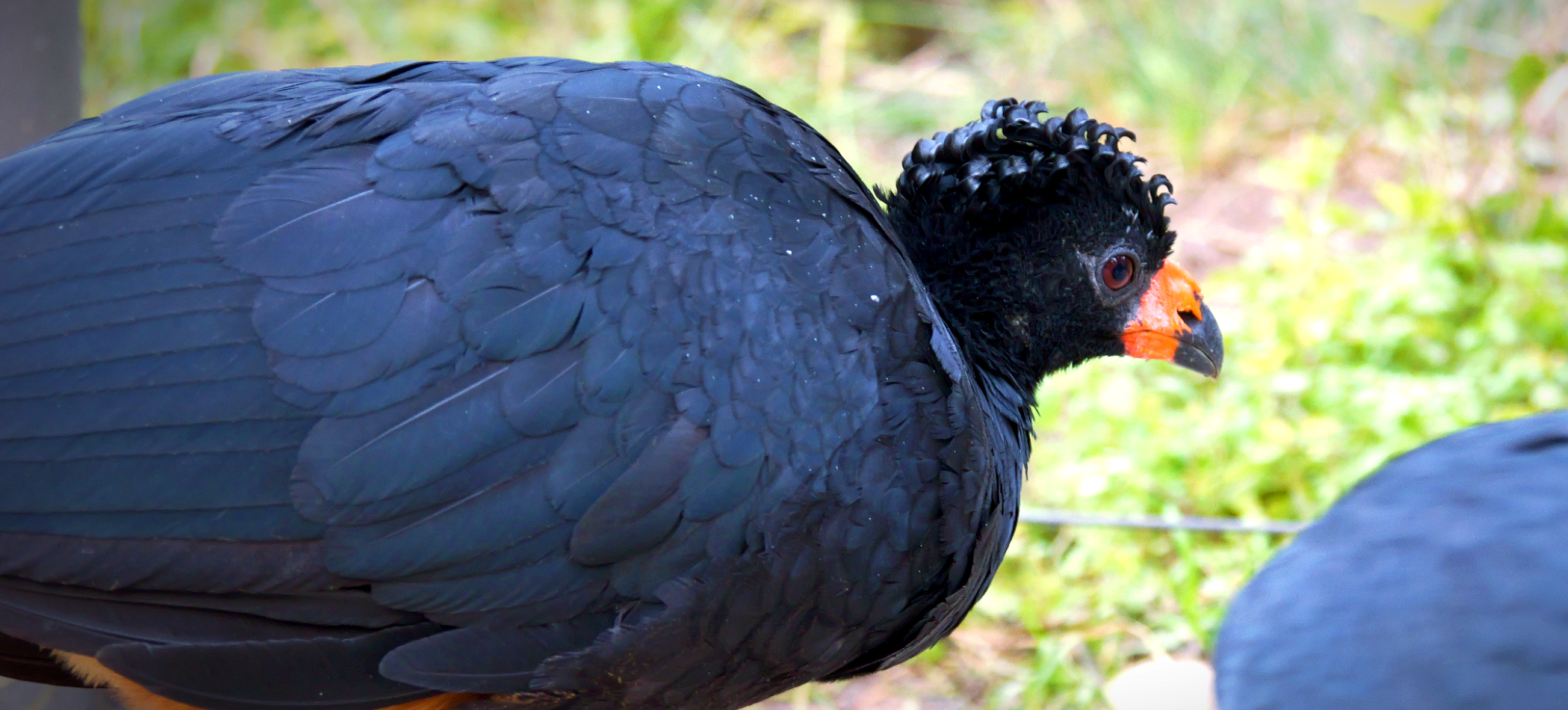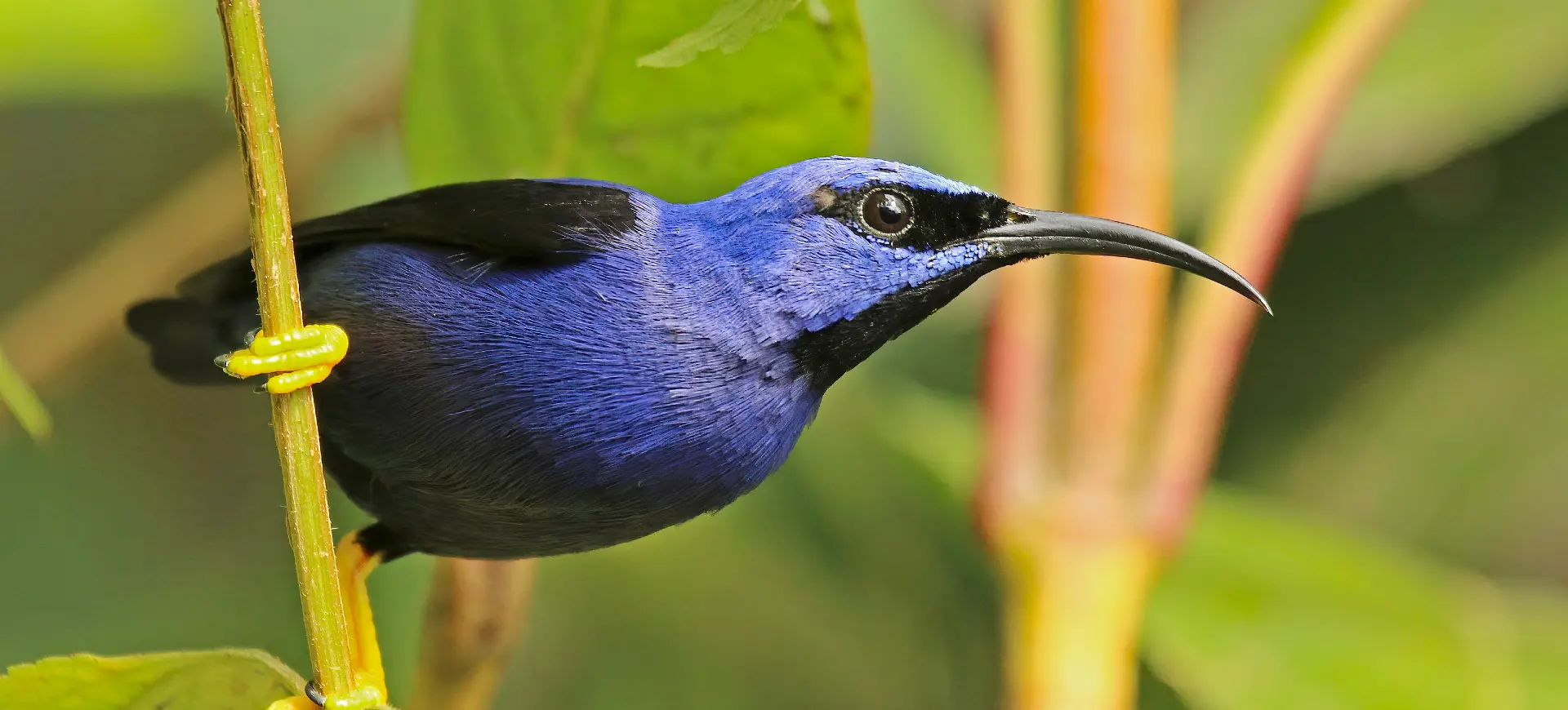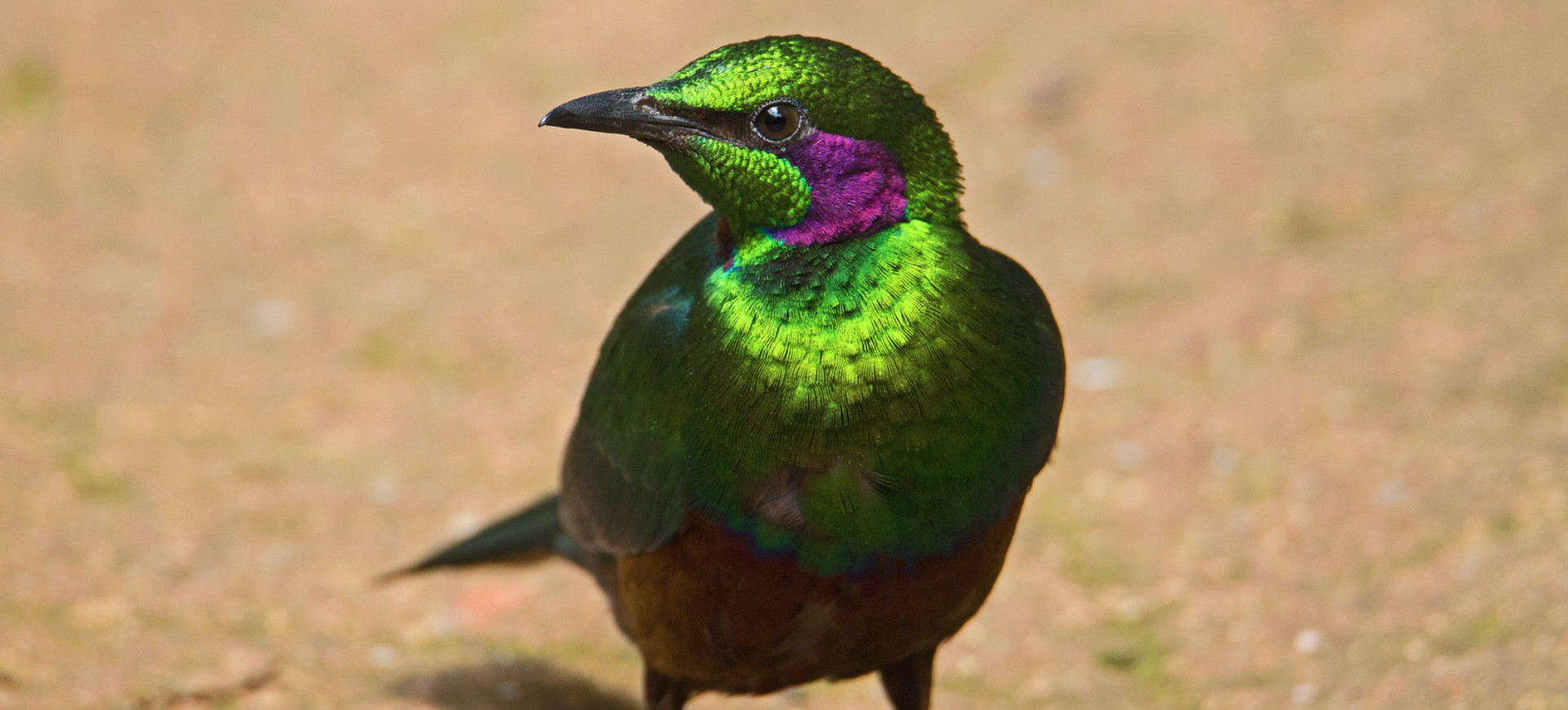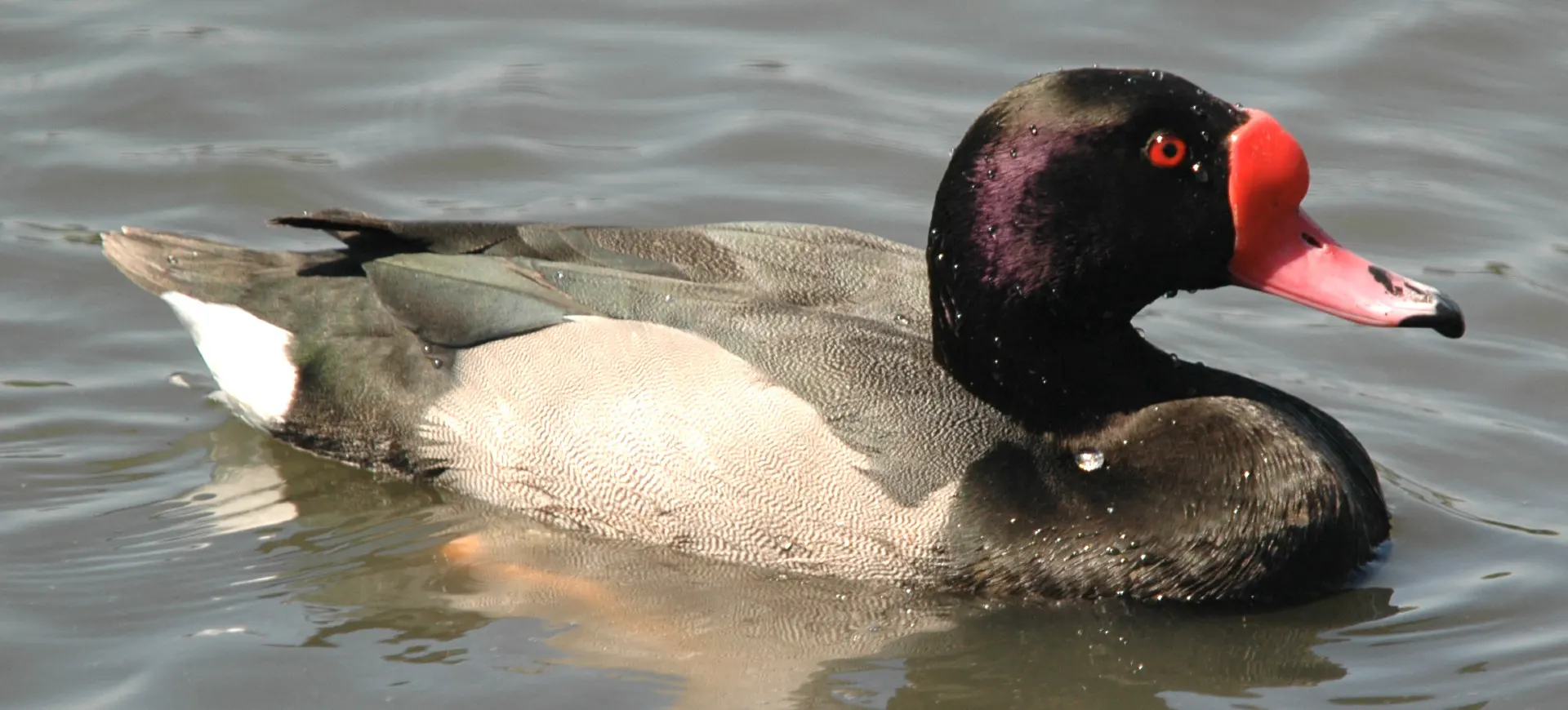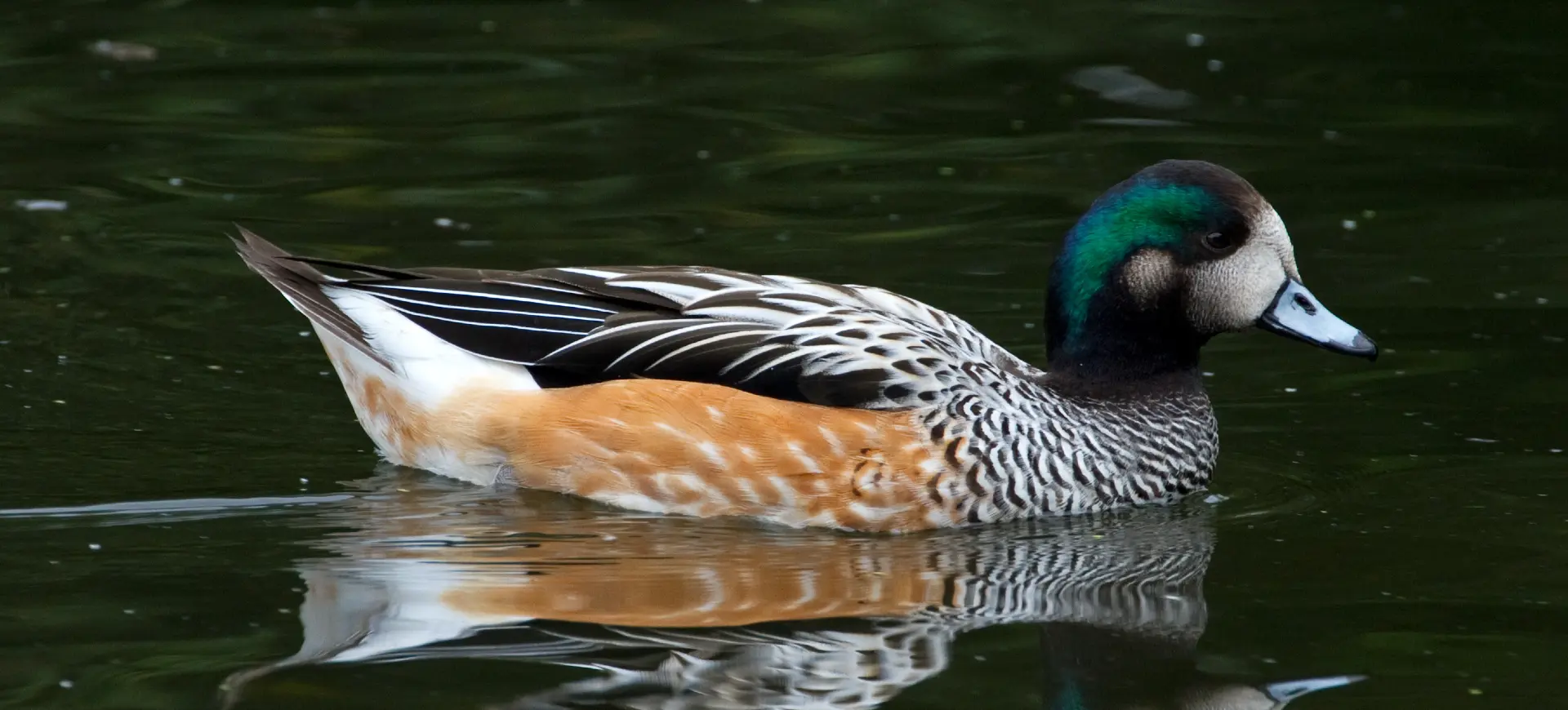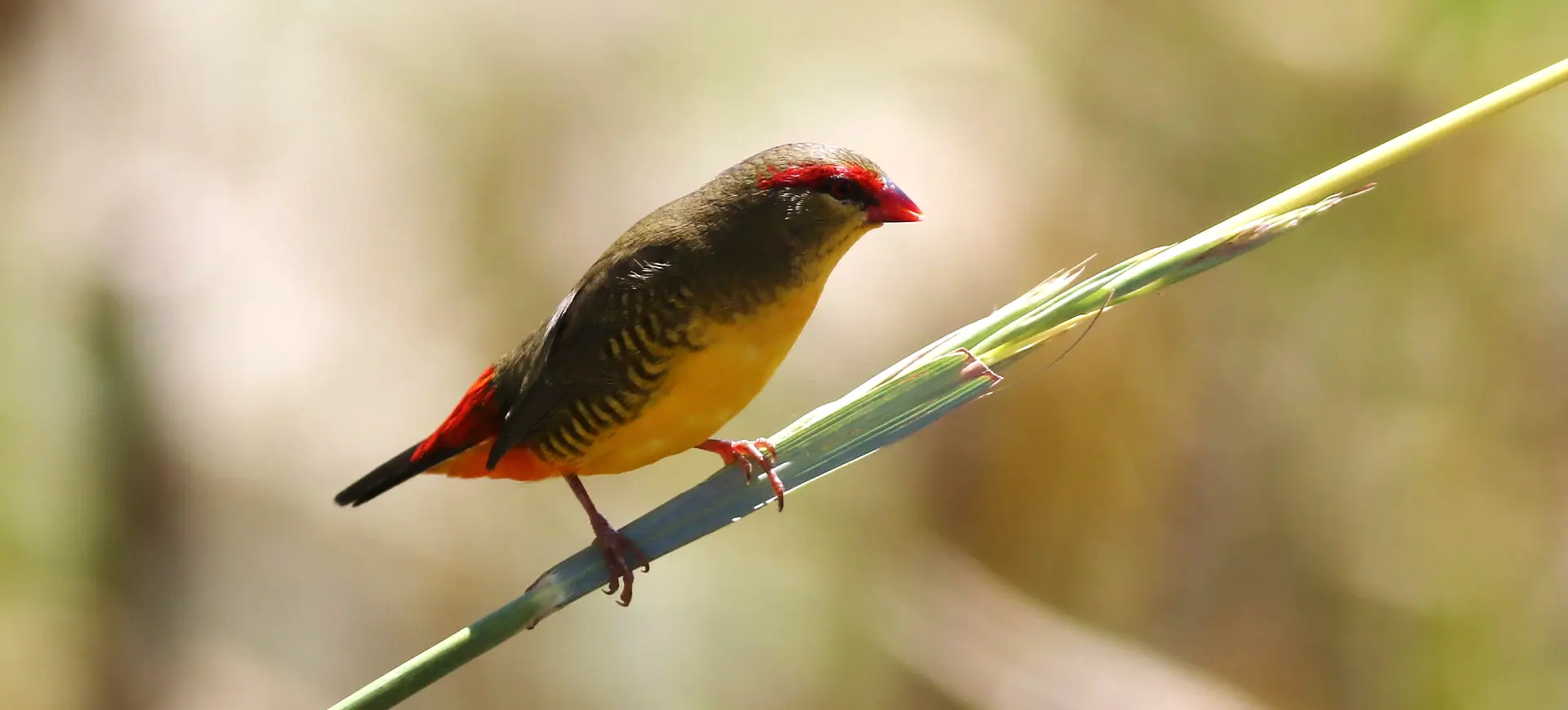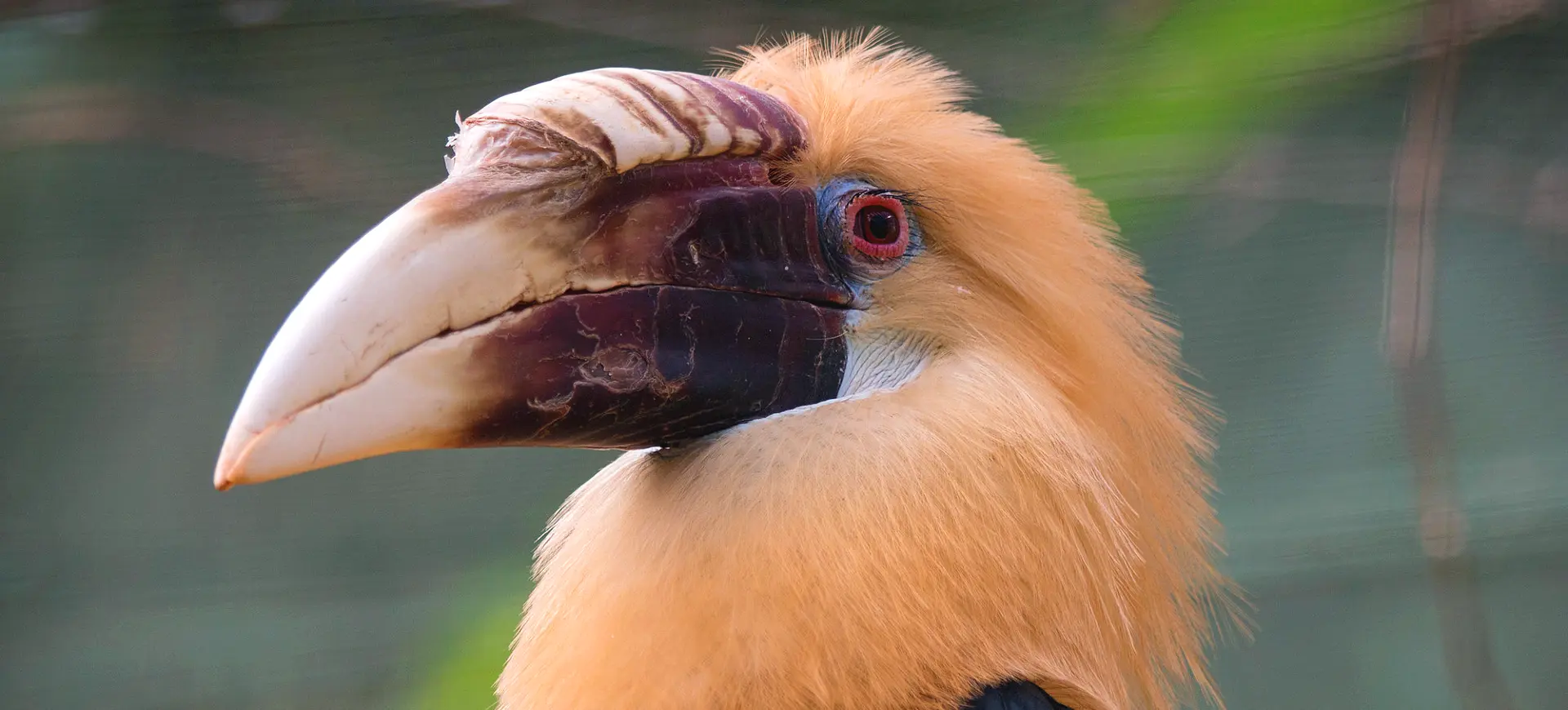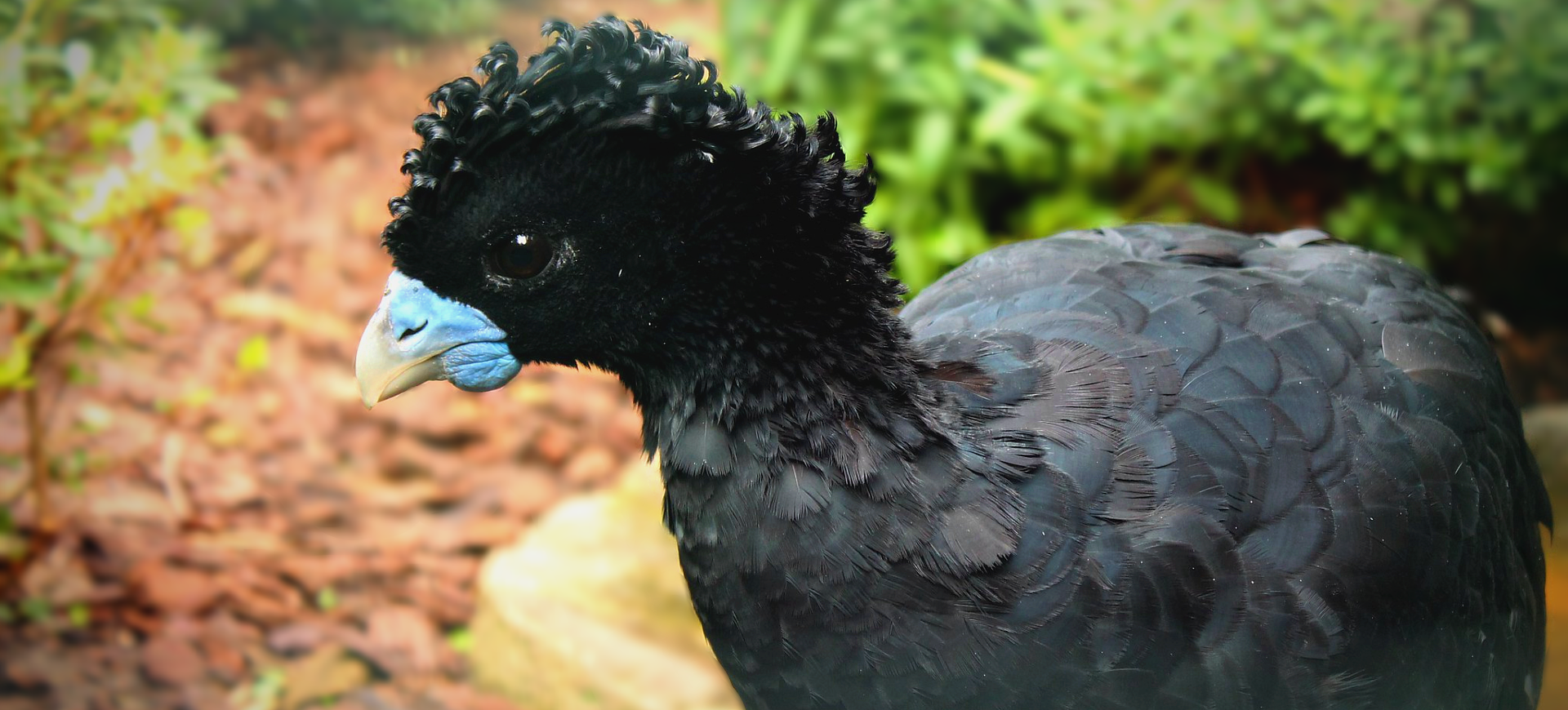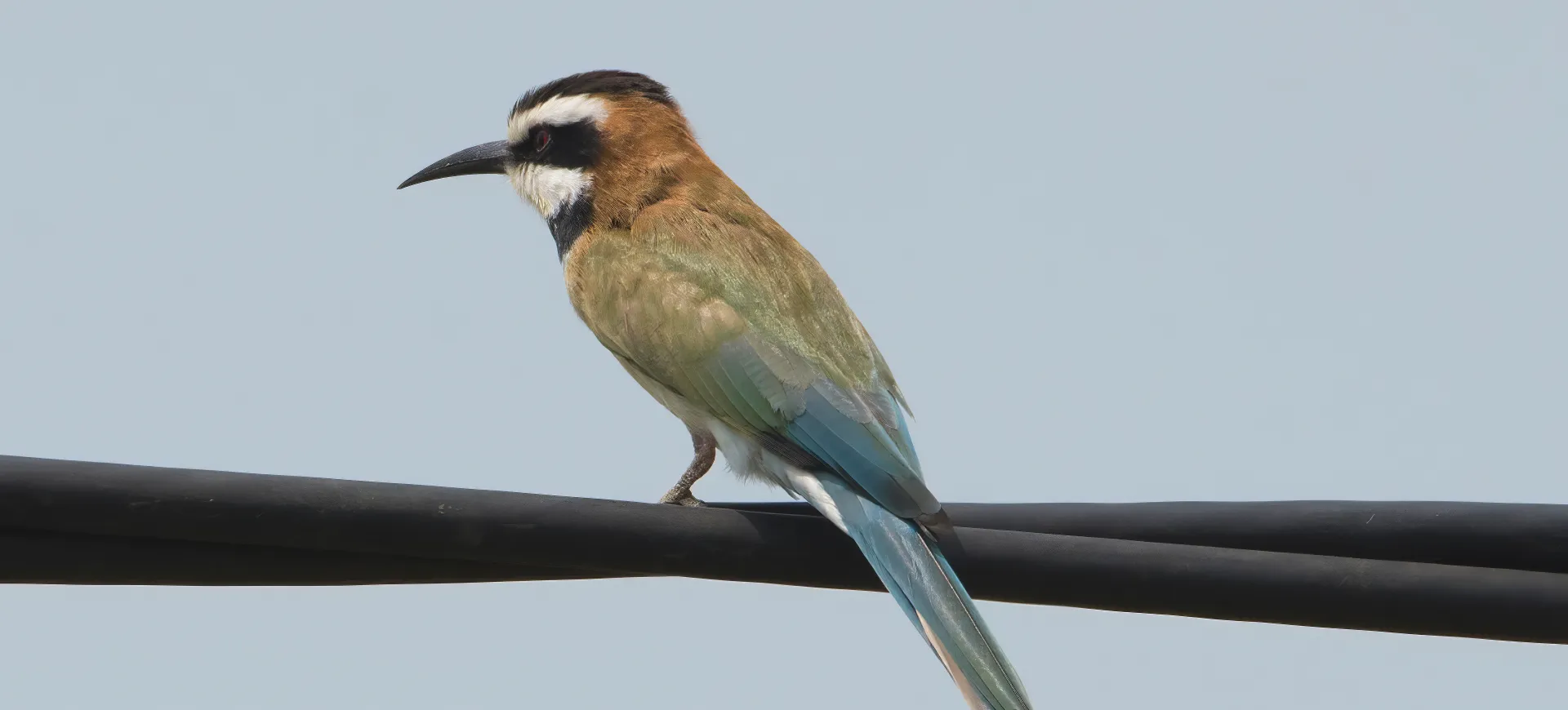Overview
The giant squid (Architeuthis dux ) is a species of deep-ocean dwelling squid in the family Architeuthidae. It can grow to a tremendous size, offering an example of deep-sea gigantism: recent estimates put the maximum size at around 12–13 m (39–43 ft) for females and 10 m (33 ft) for males, from the posterior fins to the tip of the two long tentacles (longer than the colossal squid at an estimated 9–10 m (30–33 ft), but substantially lighter, due to the tentacles making up most of the length). The mantle of the giant squid is about 2 m (6 ft 7 in) long (more for females, less for males), and the length of the squid excluding its tentacles (but including head and arms) rarely exceeds 5 m (16 ft). Claims of specimens measuring 20 m (66 ft) or more have not been scientifically documented.The number of different giant squid species has been debated, but recent genetic research suggests that only one species exists.The first images of the animal in its natural habitat were taken in 2004 by a Japanese team.In CultureThe elusive nature of the giant squid and its foreign appearance, often perceived as terrifying, have firmly established its place in the human imagination. Representations of the giant squid have been known from early legends of the kraken through books such as Moby-Dick and Twenty Thousand Leagues Under the Sea on to novels such as Ian Fleming’s Dr. No, Peter Benchley’s Beast (adapted as a film called The Beast ), and Michael Crichton’s Sphere (adapted as a film), and modern animated television programs.In particular, the image of a giant squid locked in battle with a sperm whale is a common one, although the squid is the whale’s prey and not an equal combatant. In 2021 a 13-metre (43 ft) statue of a giant squid was constructed in the Japanese town of Noto. It was widely criticised for being funded with coronavirus relief money.
Taxonomy
Phylum
Gallery
Characteristic:
Native Habitat:
Climate Zones:
Biomes:
WWF Biomes:
Biogeographical Realms:
Continents:
Countries:
Diet:
Diet & Feeding Habits:
Mating Behavior:
Mating Description:
Little is known about the reproductive cycle of giant squid. They are thought to reach sexual maturity at about three years old; males reach sexual maturity at a smaller size than females. Females produce large quantities of eggs, sometimes more than 5 kg (11 lb), that average 0.5 to 1.4 mm (0.020 to 0.055 in) long and 0.3 to 0.7 mm (0.012 to 0.028 in) wide. Females have a single median ovary in the rear end of the mantle cavity and paired, convoluted oviducts, where mature eggs pass exiting through the oviducal glands, then through the nidamental glands. As in other squid, these glands produce a gelatinous material used to keep the eggs together once they are laid.In males, as with most other cephalopods, the single, posterior testis produces sperm that move into a complex system of glands that manufacture the spermatophores. These are stored in the elongate sac, or Needham’s sac, that terminates in the penis from which they are expelled during mating. The penis is prehensile, over 90 cm (35 in) long, and extends from inside the mantle. The two ventral arms on a male giant squid are hectocotylized, which means they are specialized to facilitate the fertilization of the female’s eggs.How the sperm is transferred to the egg mass is much debated, as giant squid lack the hectocotylus used for reproduction in many other cephalopods. It may be transferred in sacs of spermatophores, called spermatangia, which the male injects into the female’s arms. This is suggested by a female specimen recently found in Tasmania, having a small subsidiary tendril attached to the base of each arm.Post-larval juveniles have been discovered in surface waters off New Zealand, with plans to capture more and maintain them in an aquarium to learn more about the creature. Young giant squid specimens were found off the coast of southern Japan in 2013 and confirmed through genetic analysis.Another juvenile, approximately 3.7 metres long, was encountered and filmed alive in the harbour in the Japanese city of Toyama on 24 December 2015; after being filmed and viewed by a large number of spectators, including a diver who entered the water to film the squid up close, it was guided out of the harbour into Toyama Bay by the diver.

